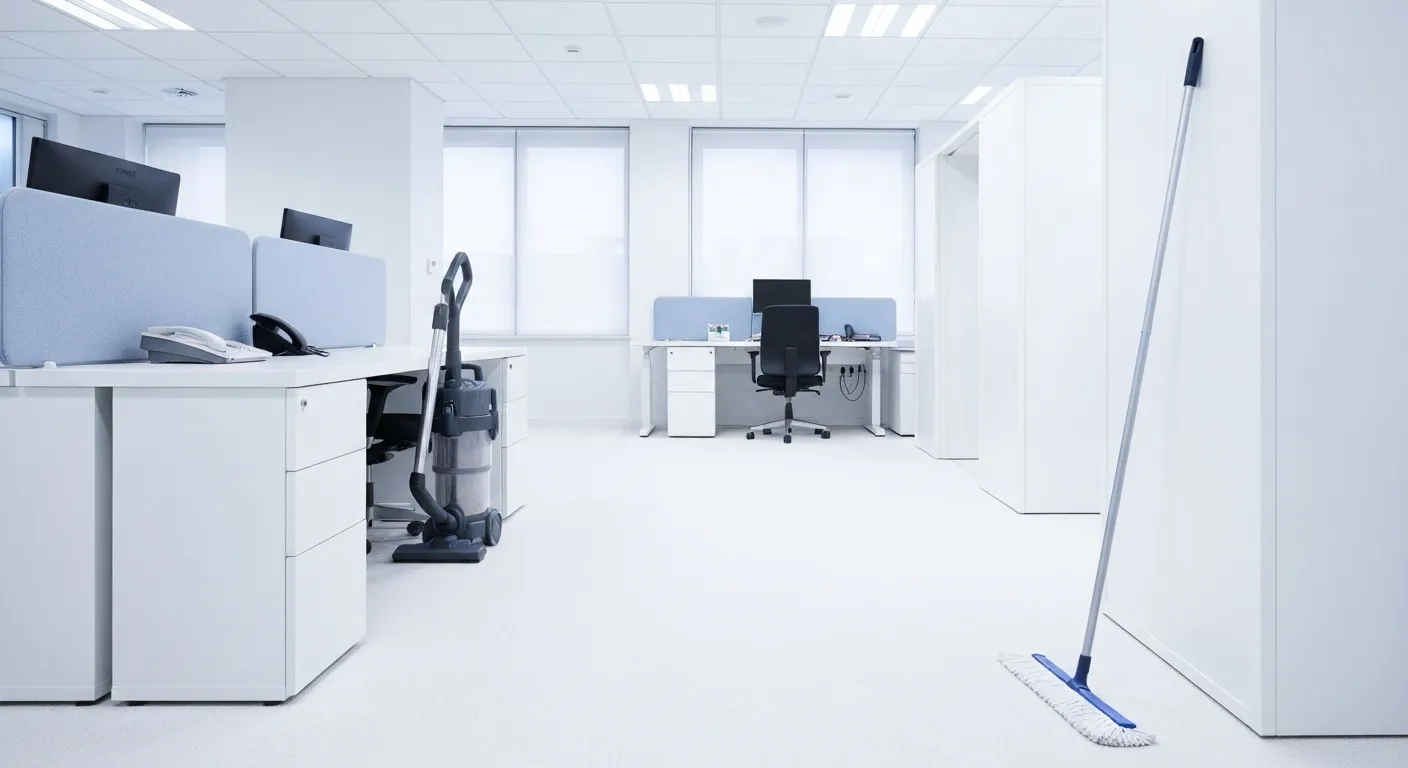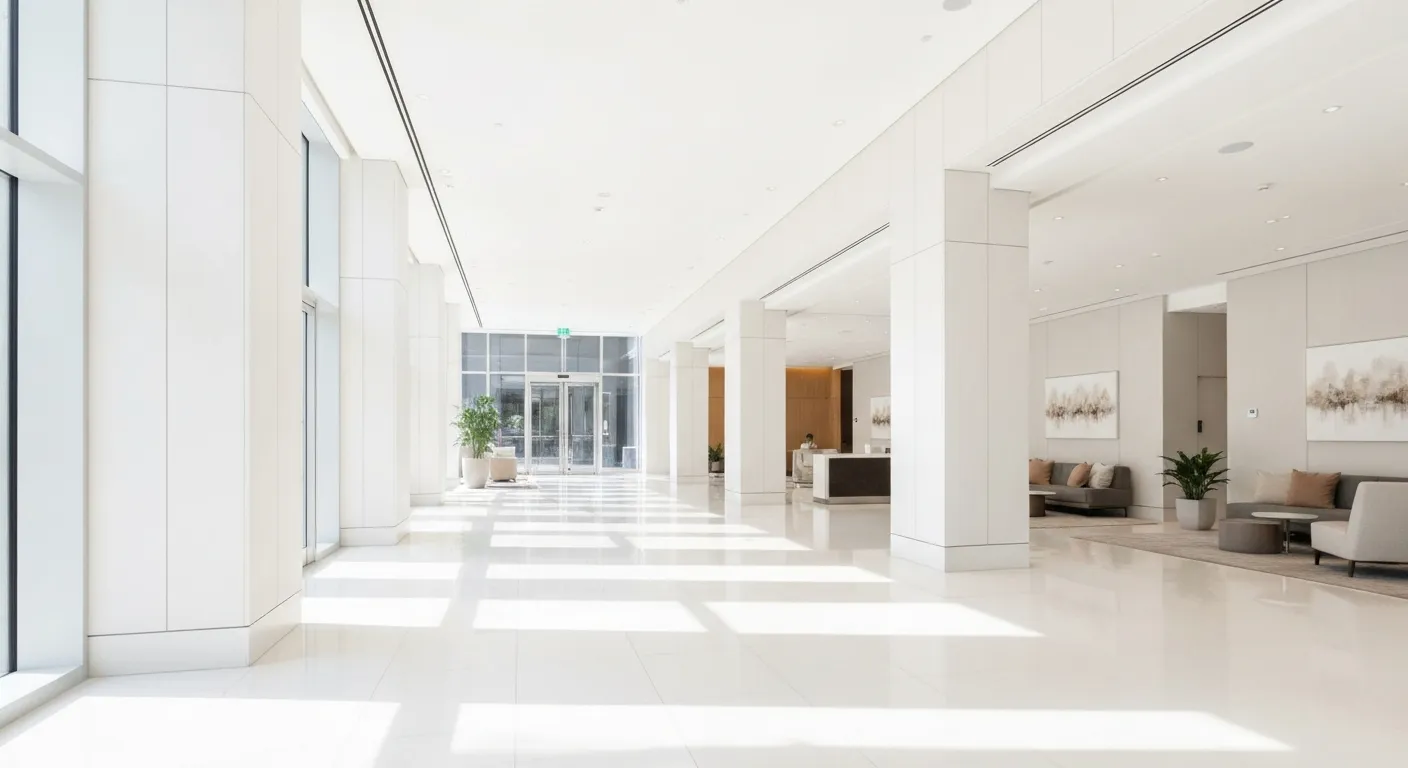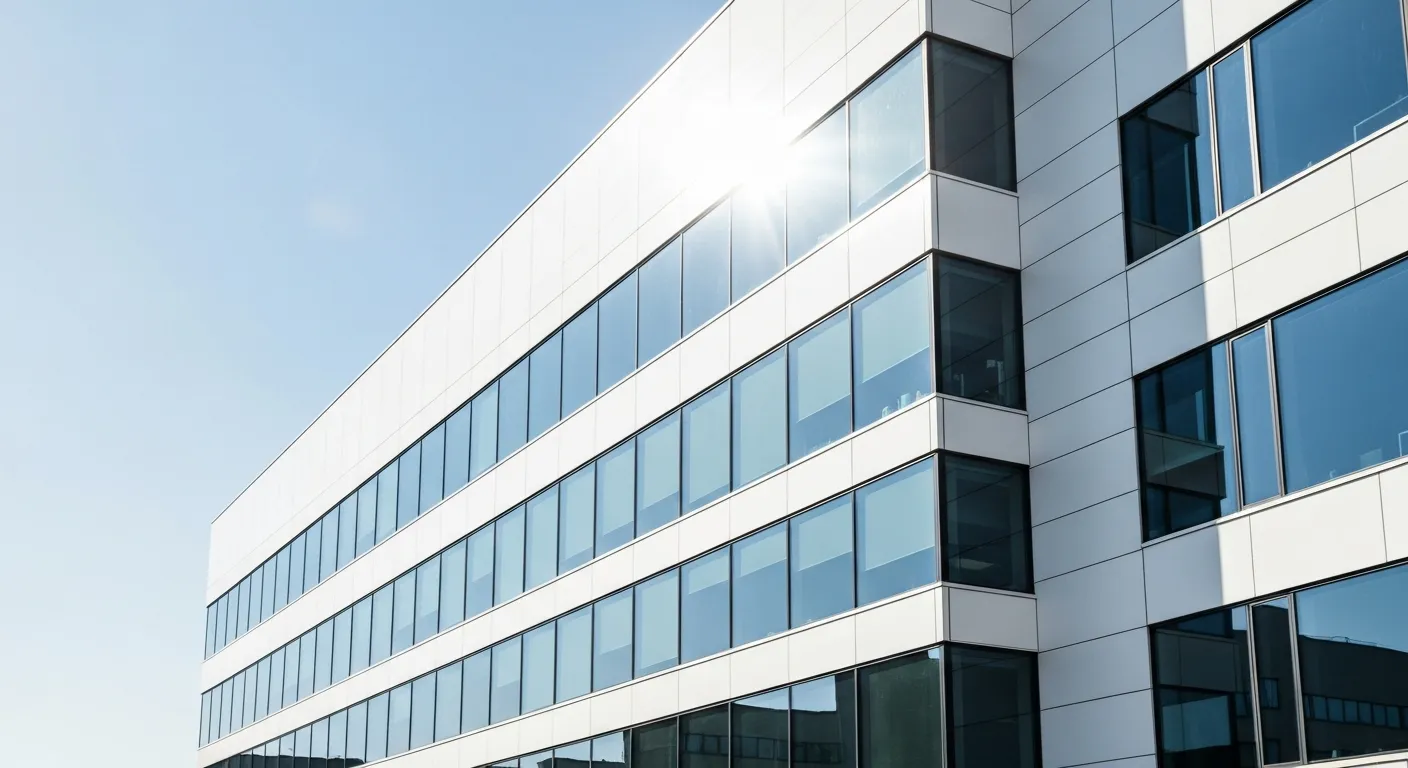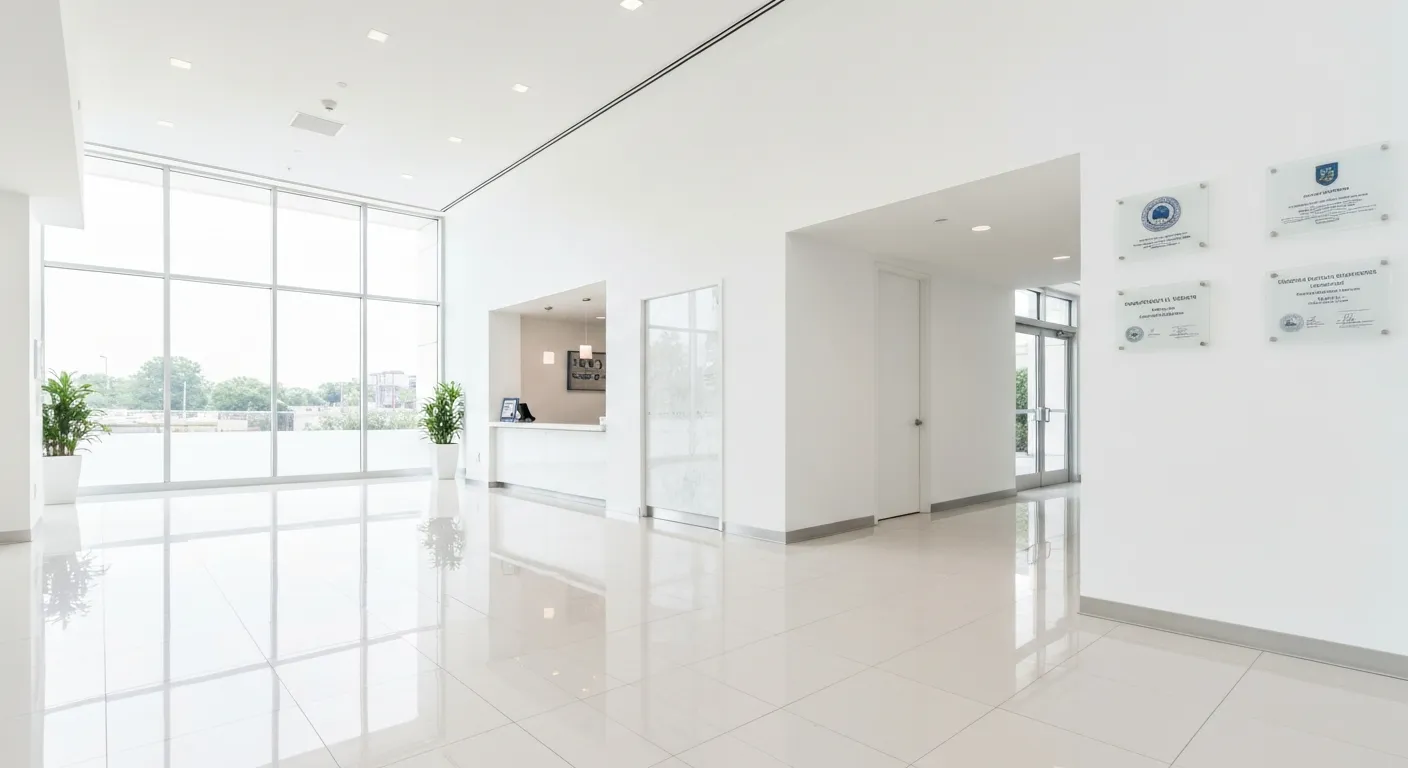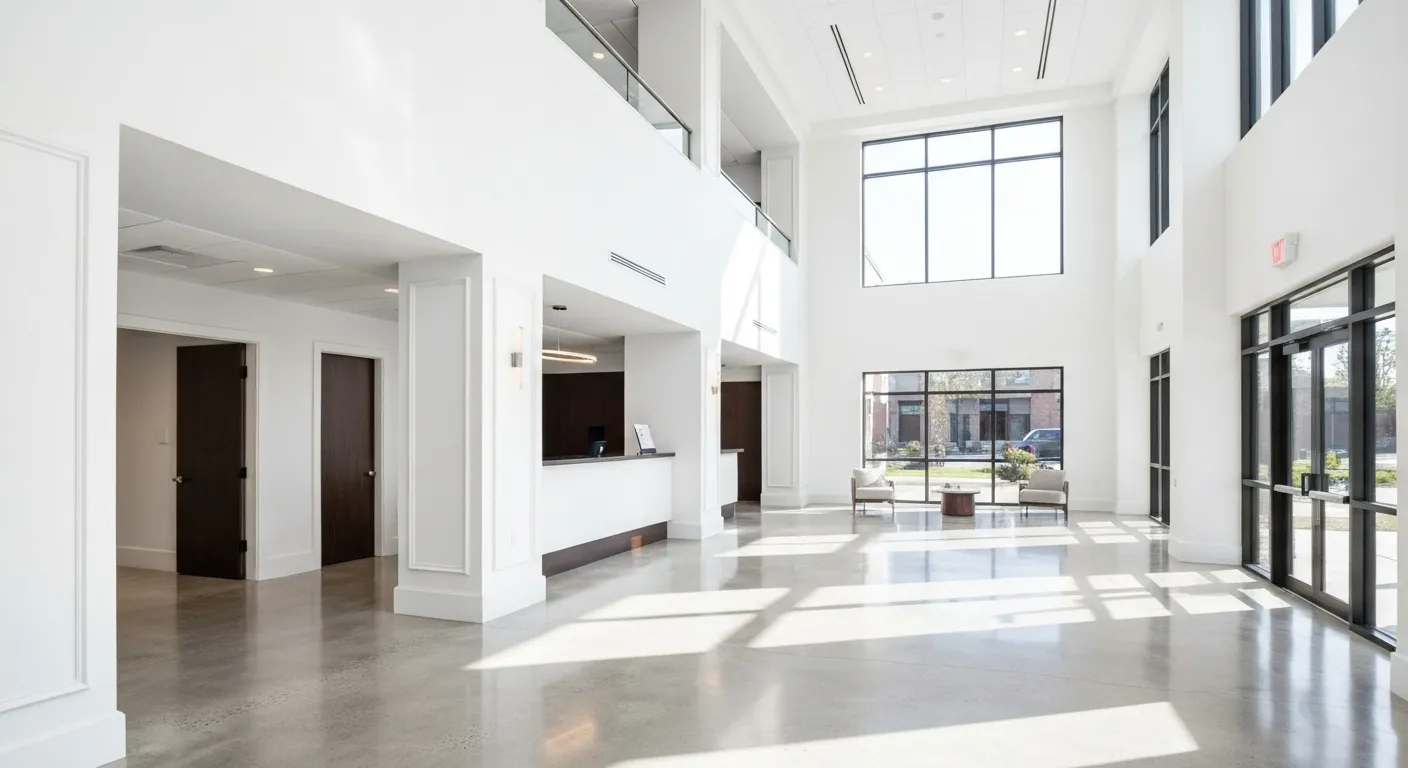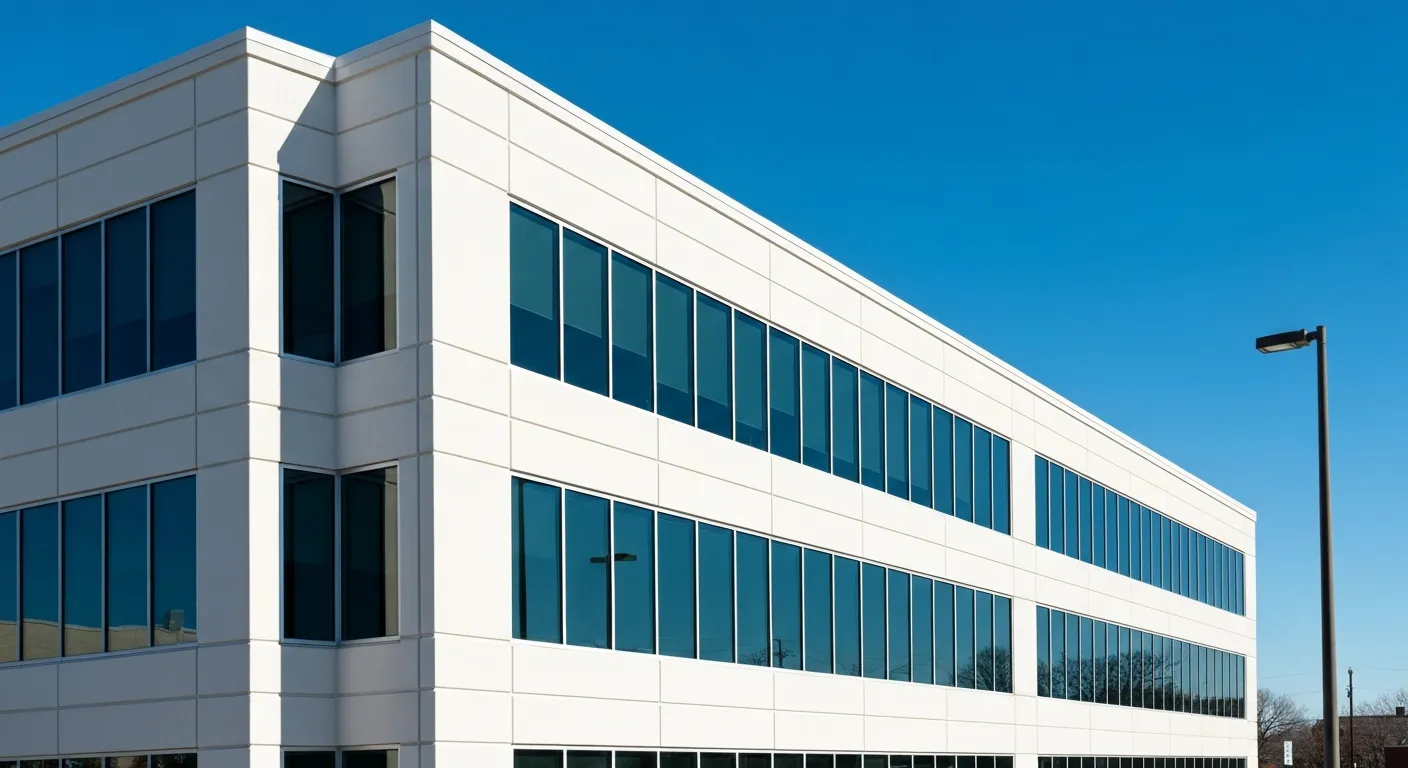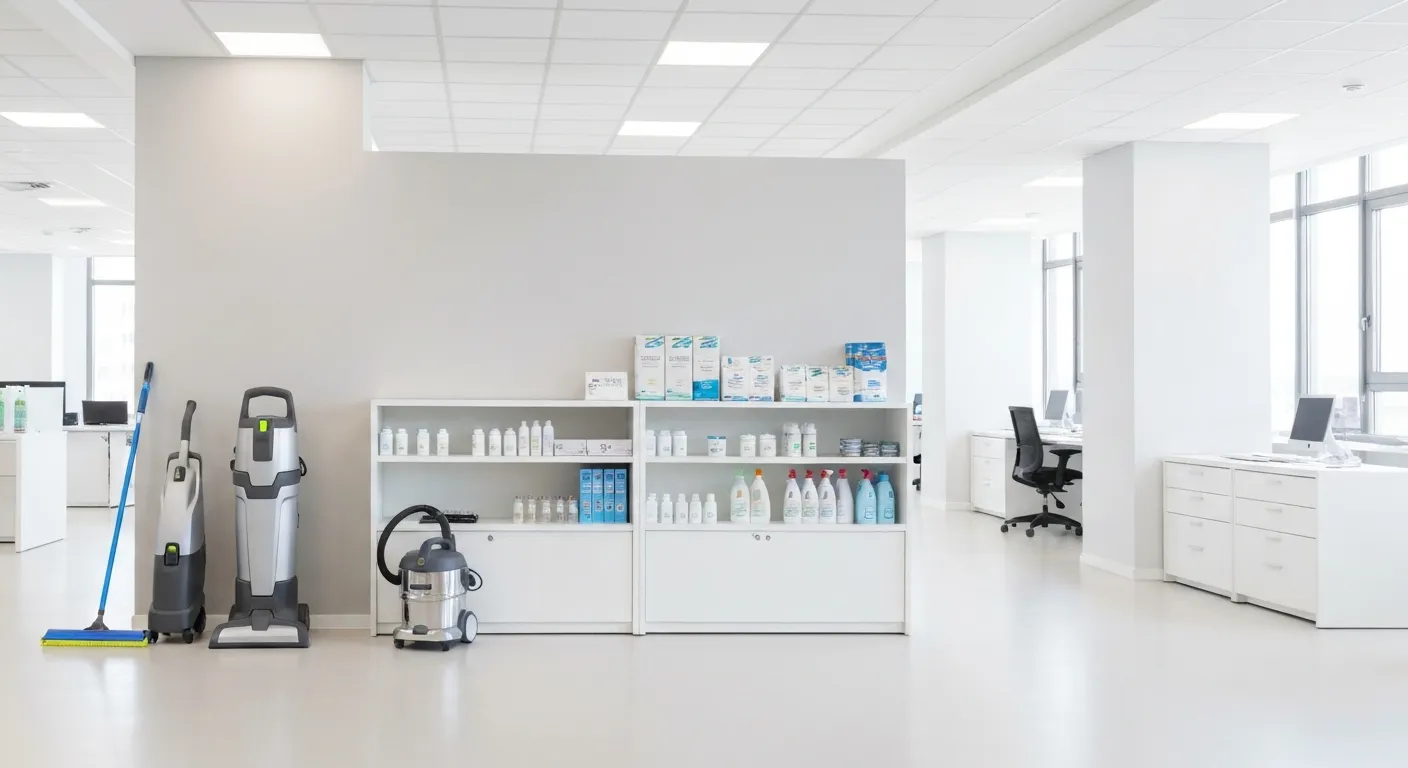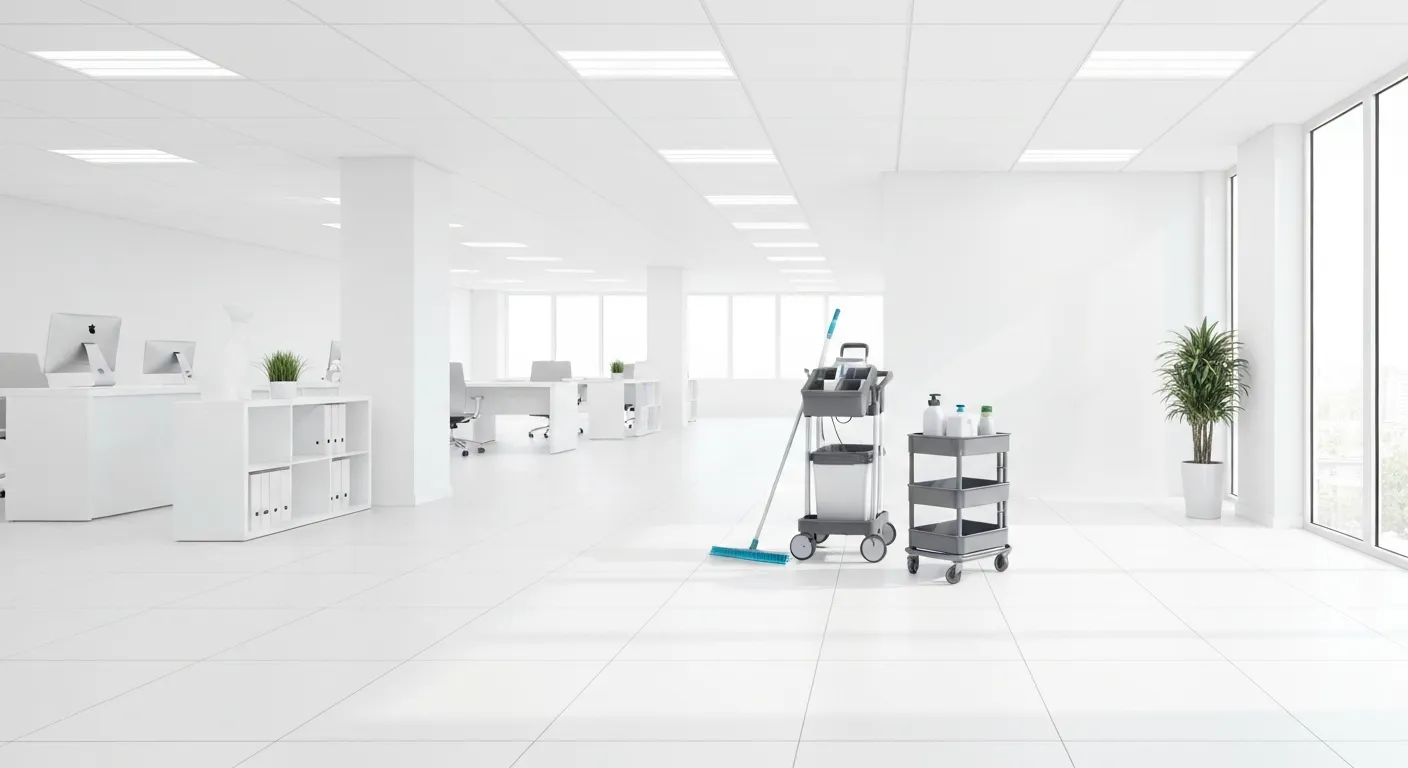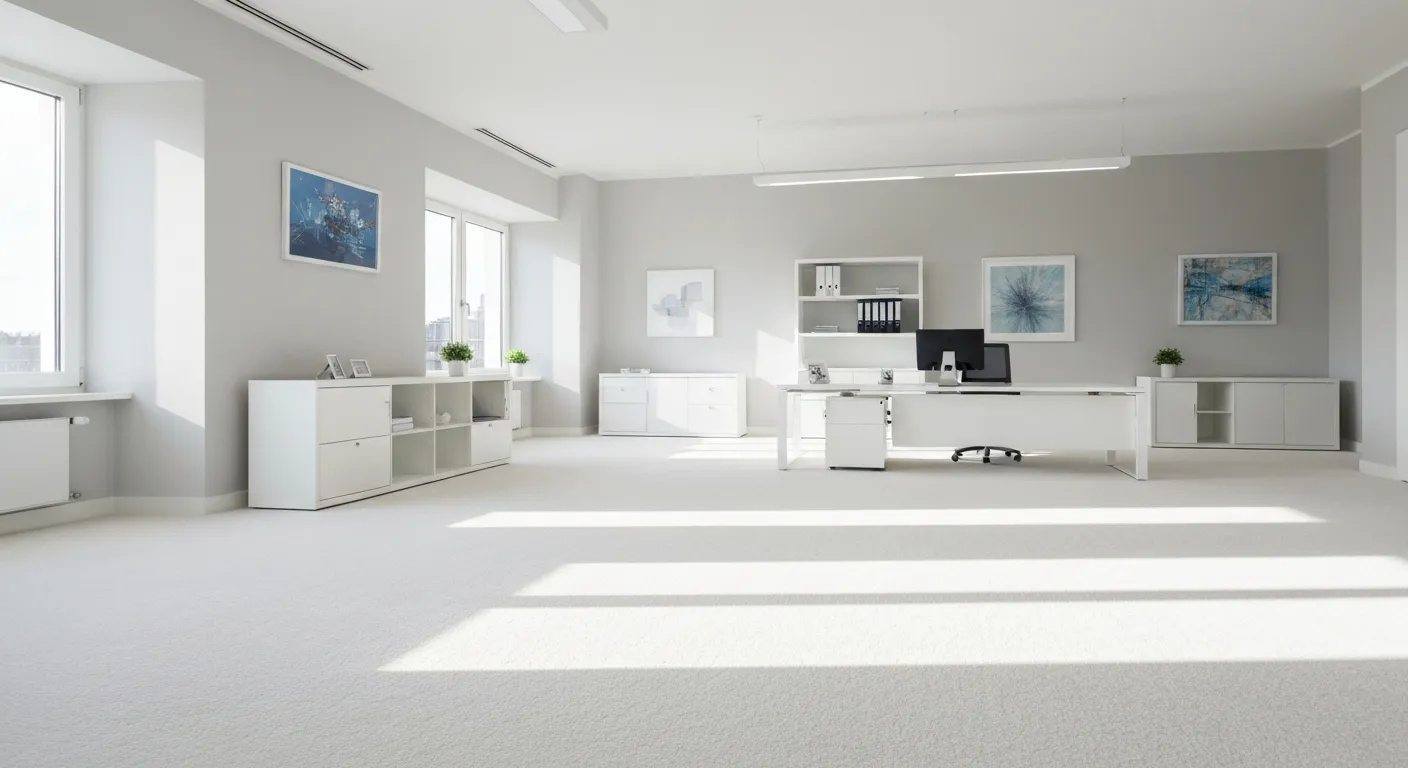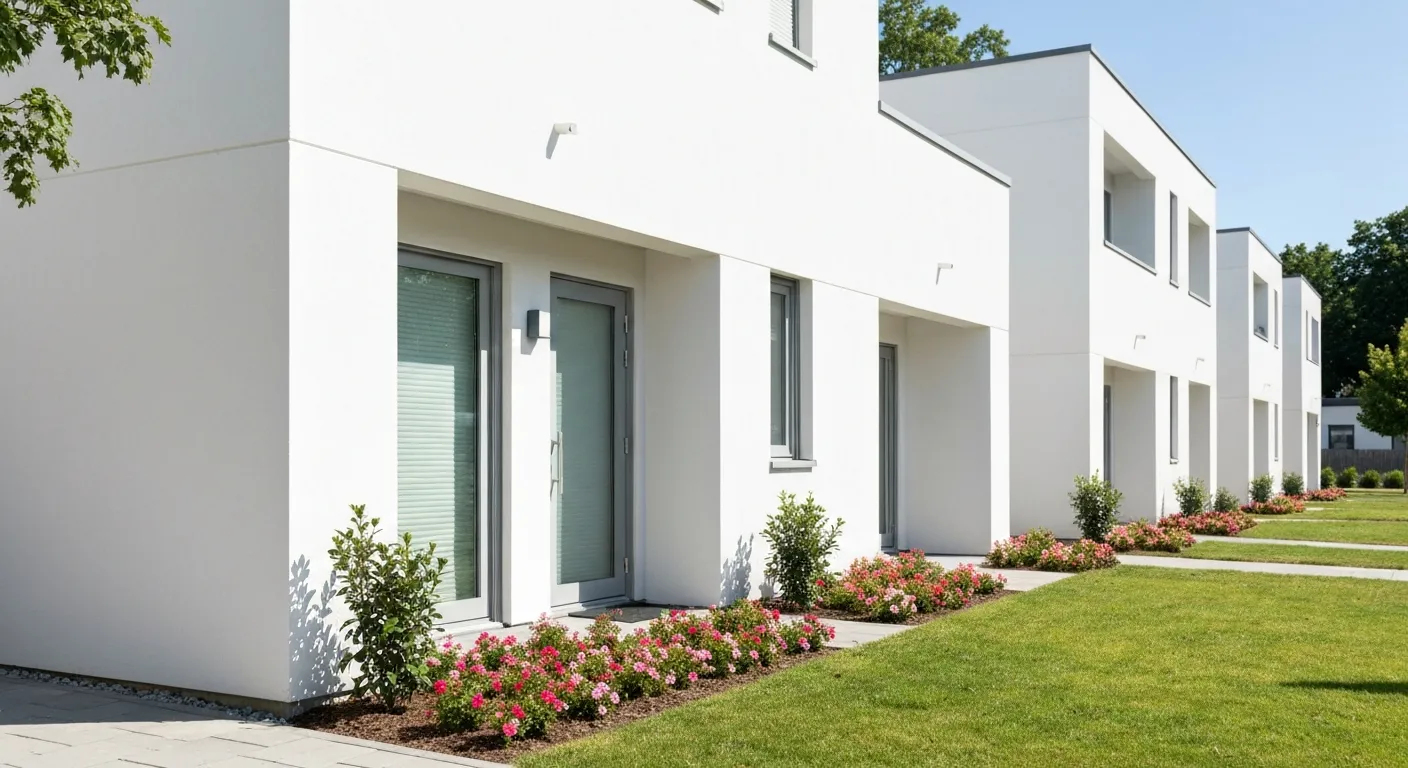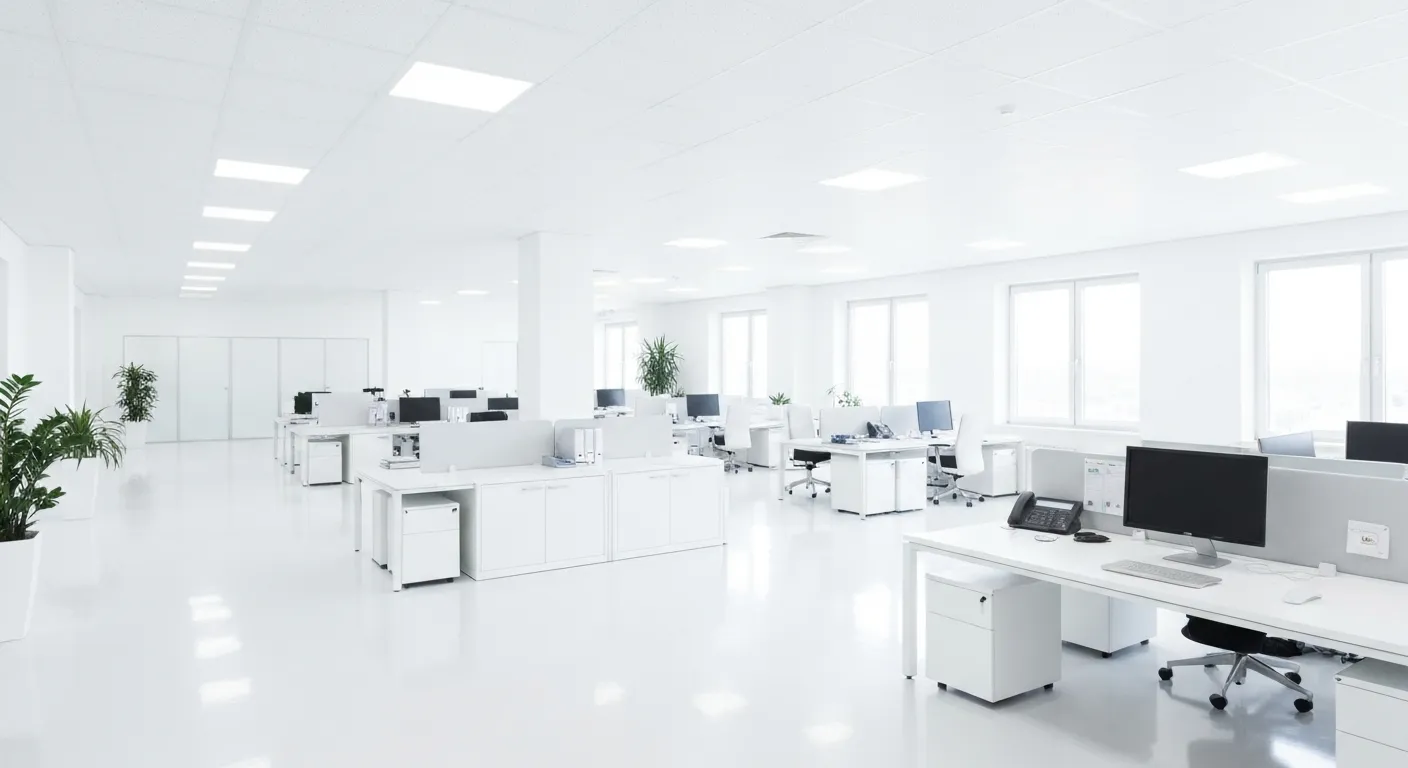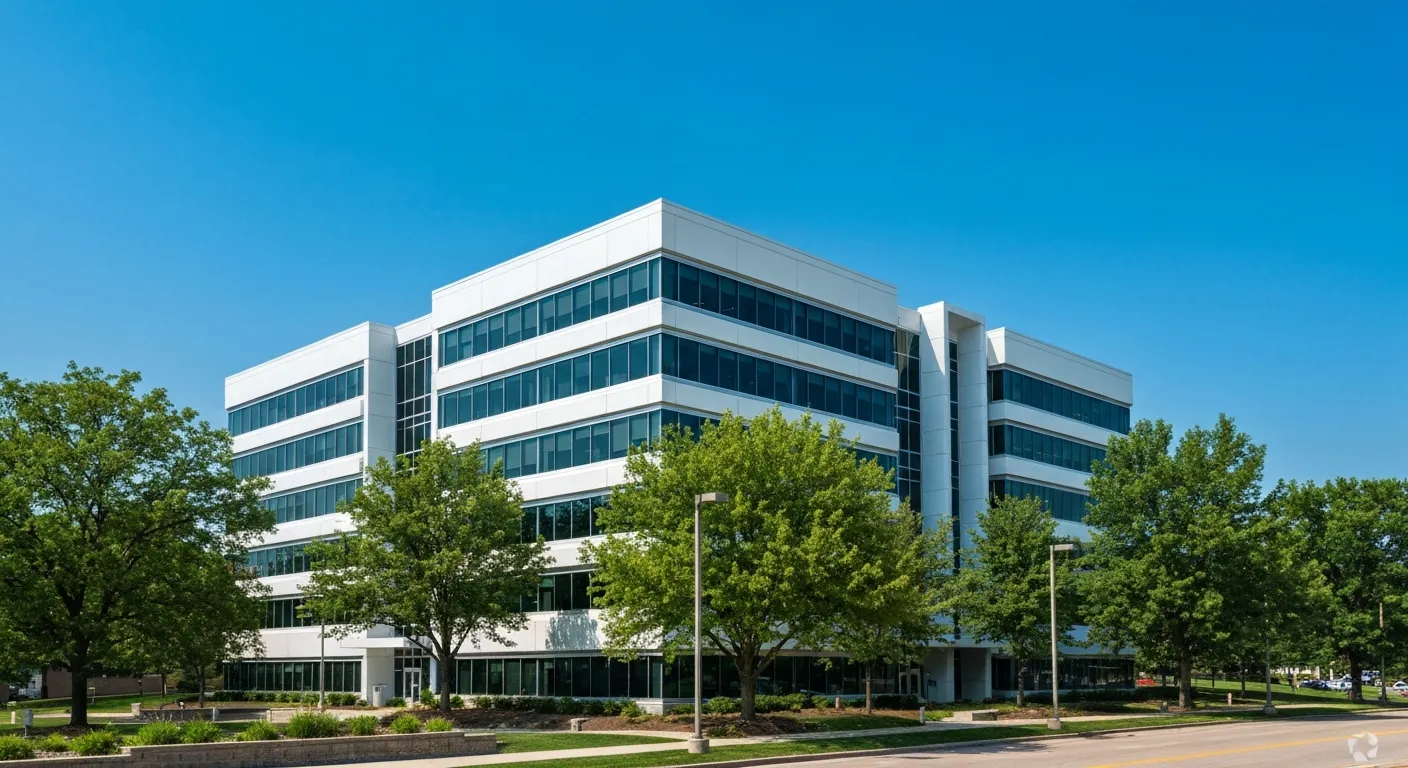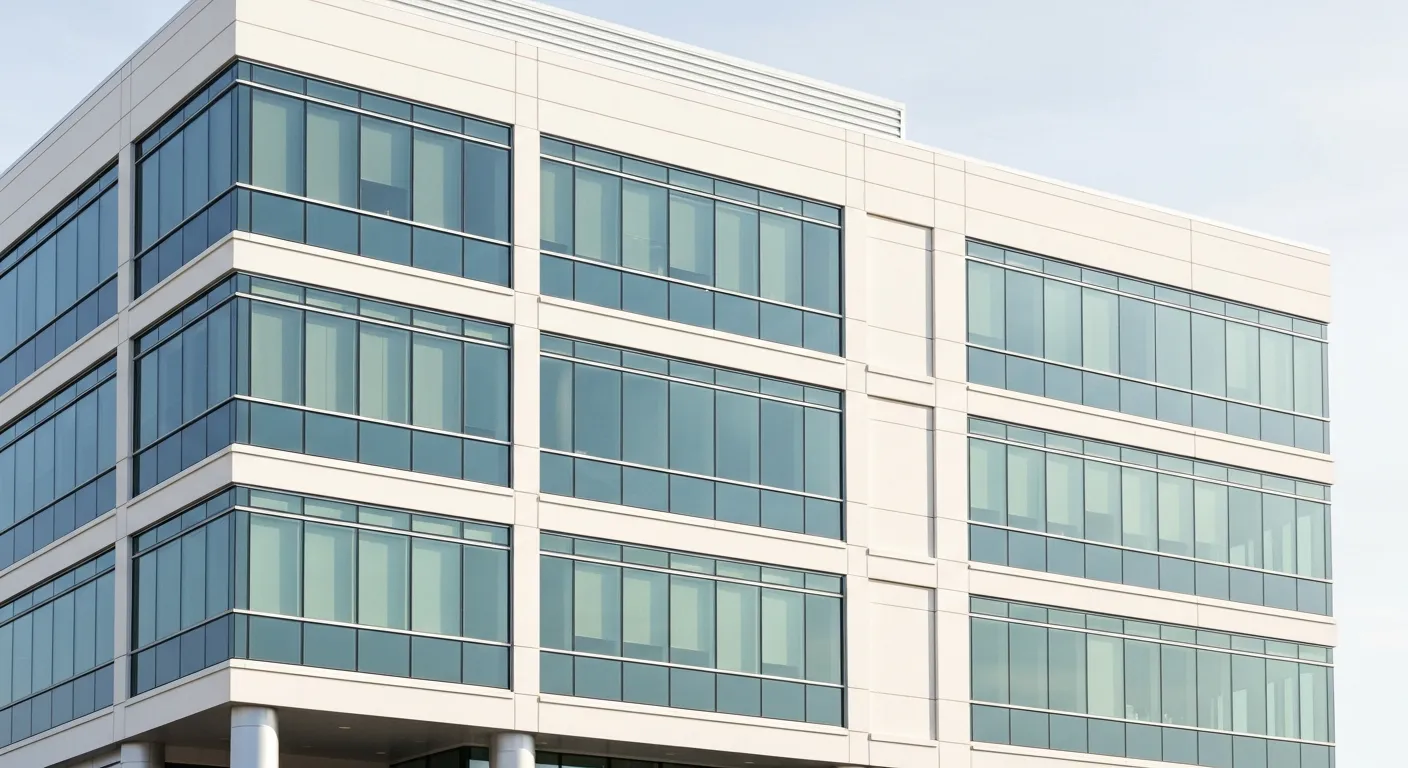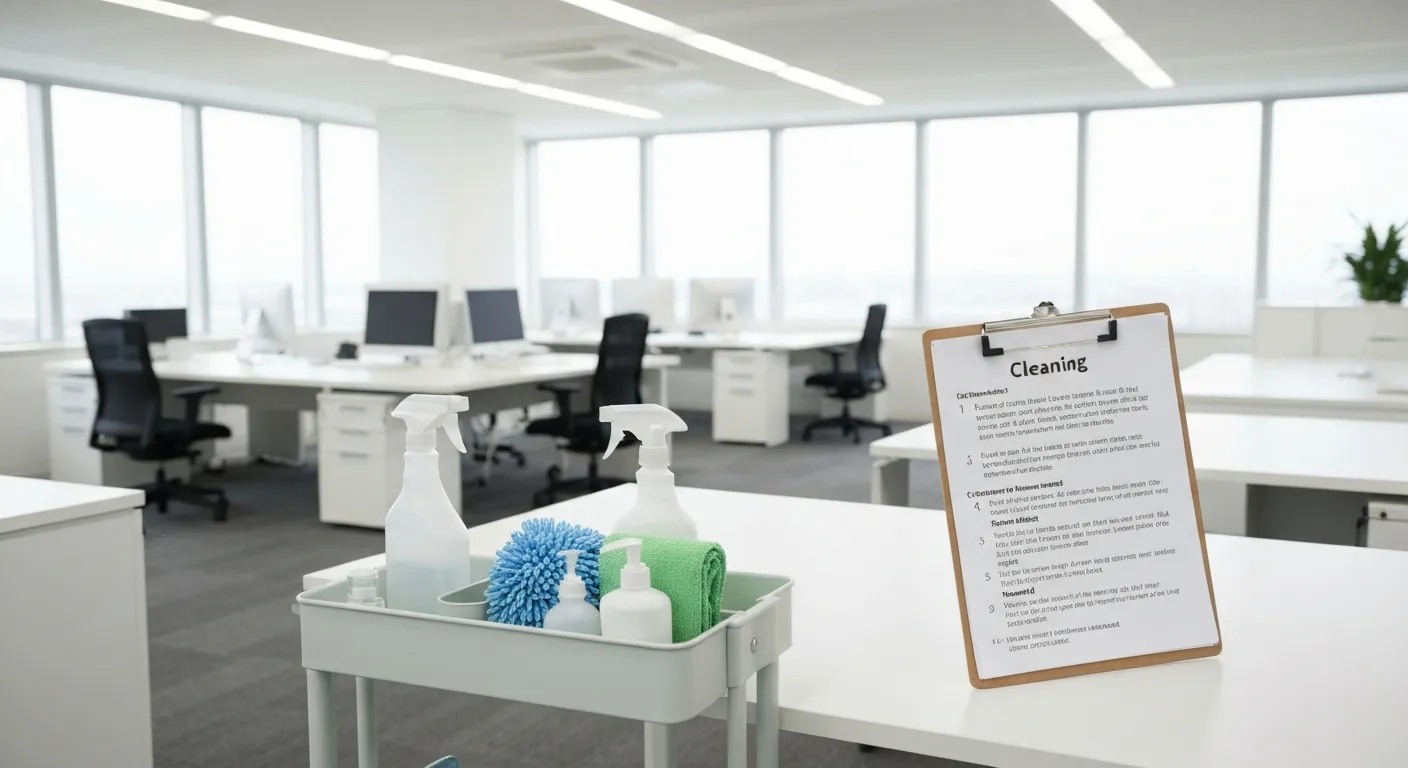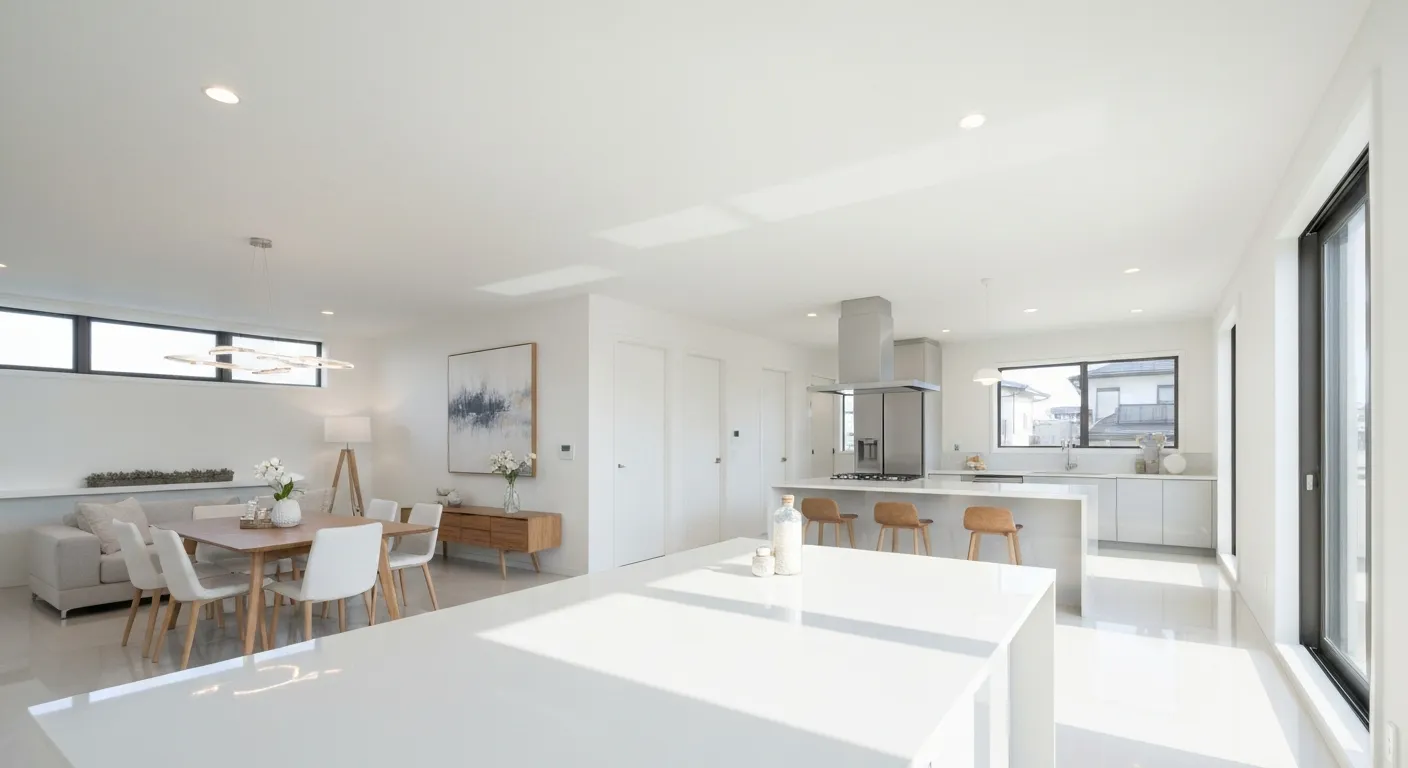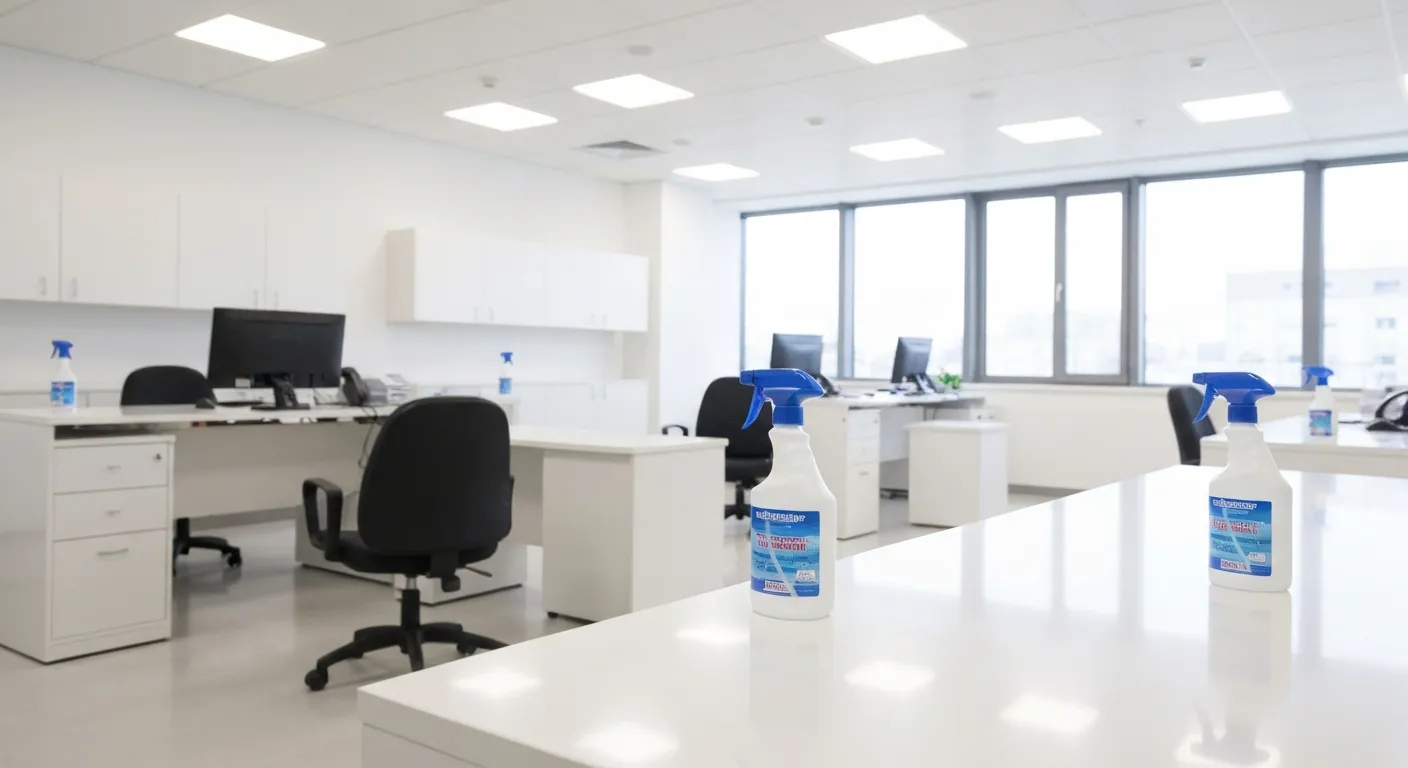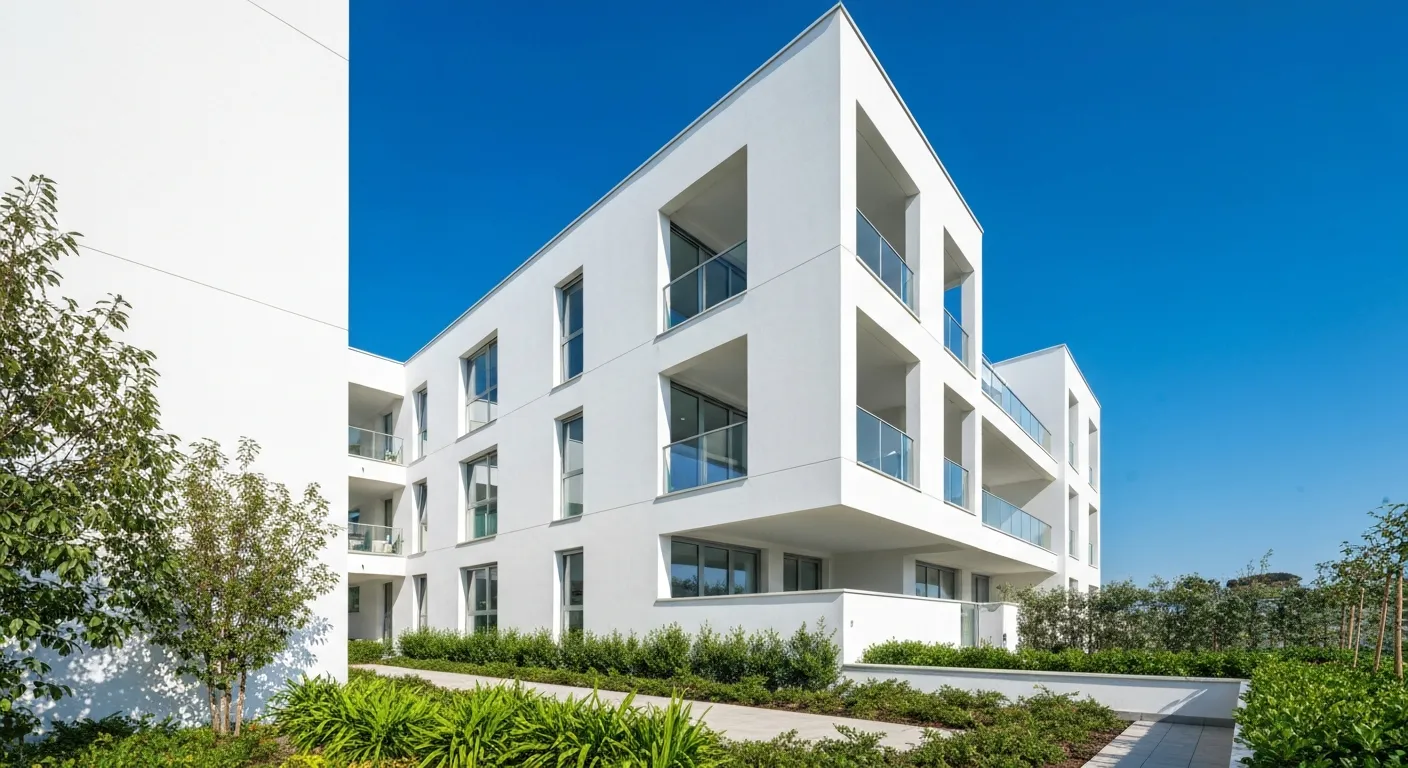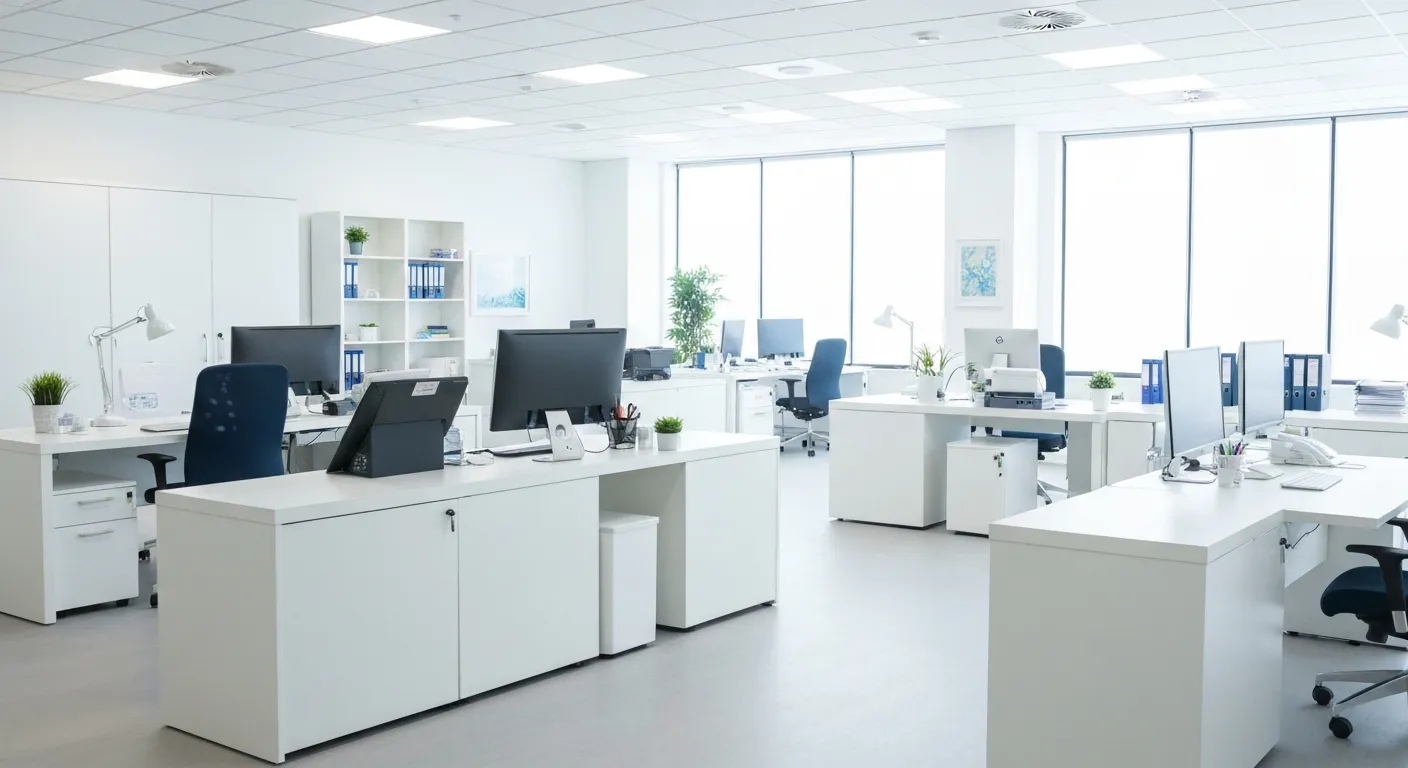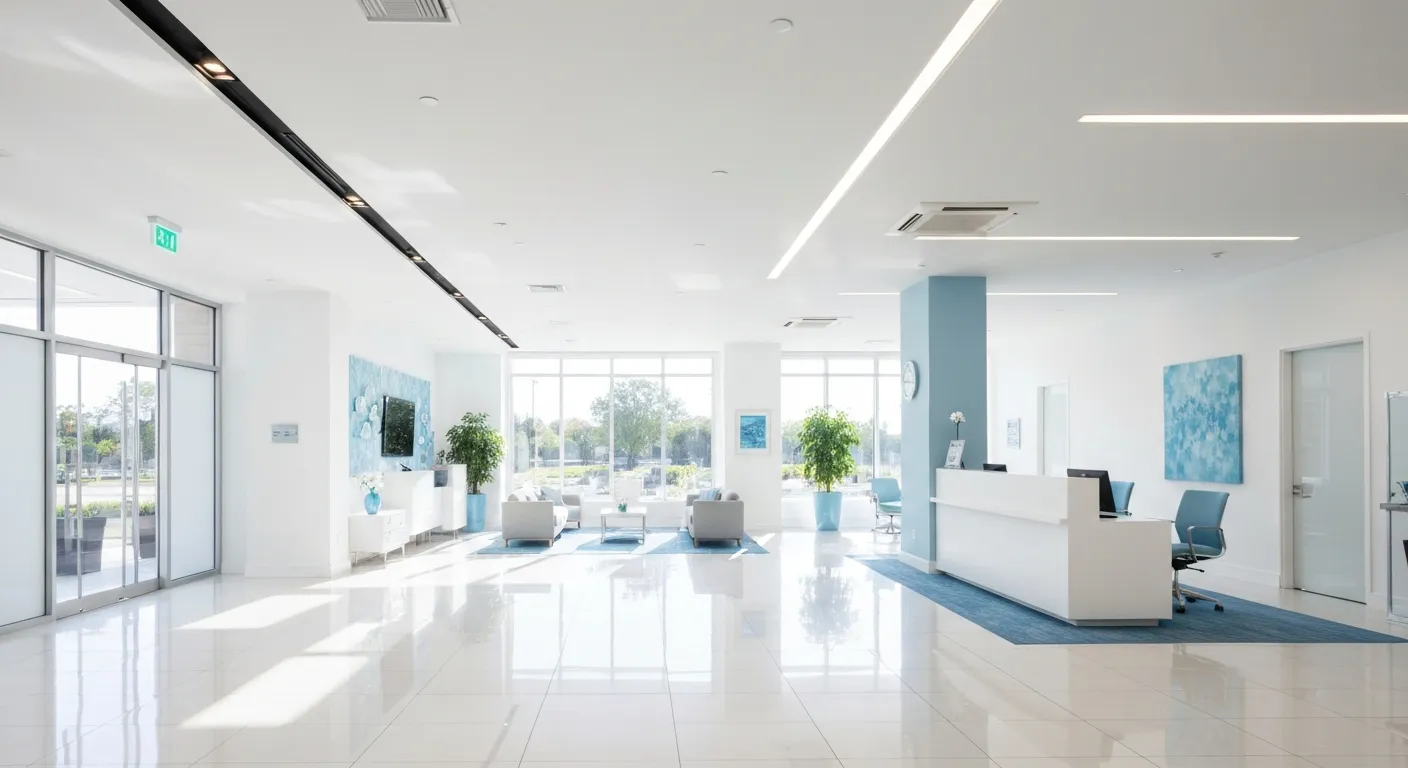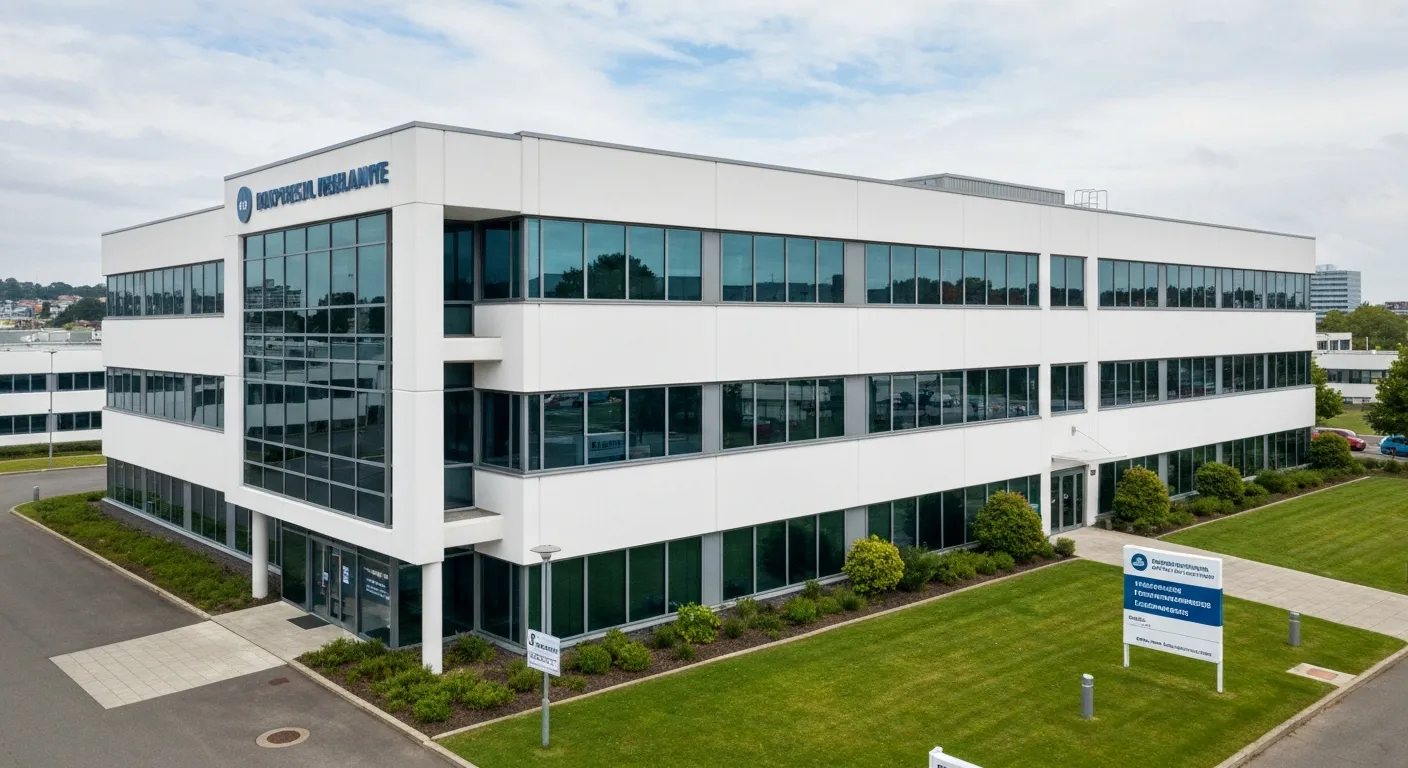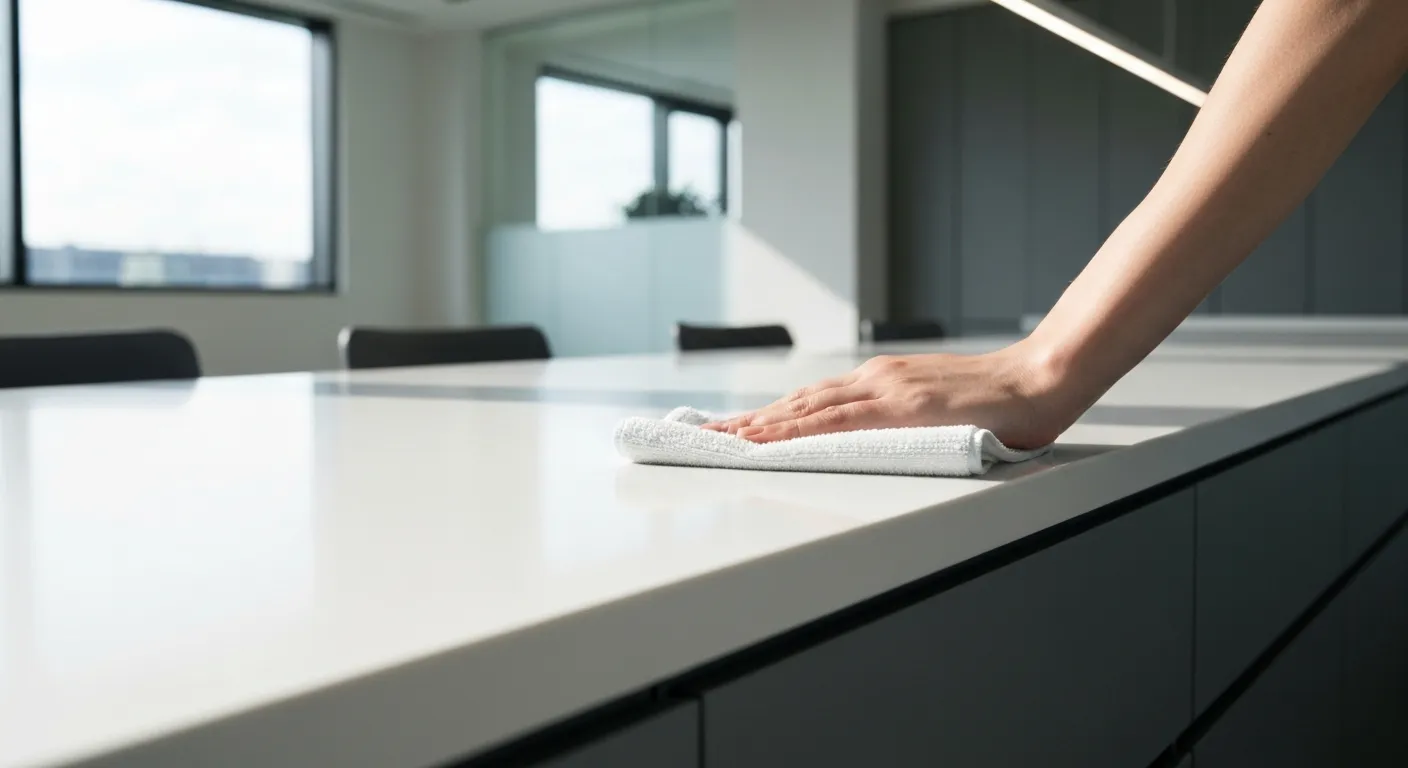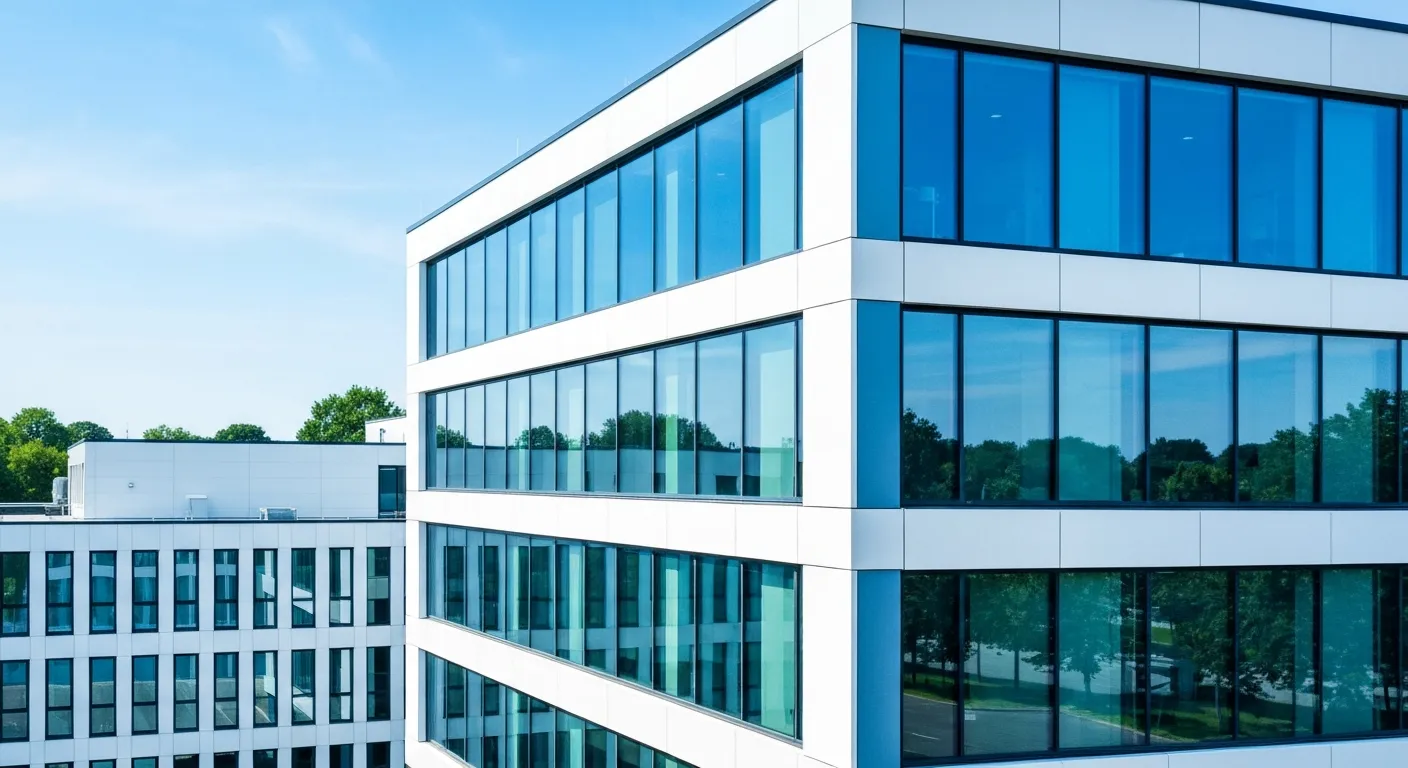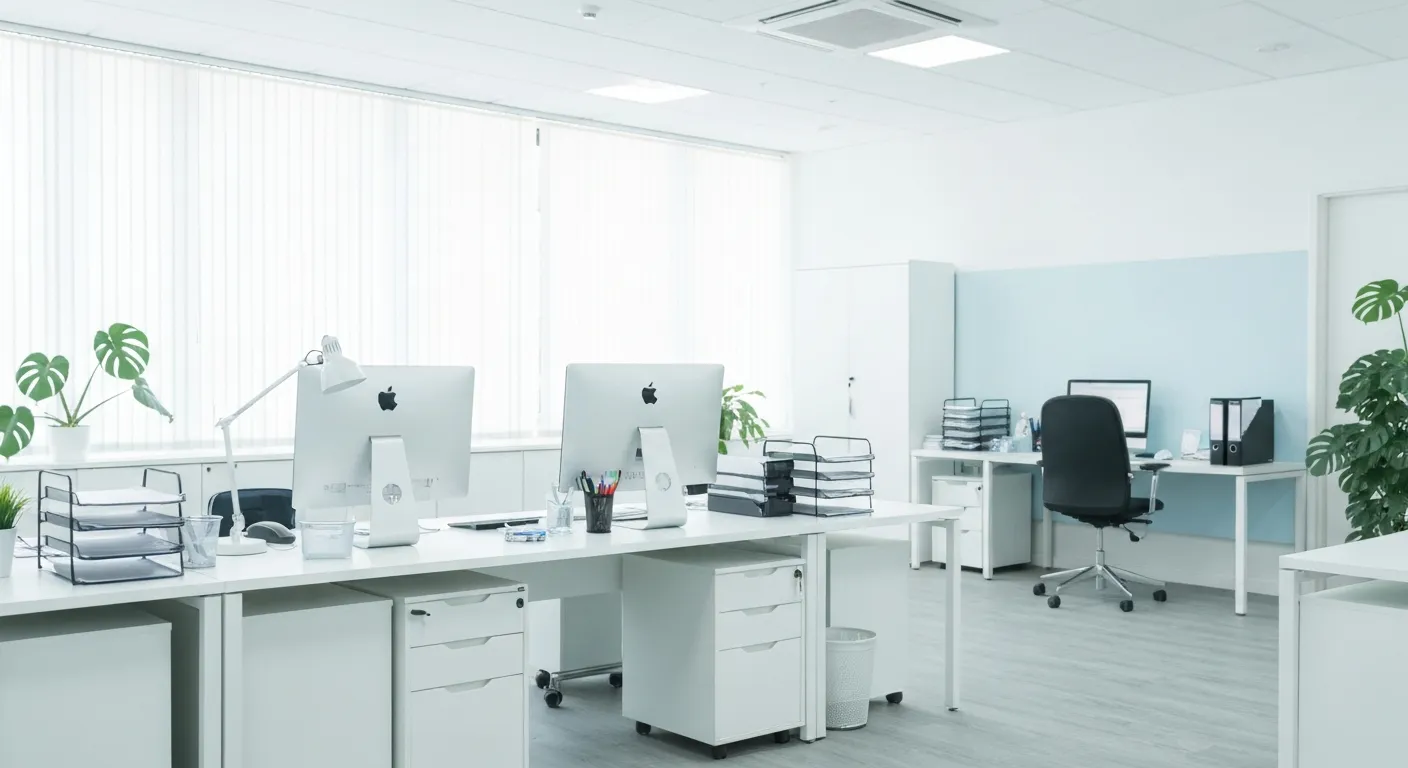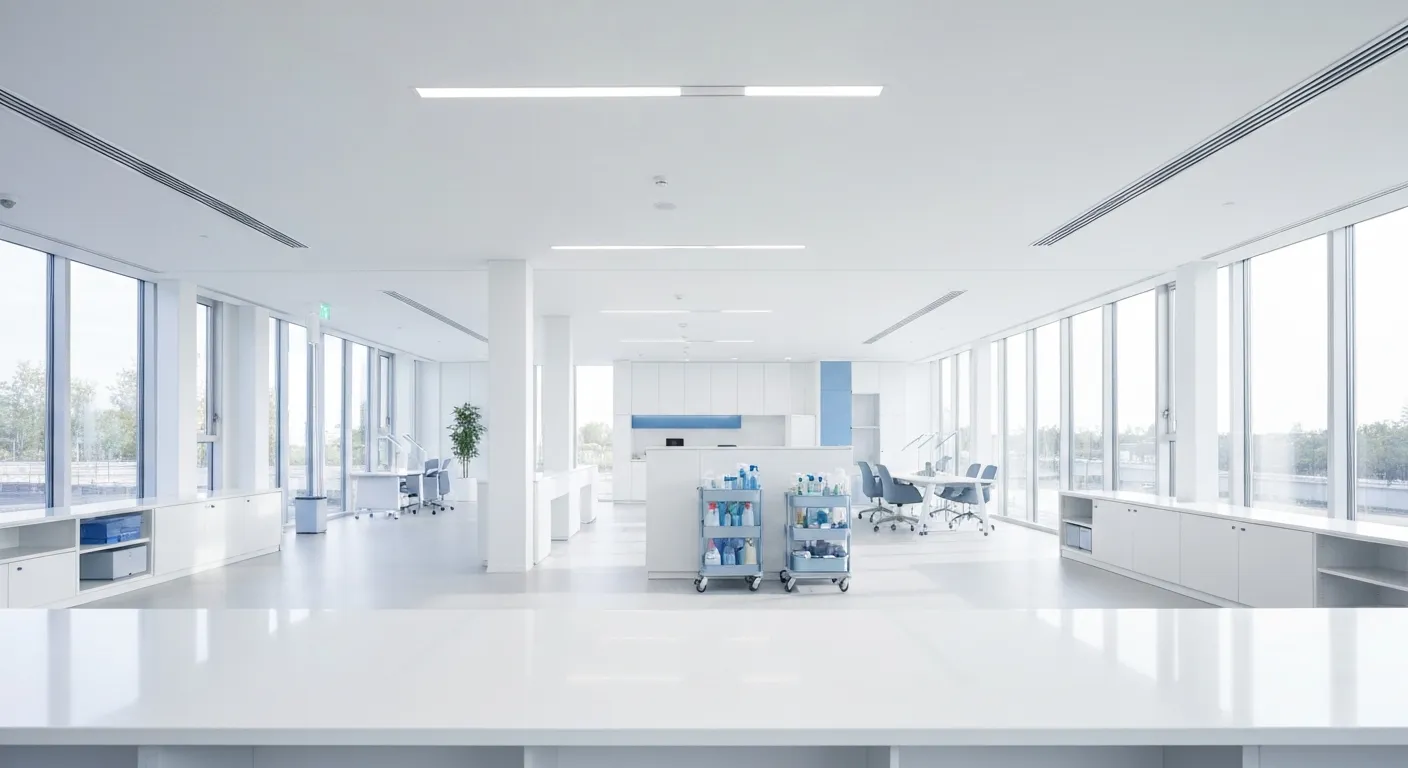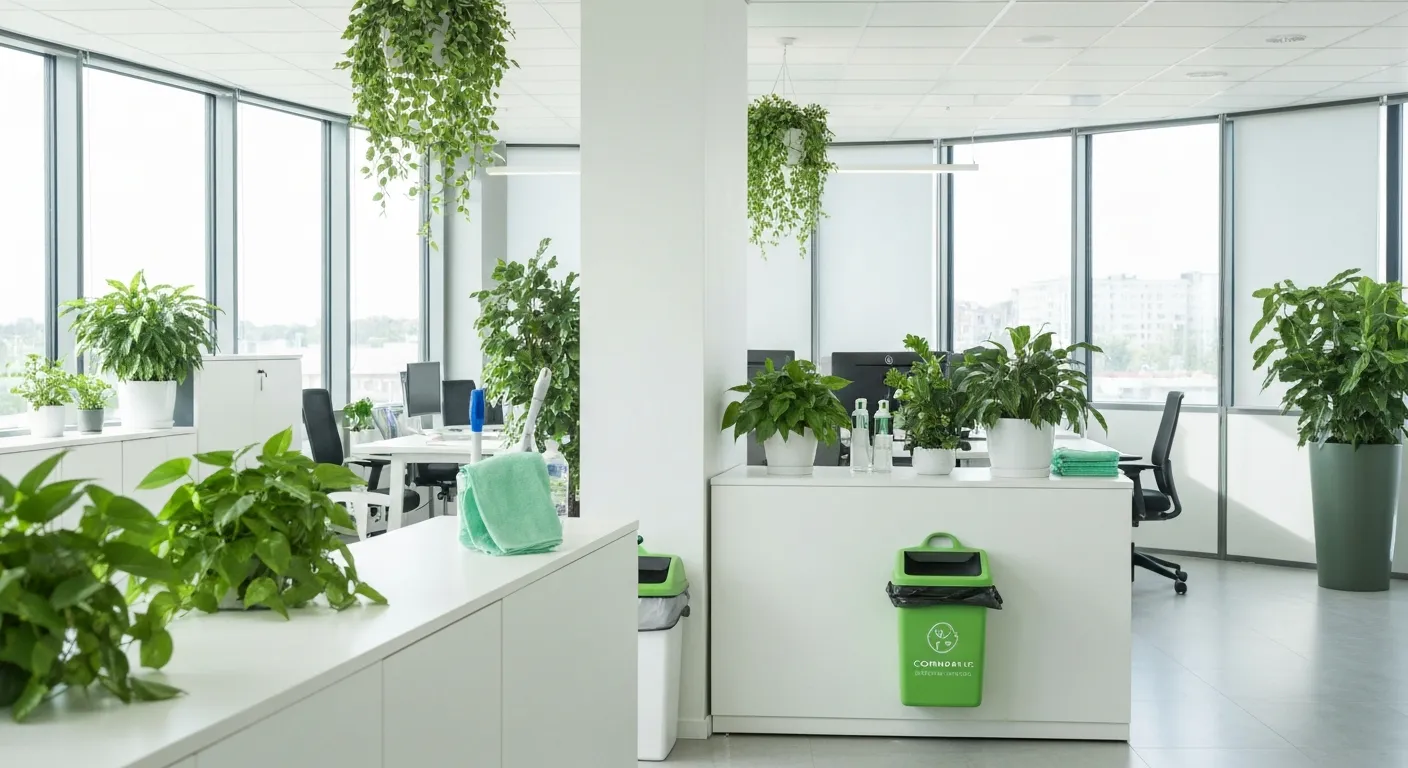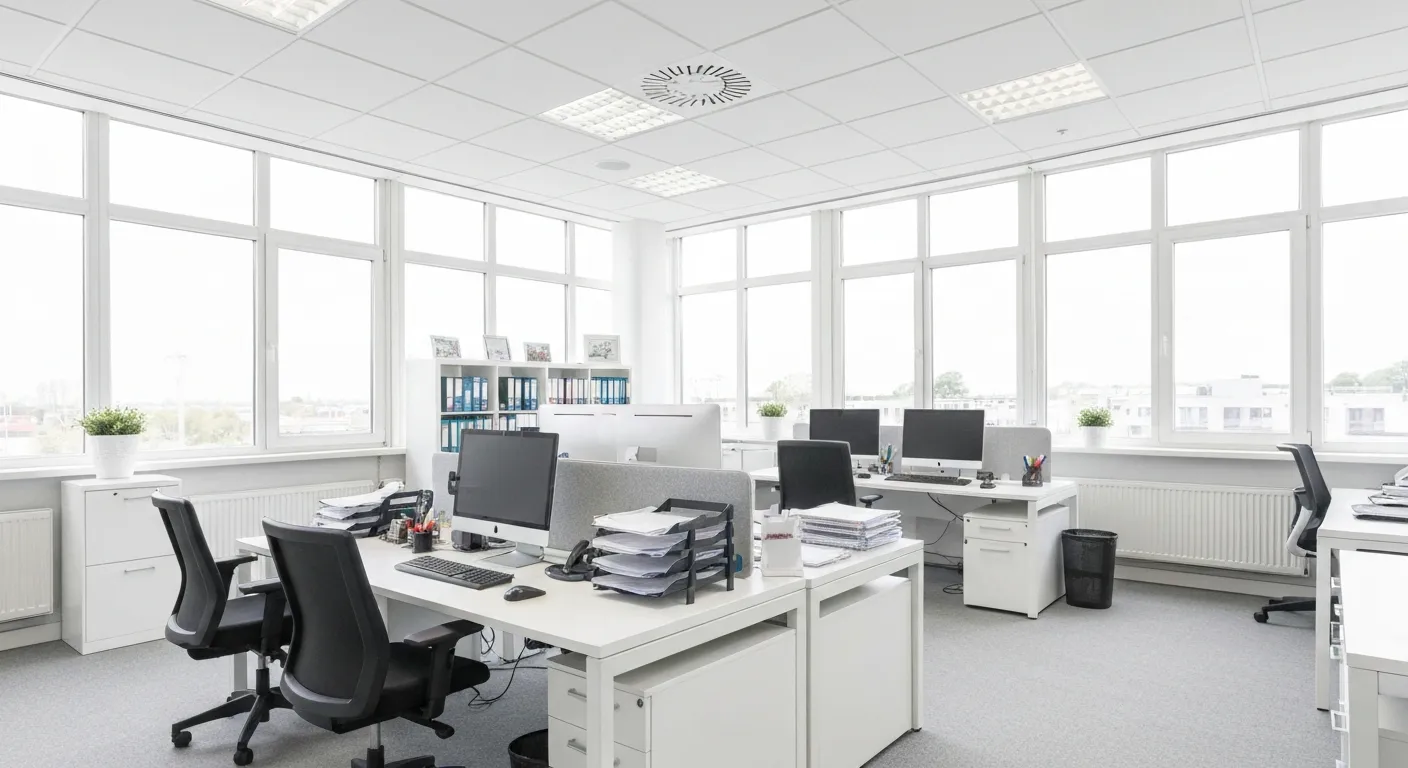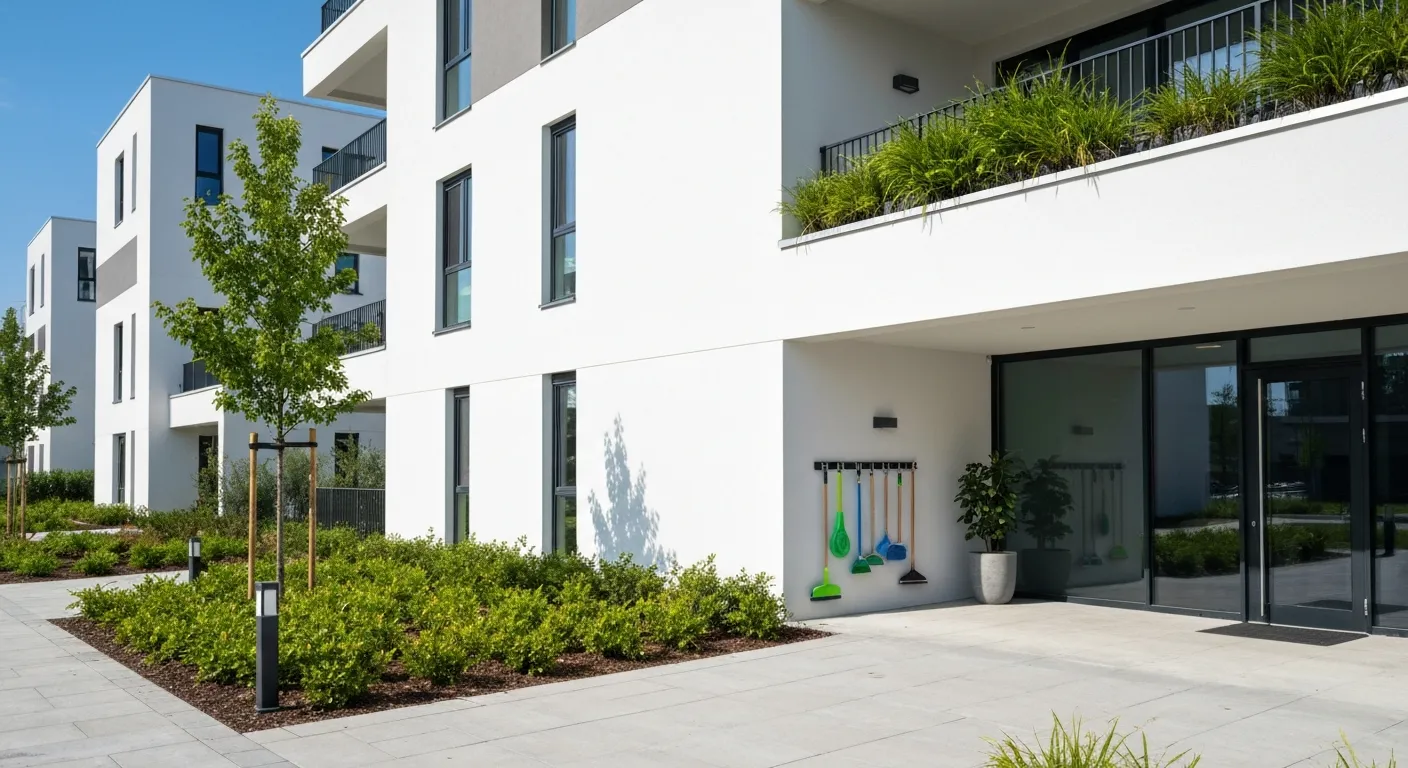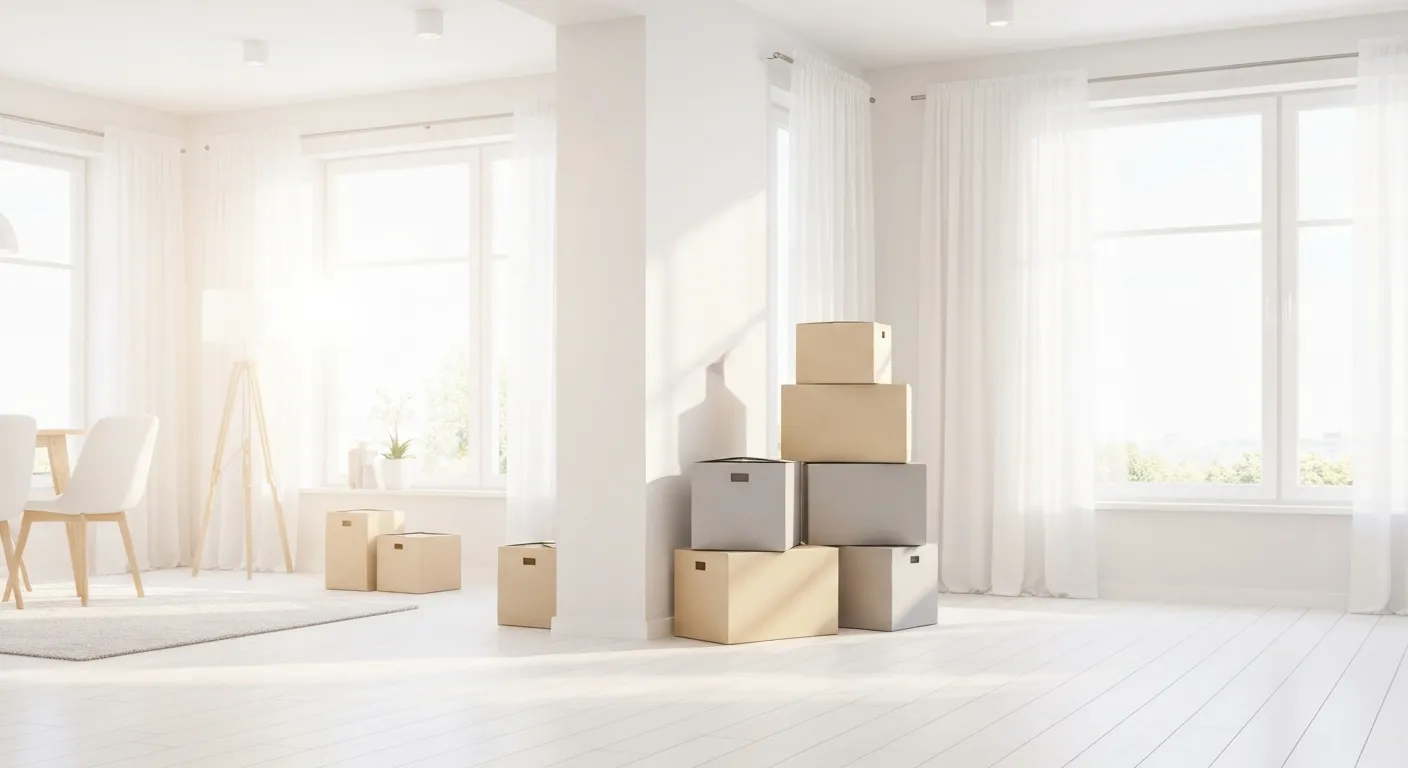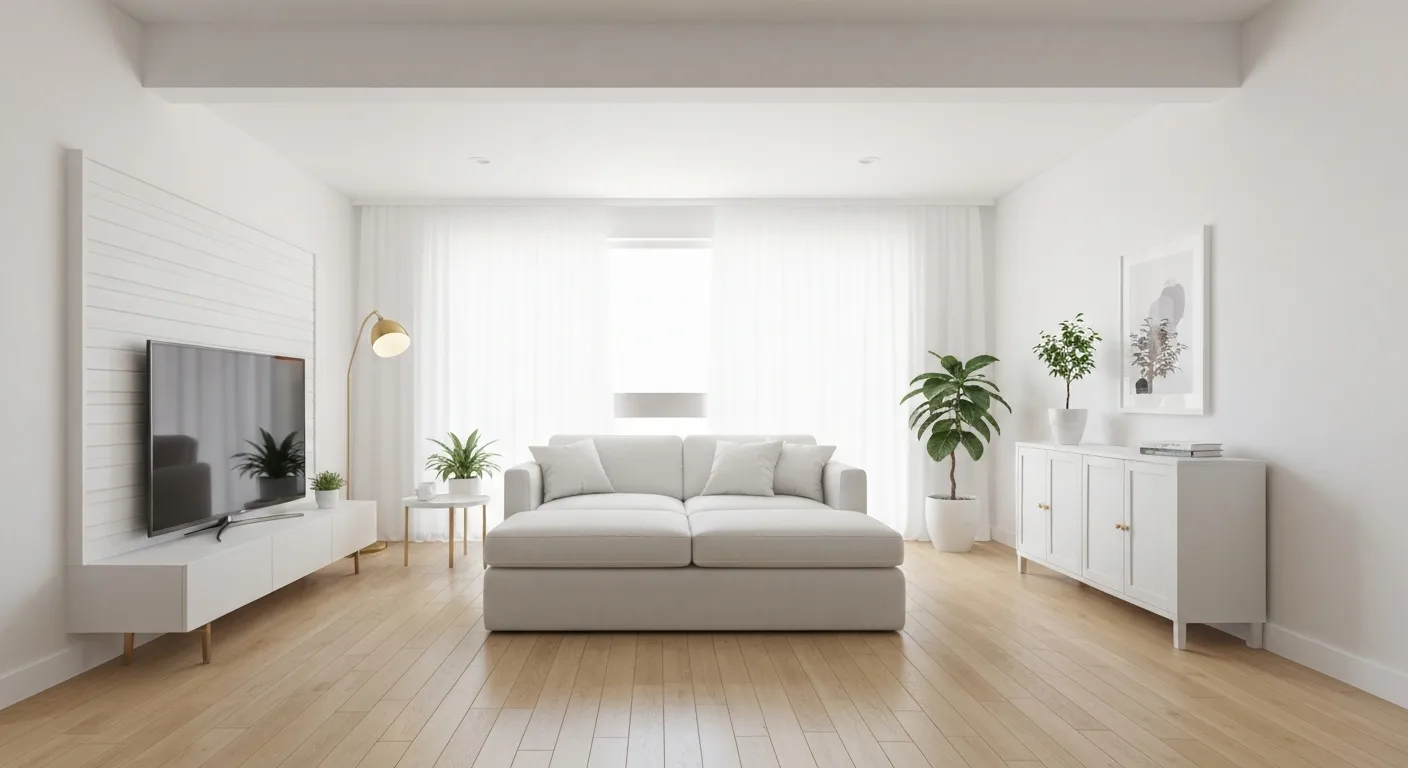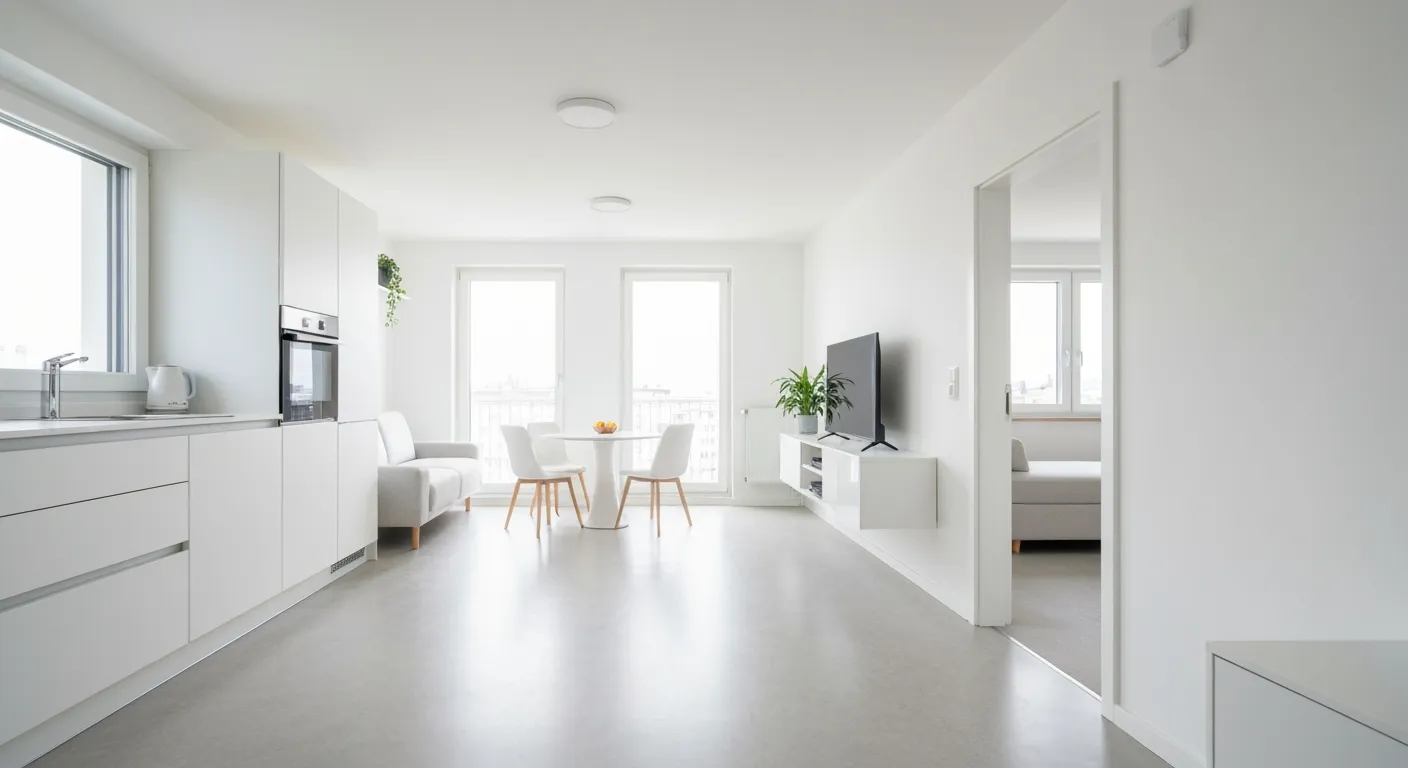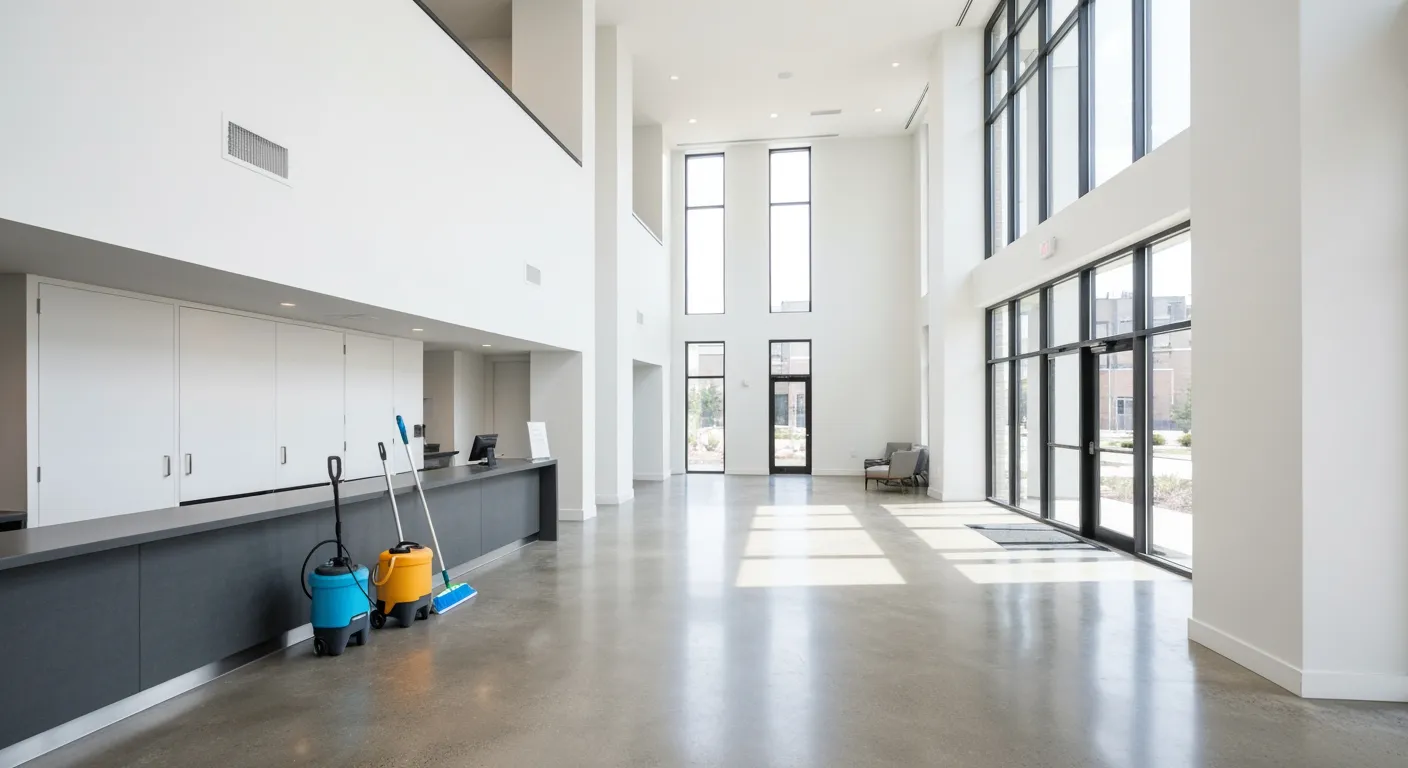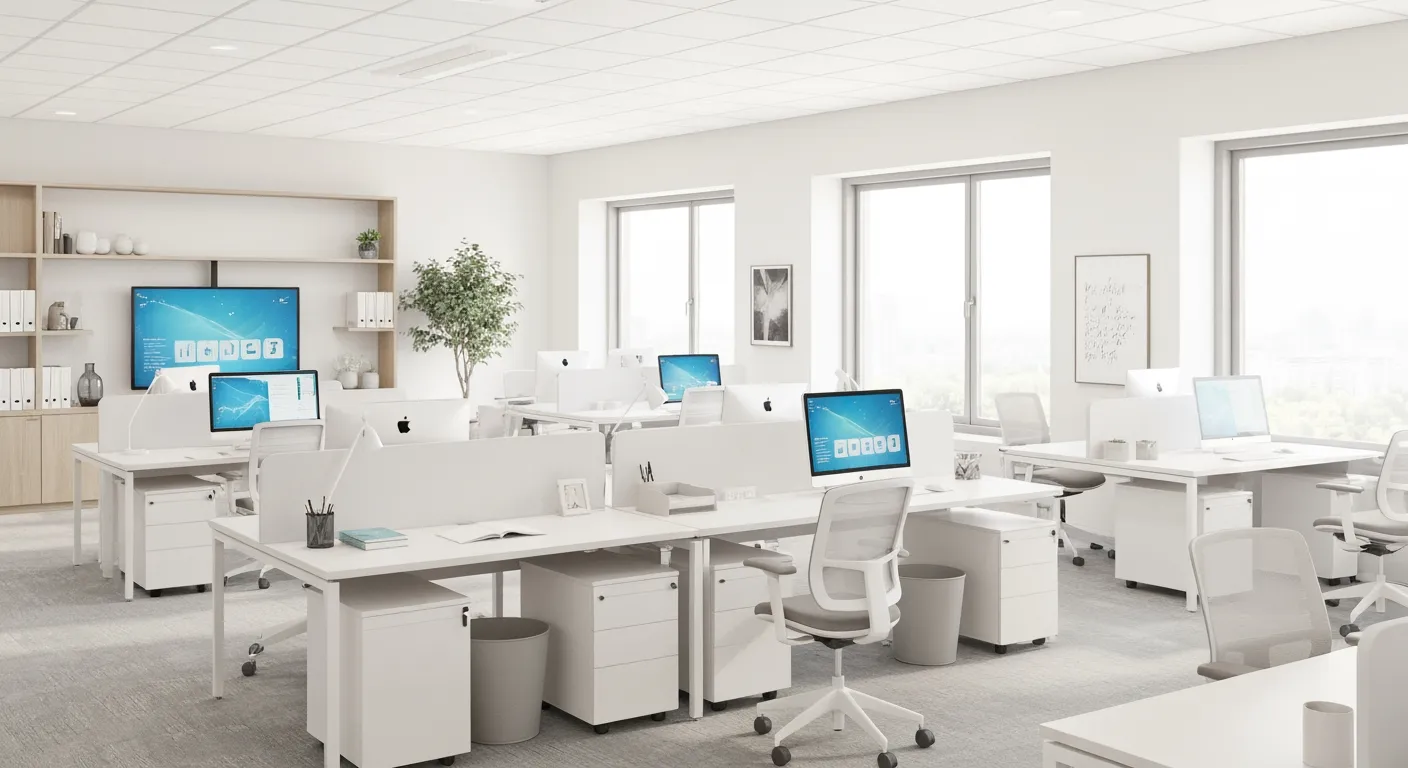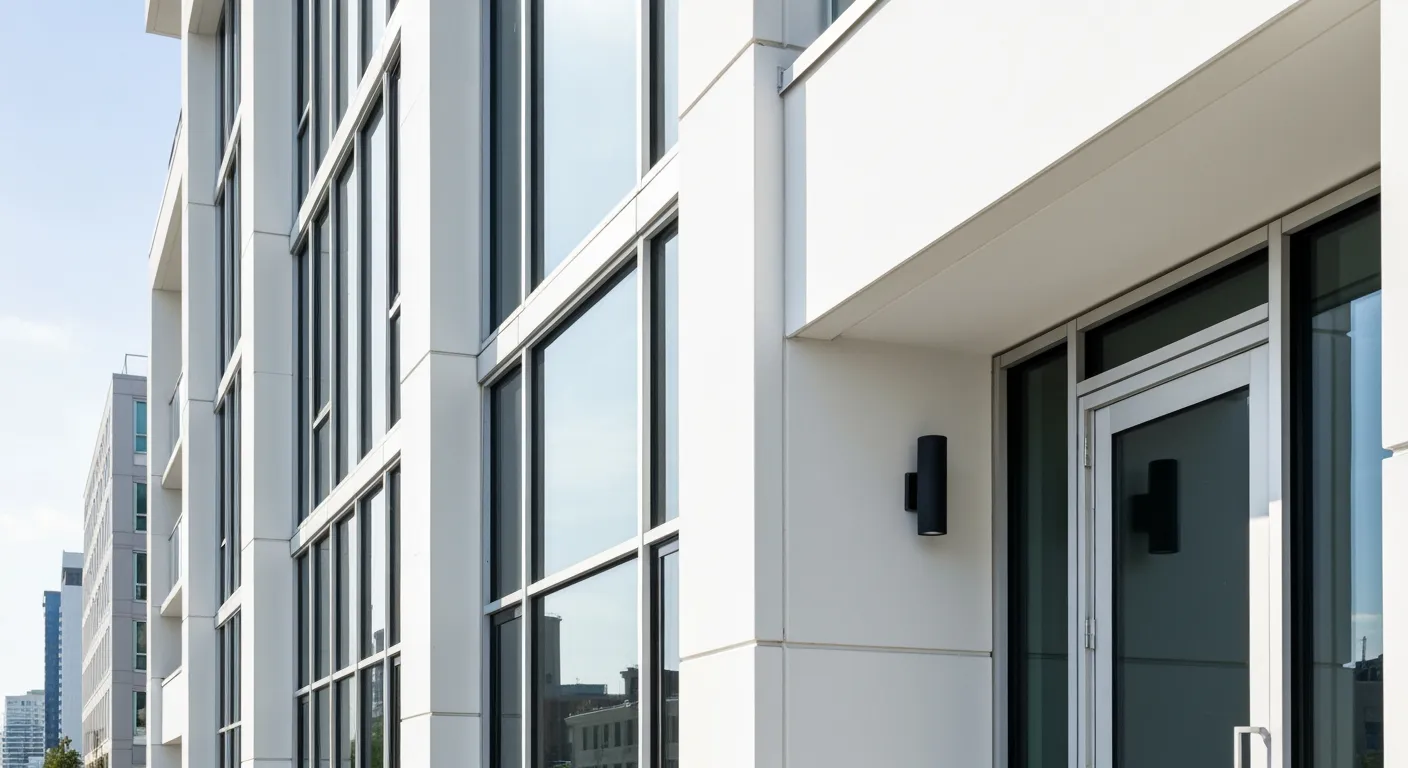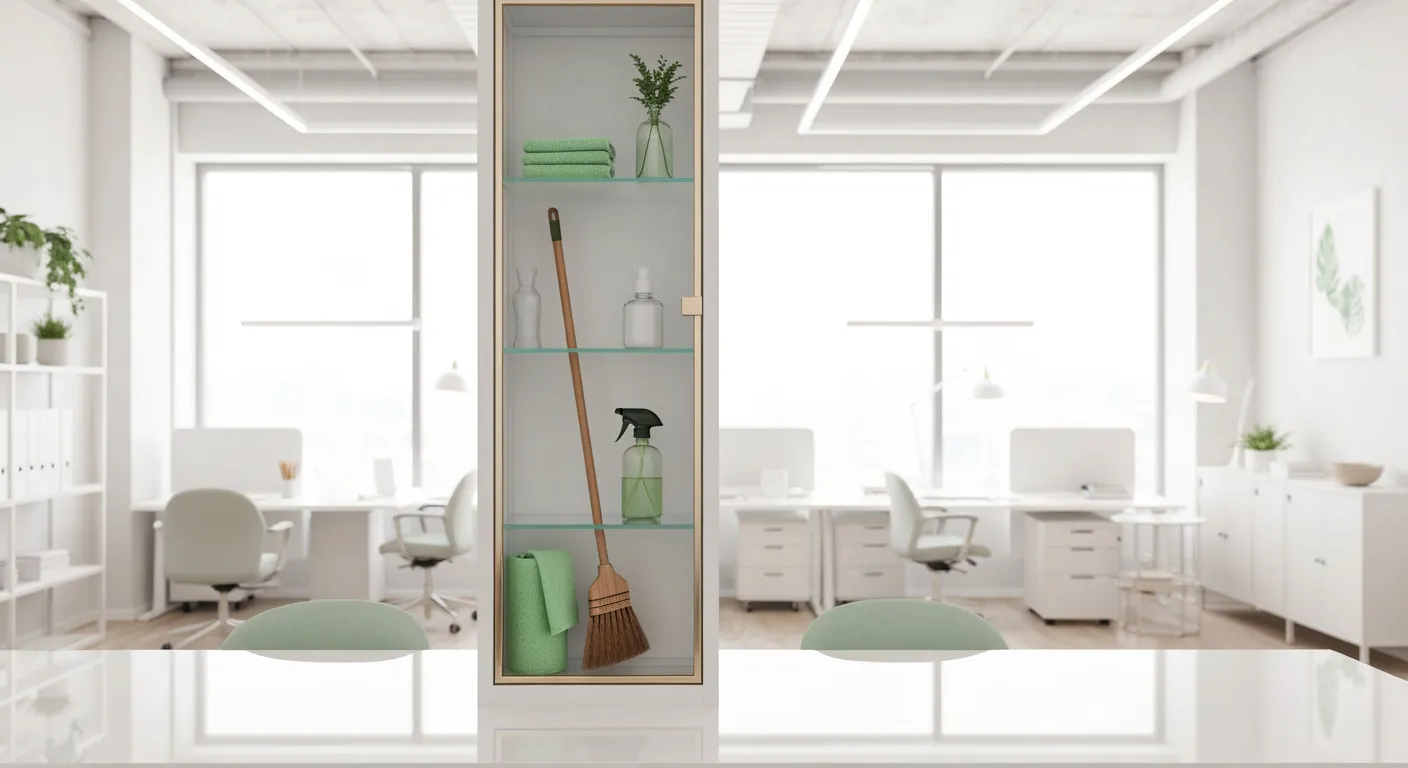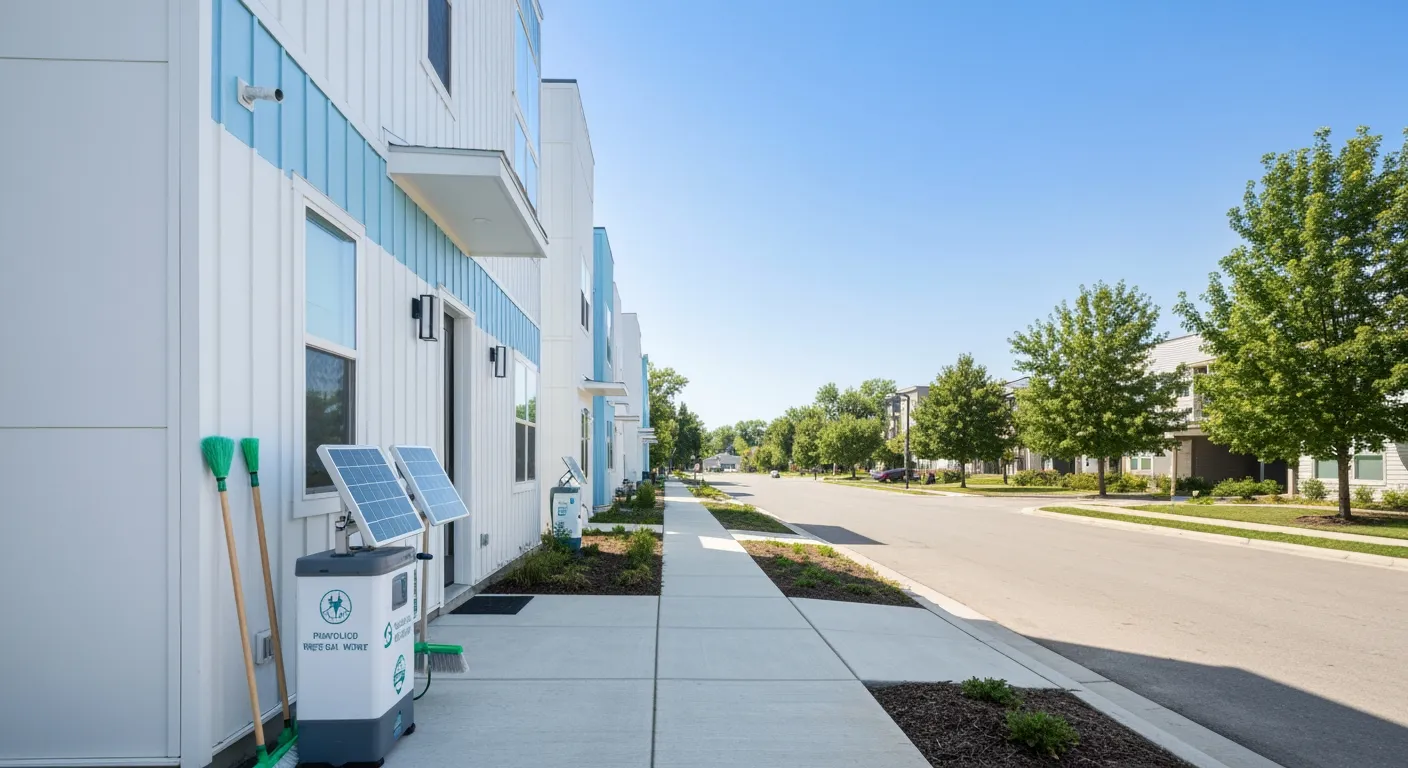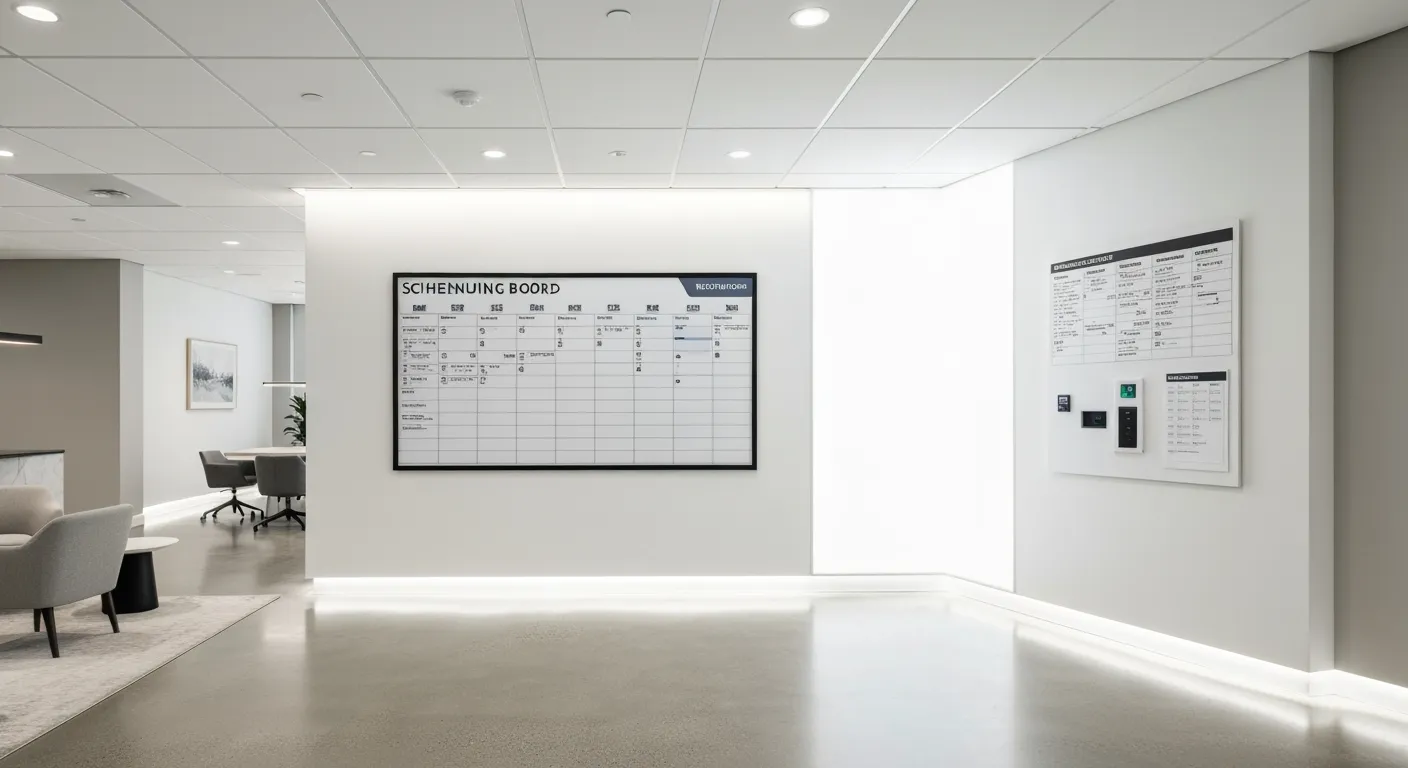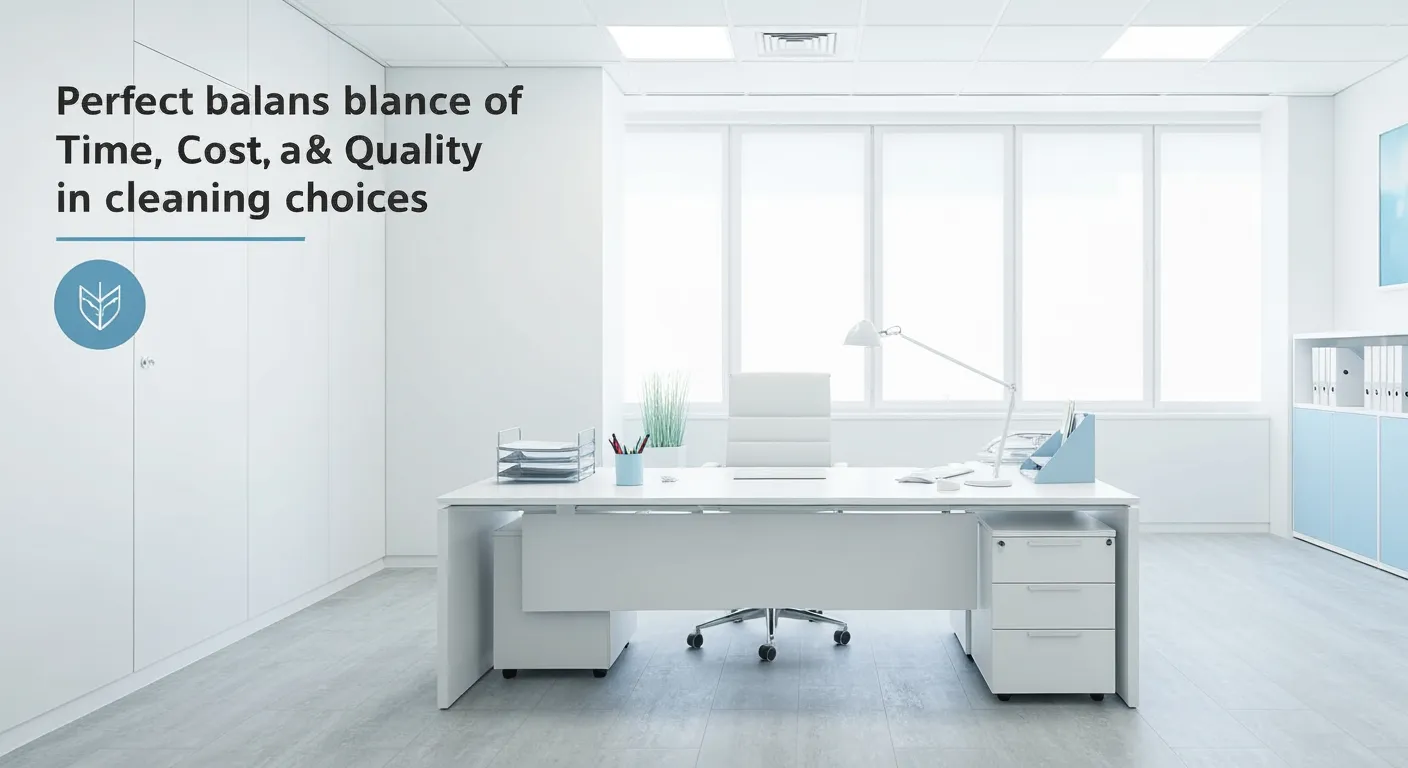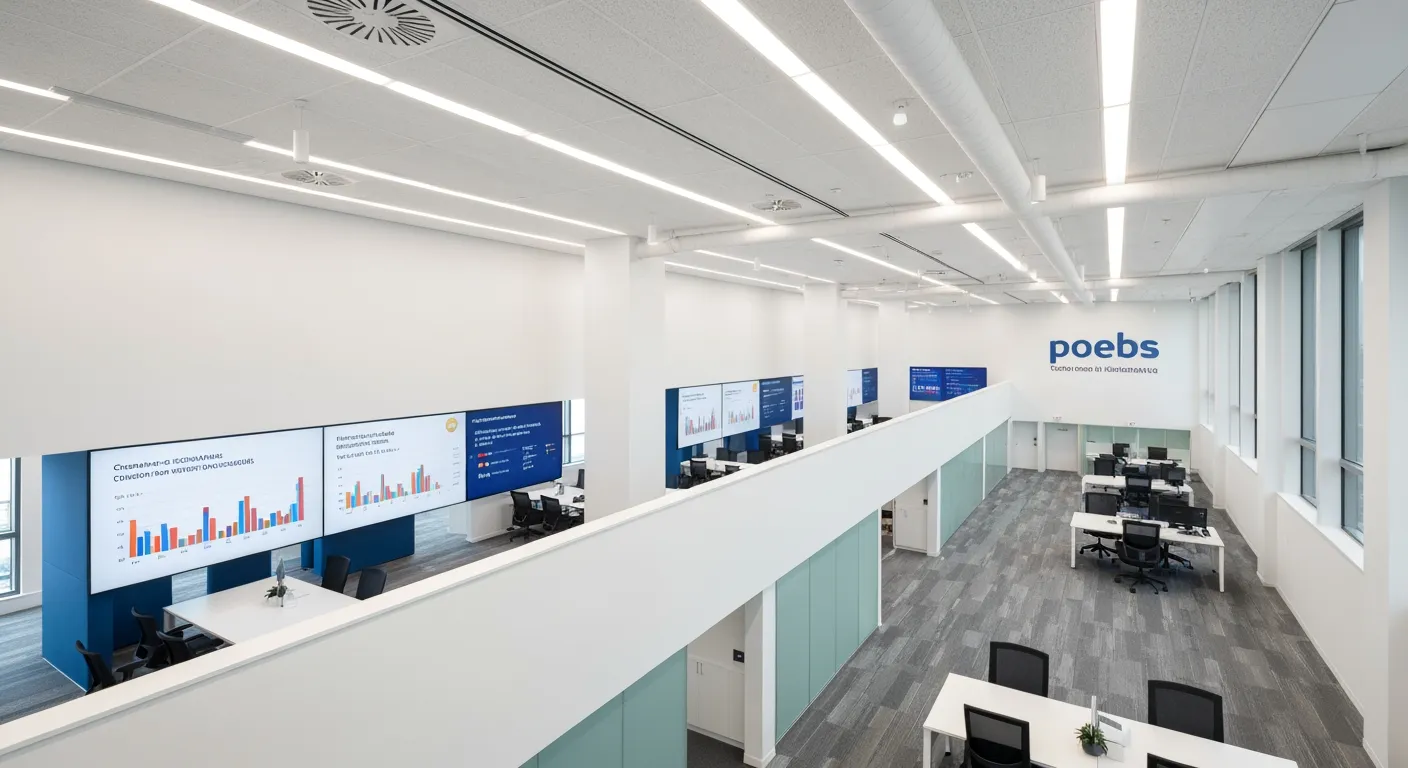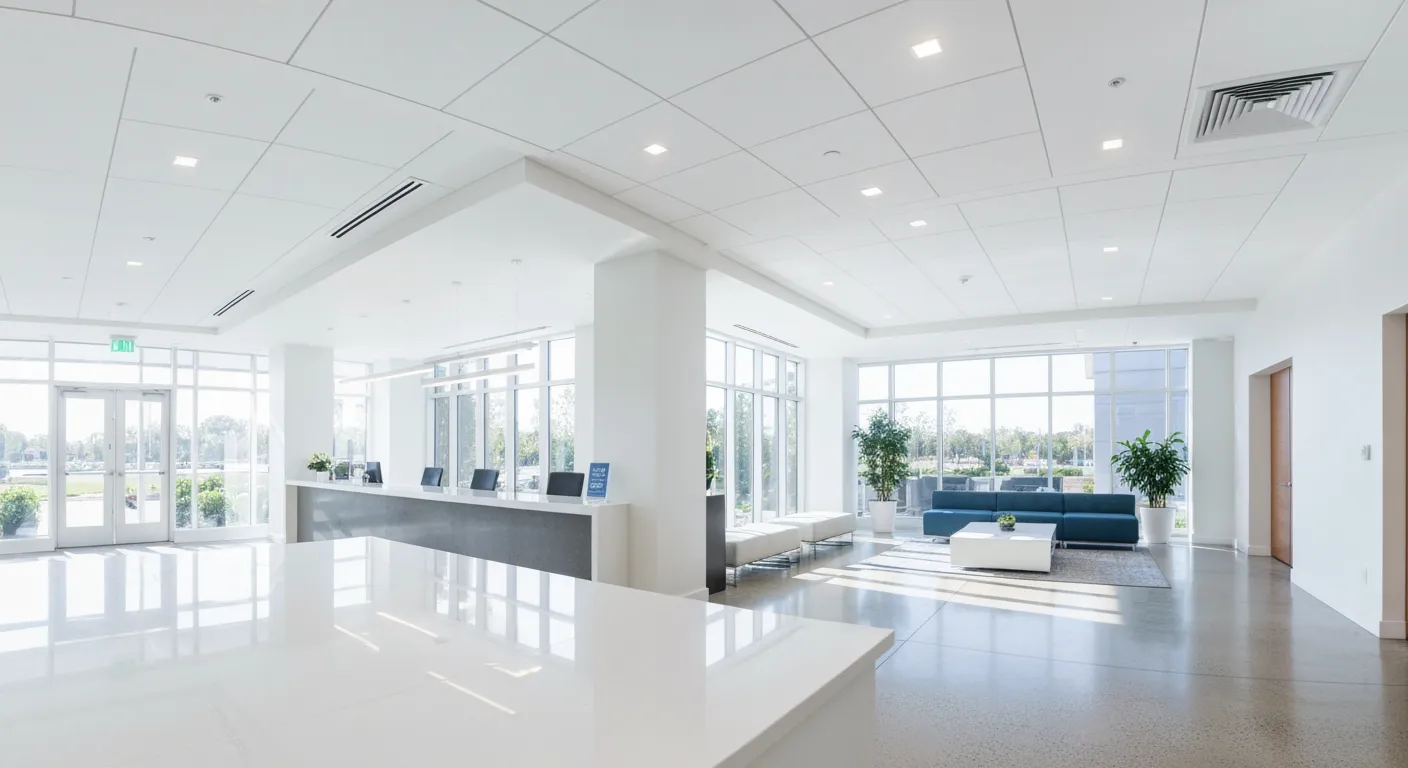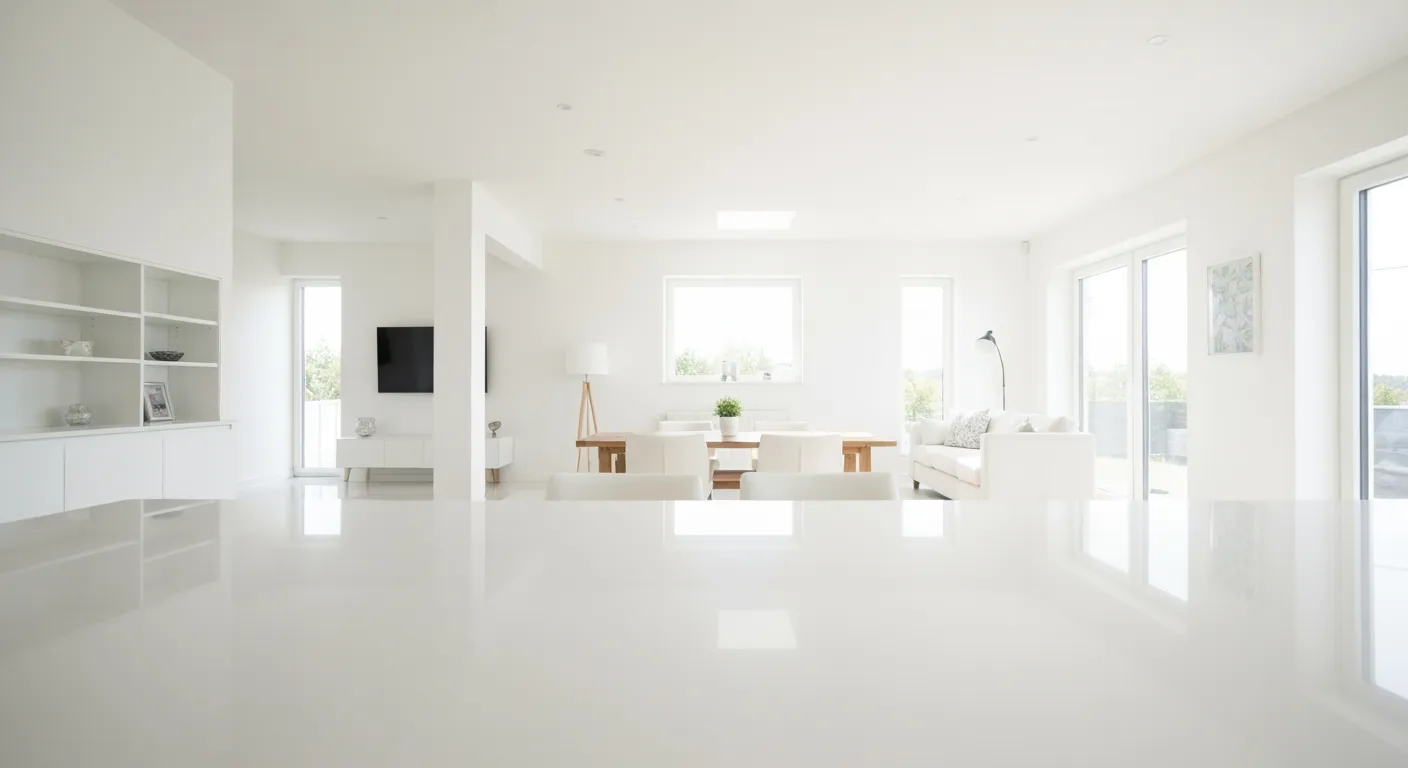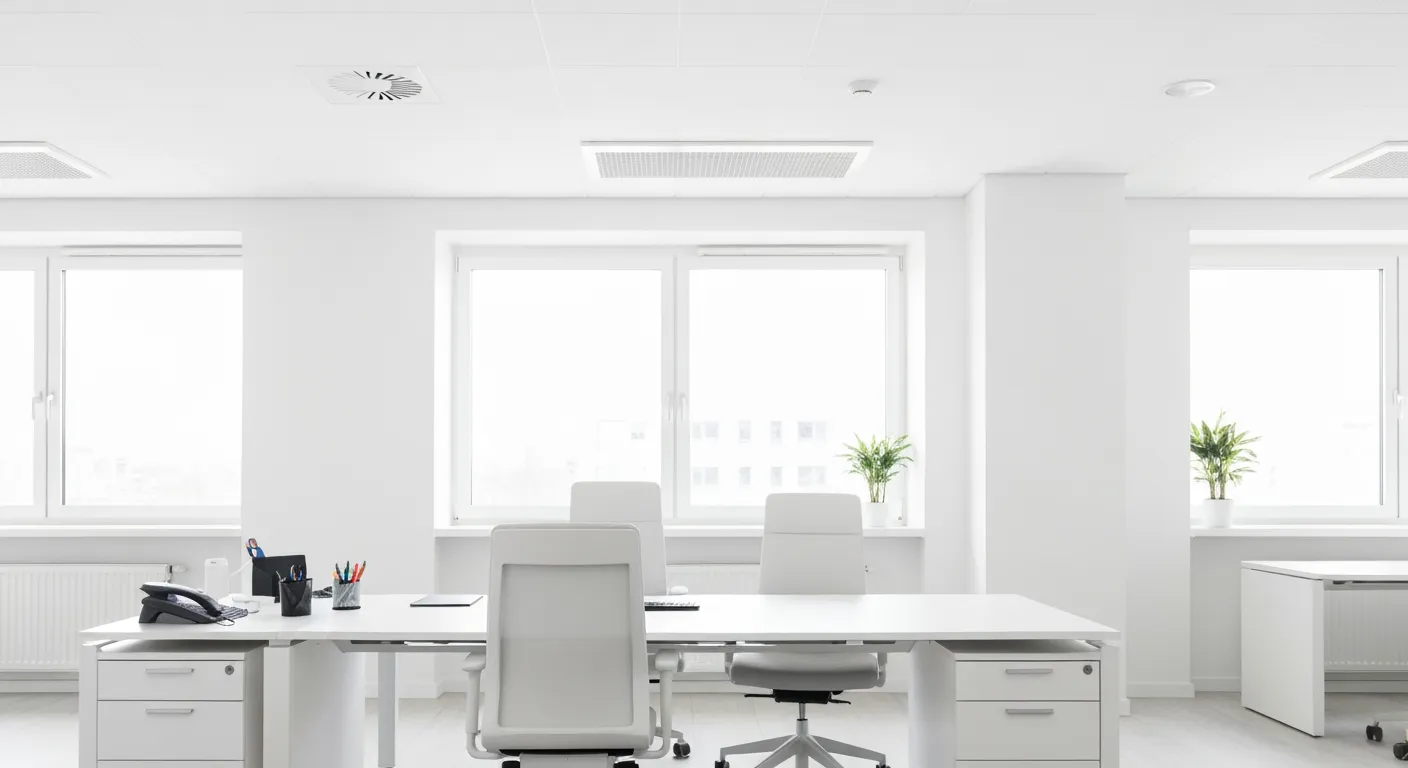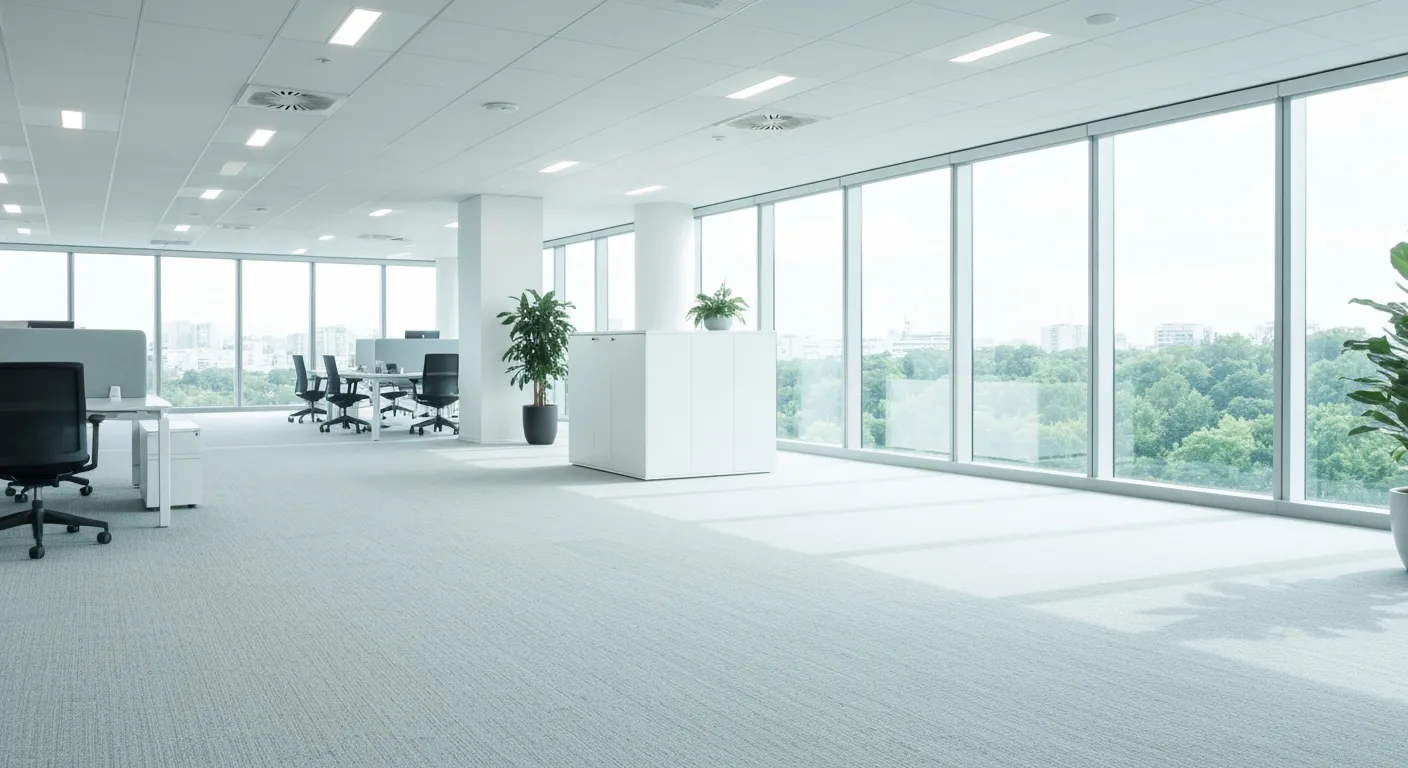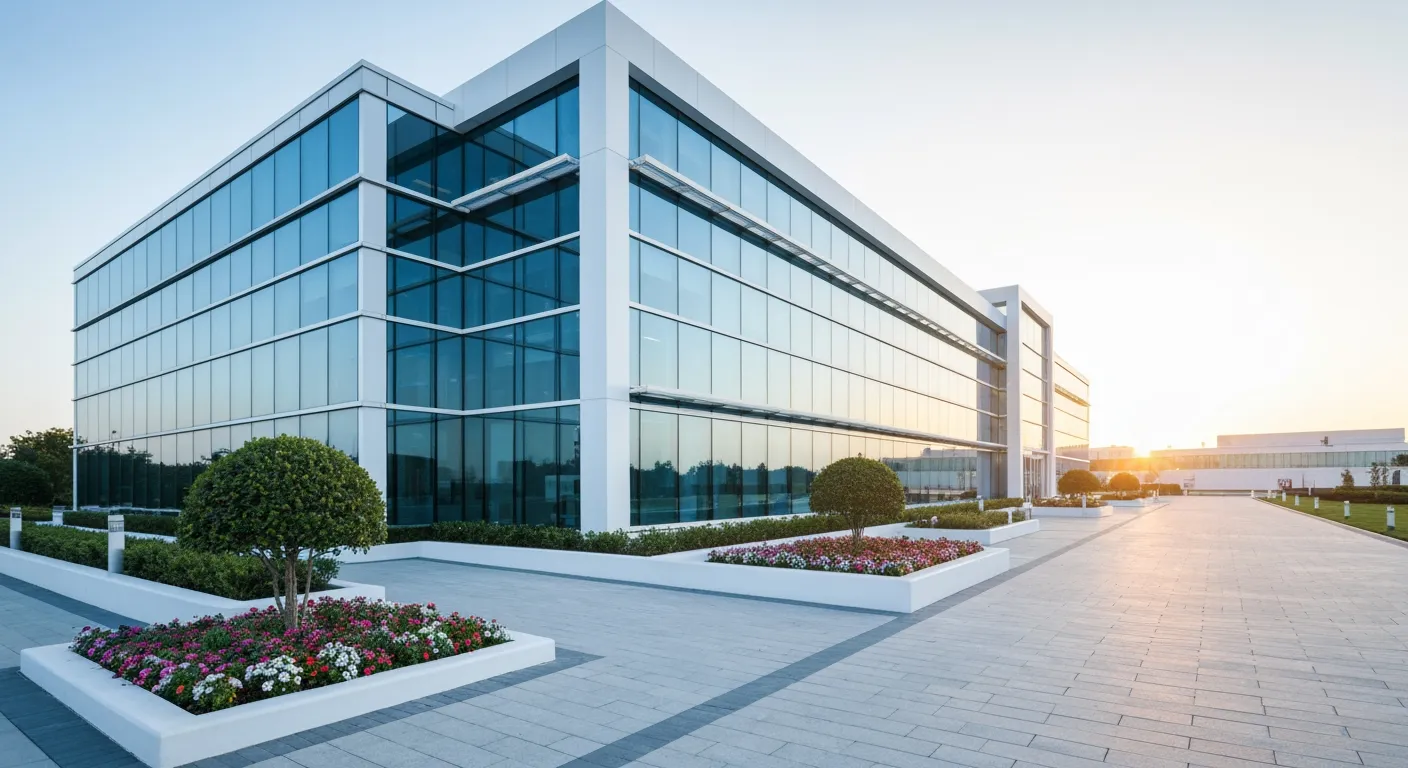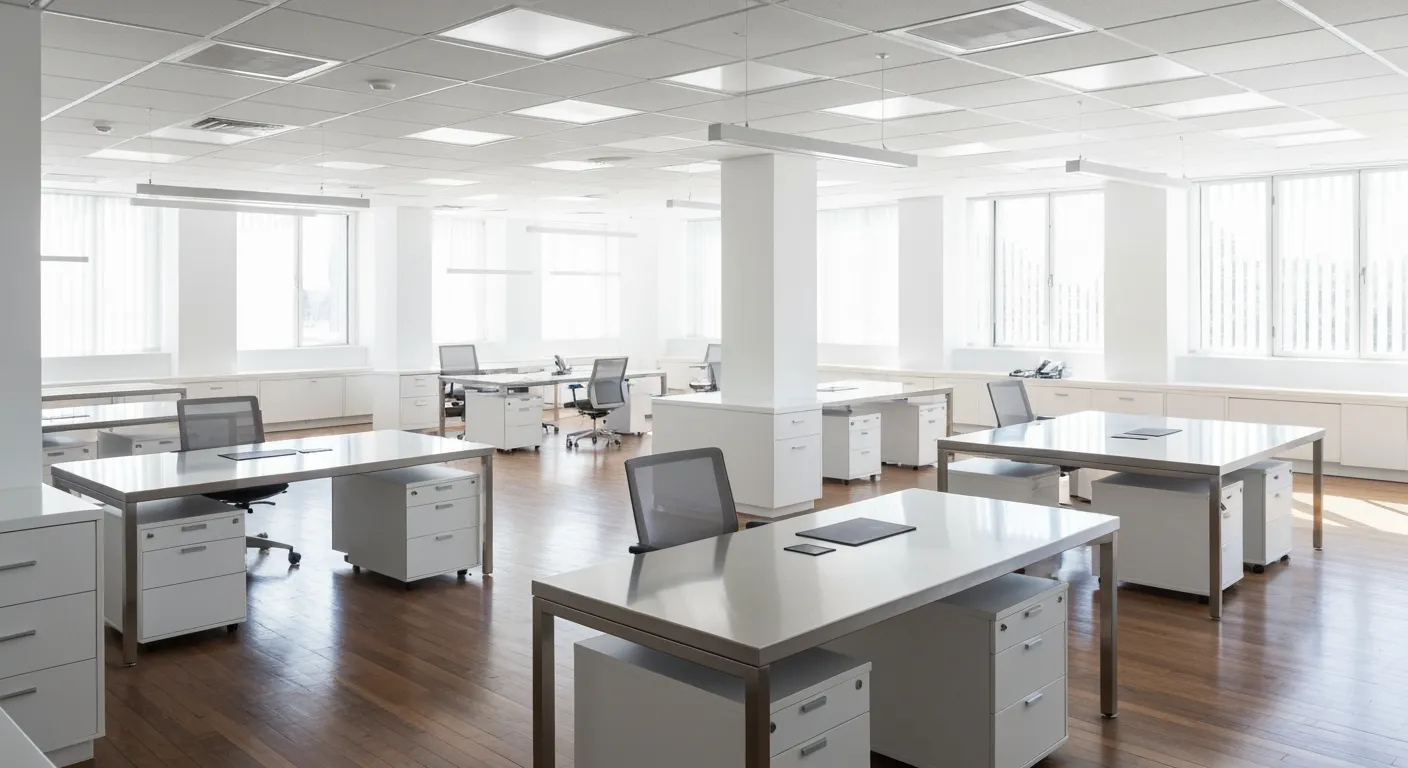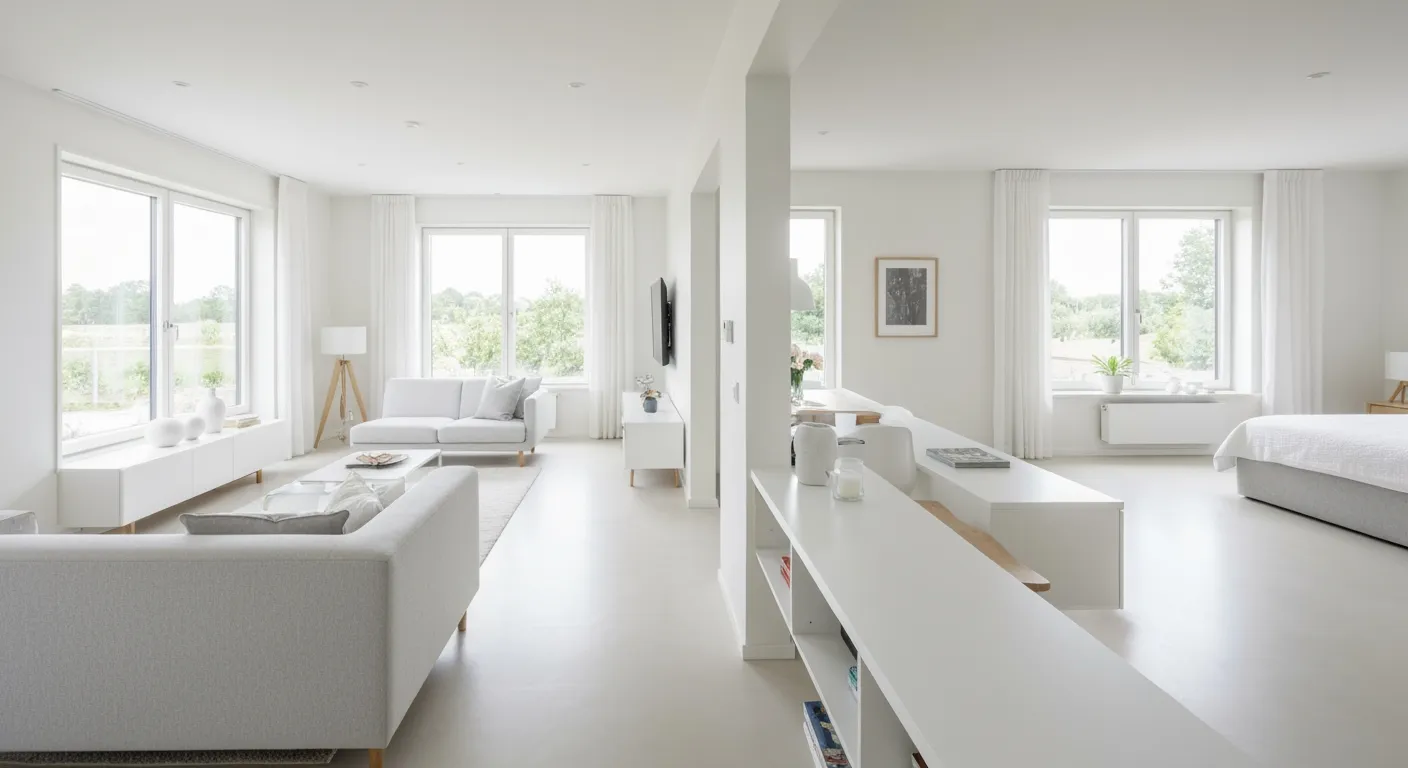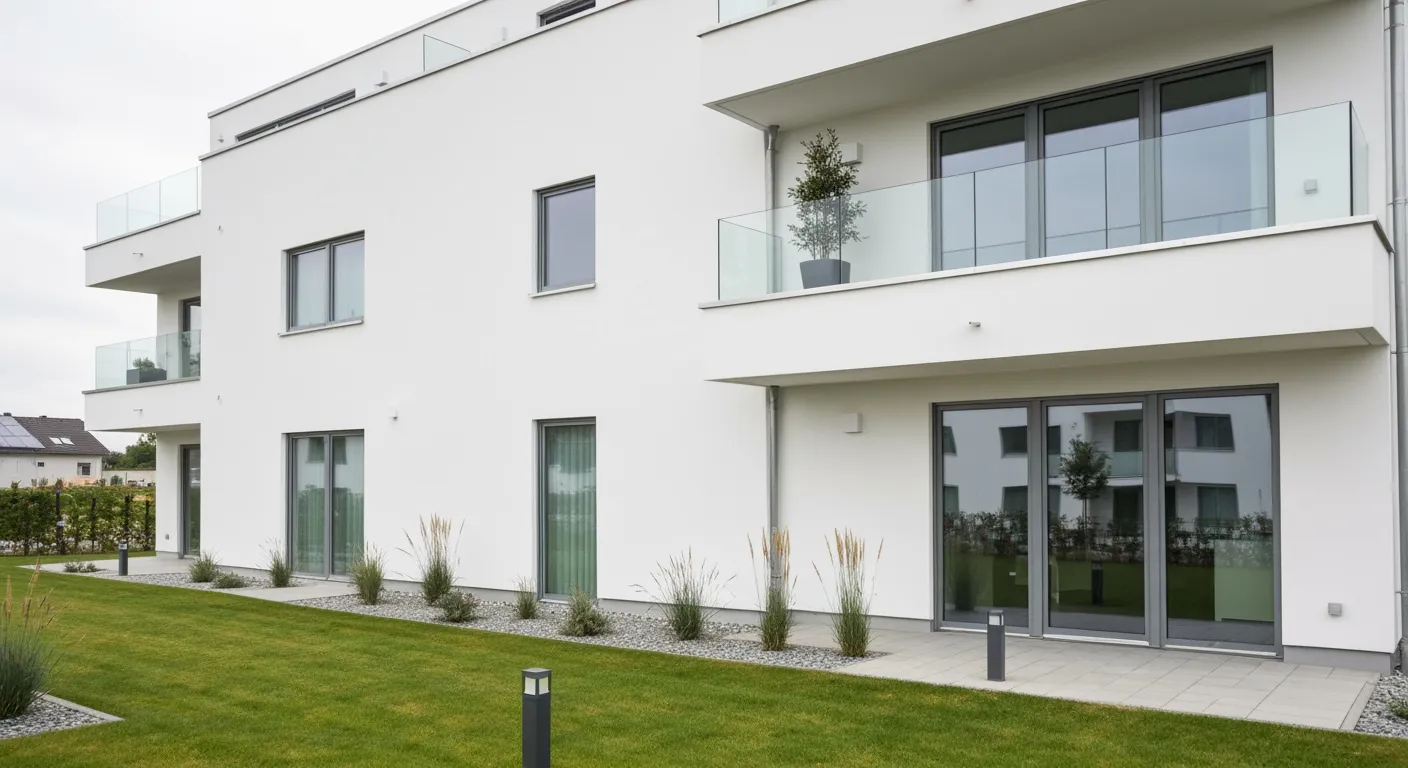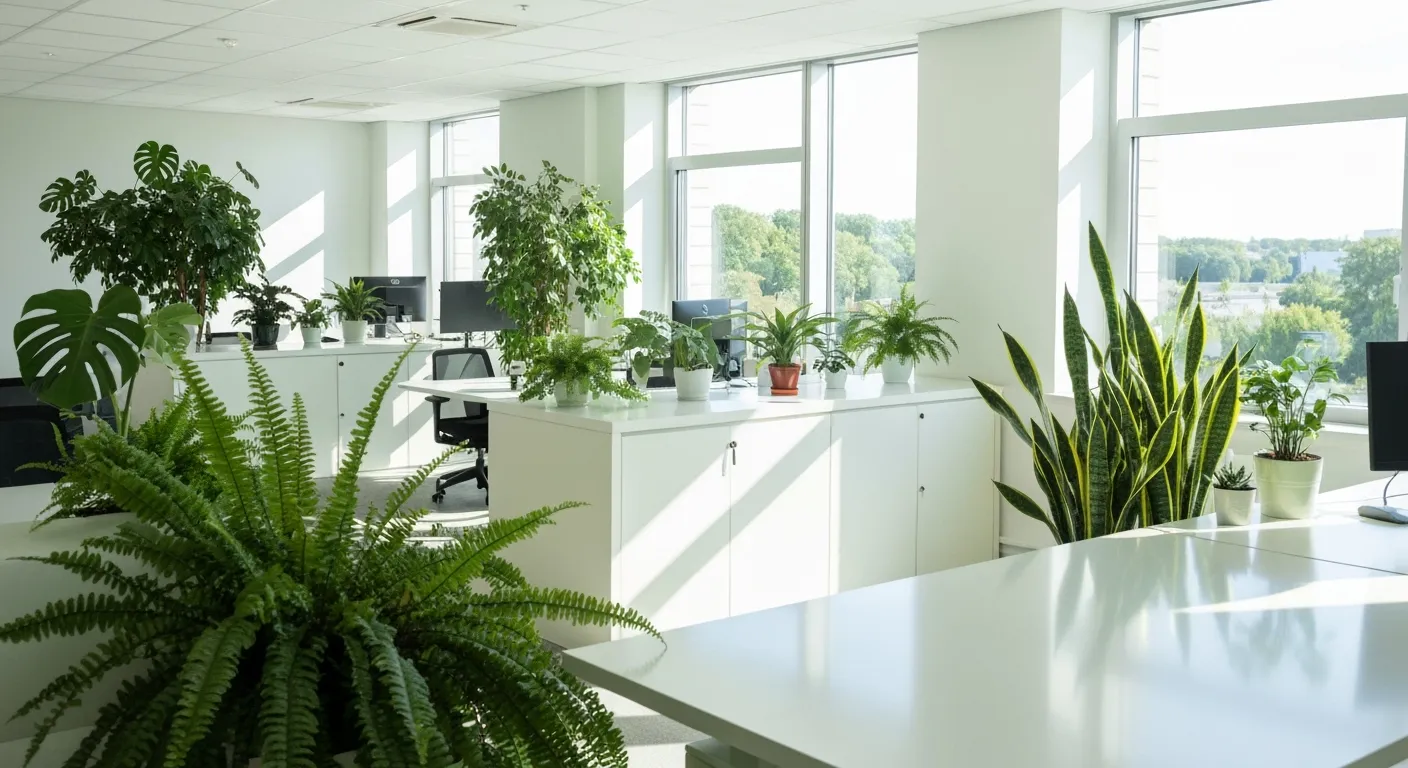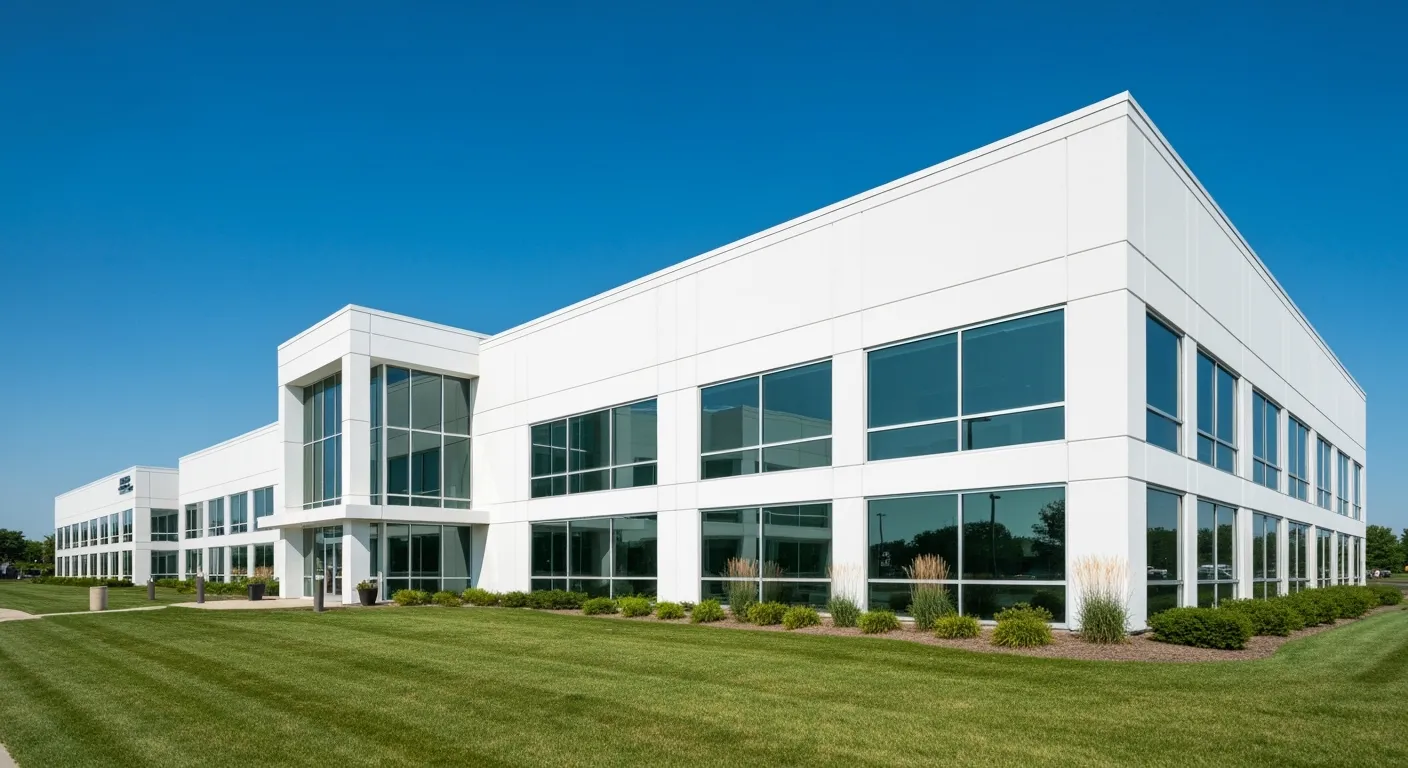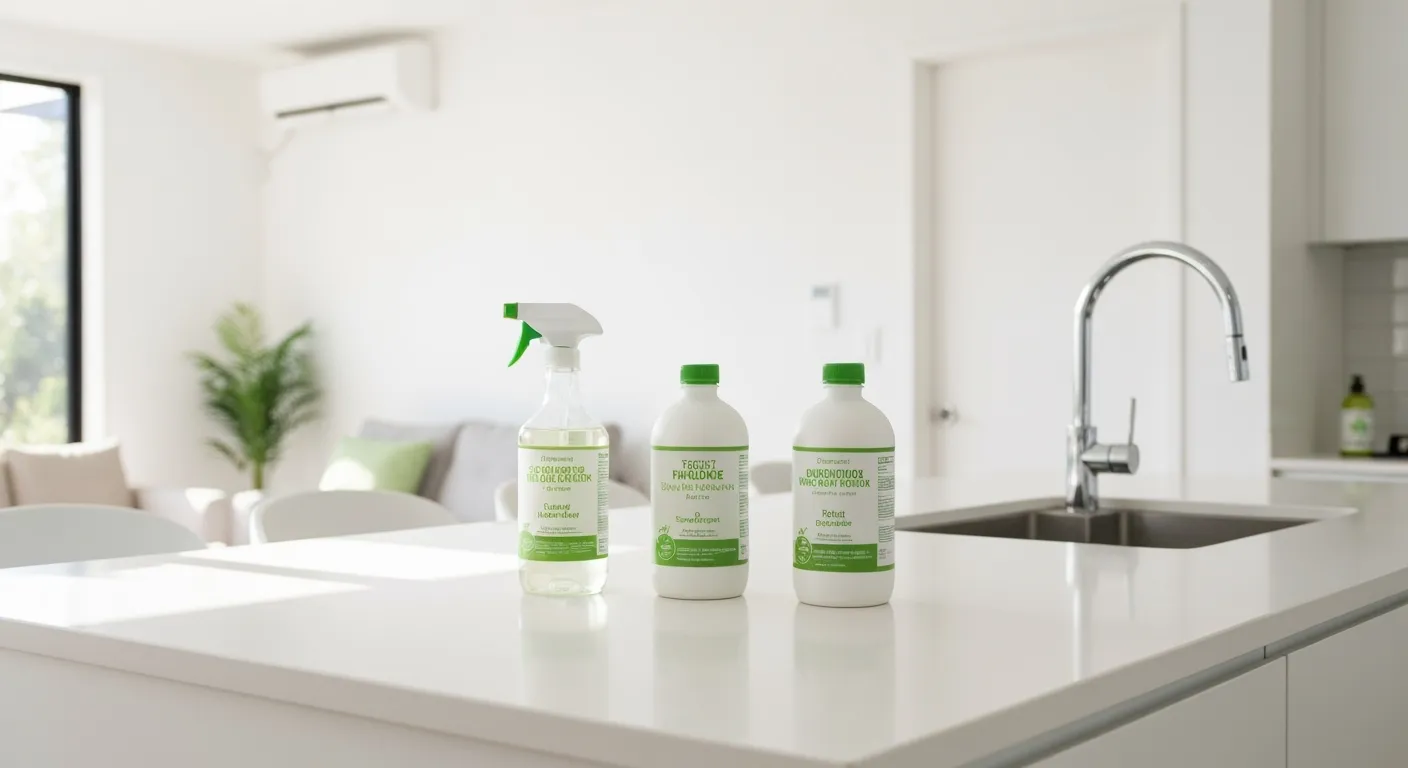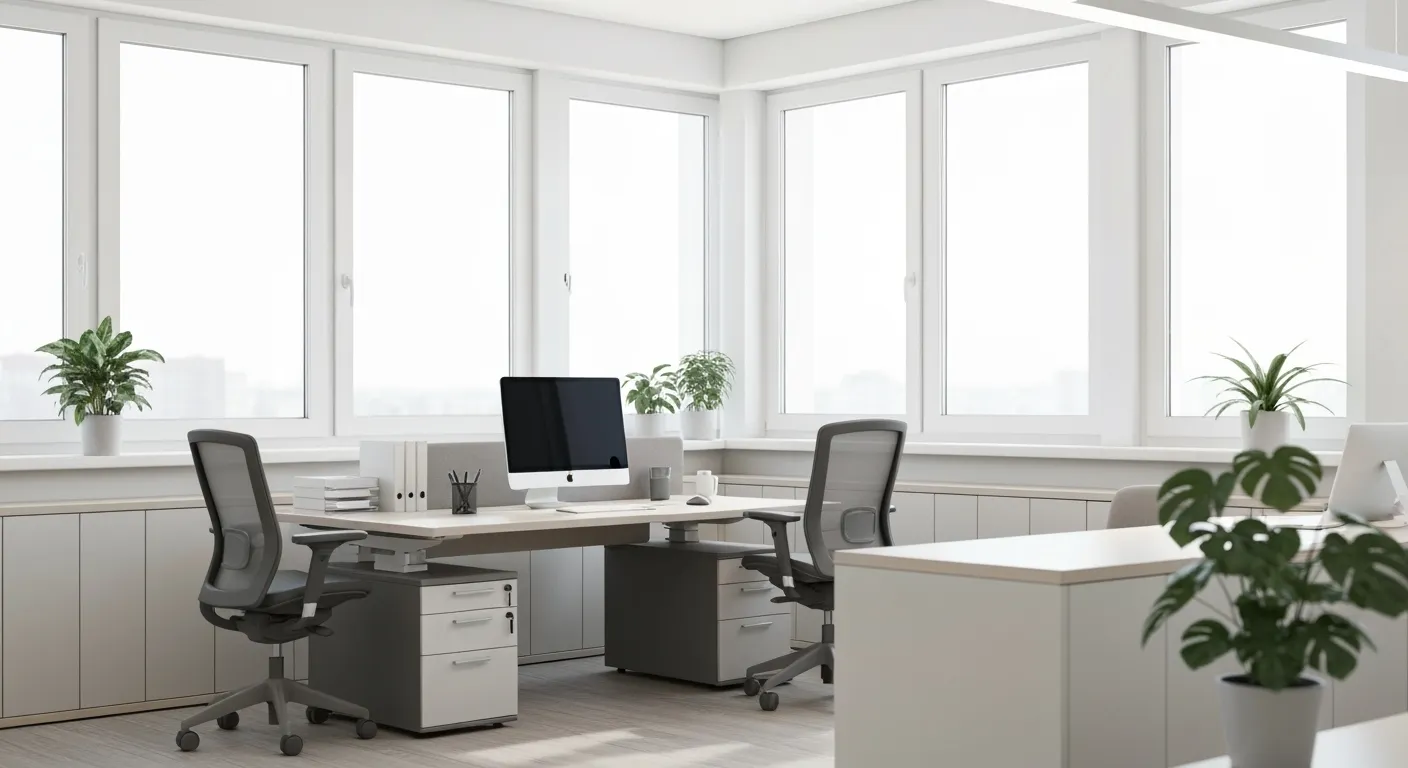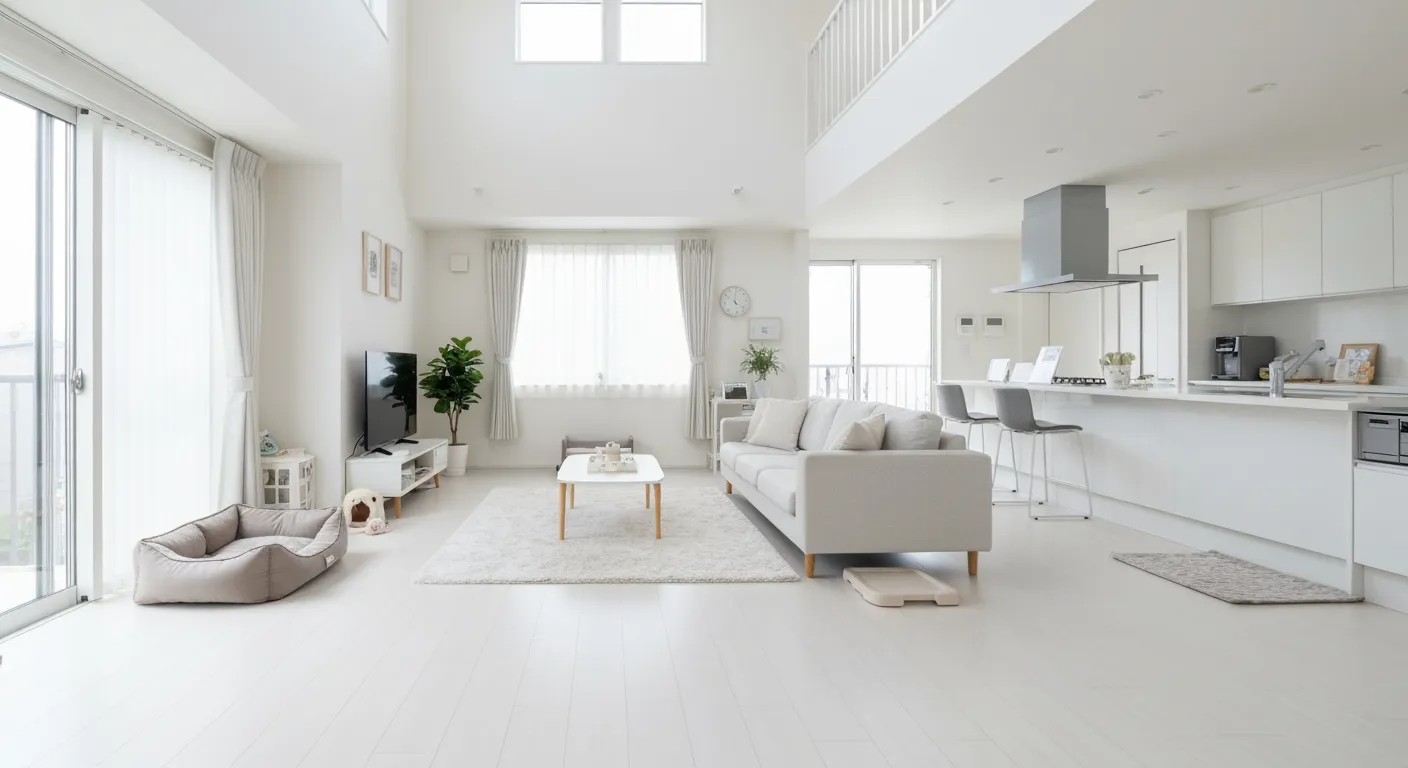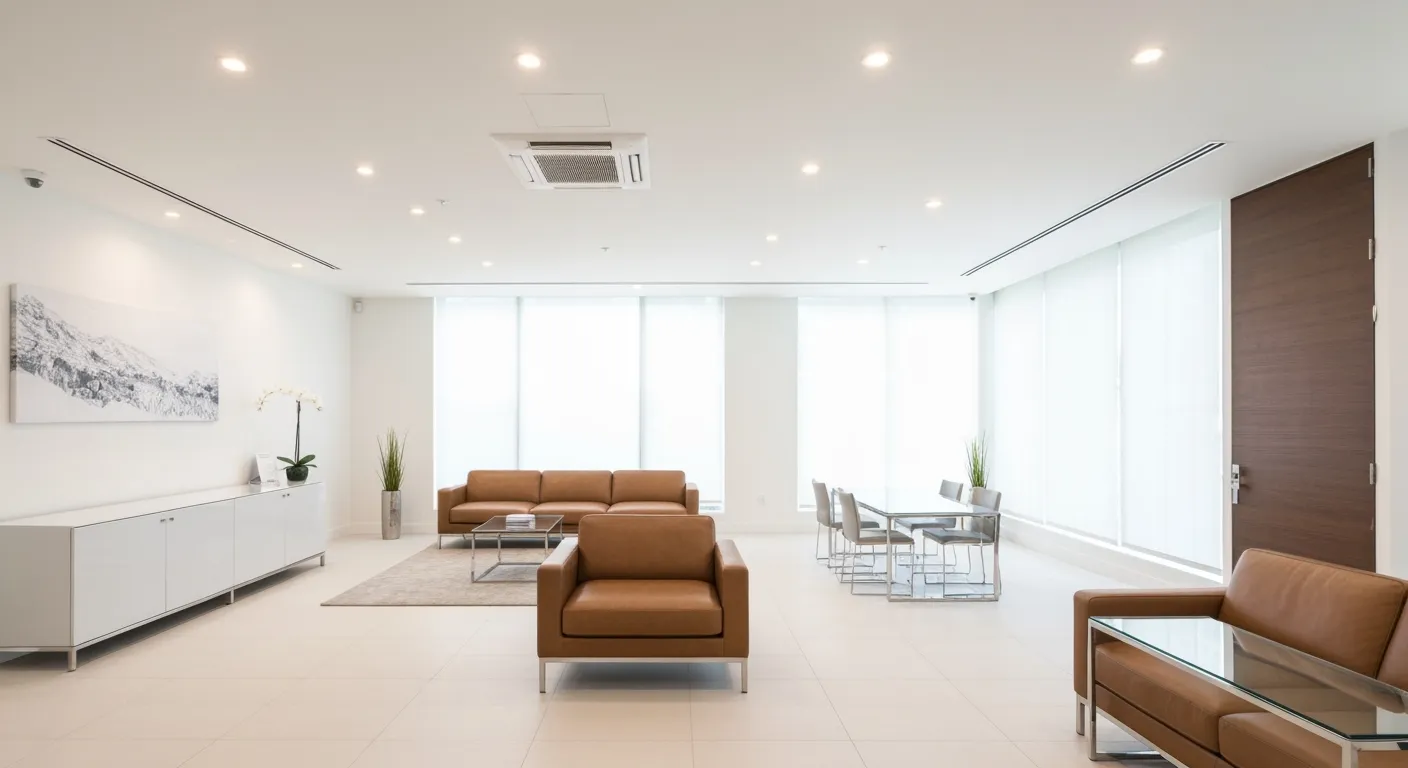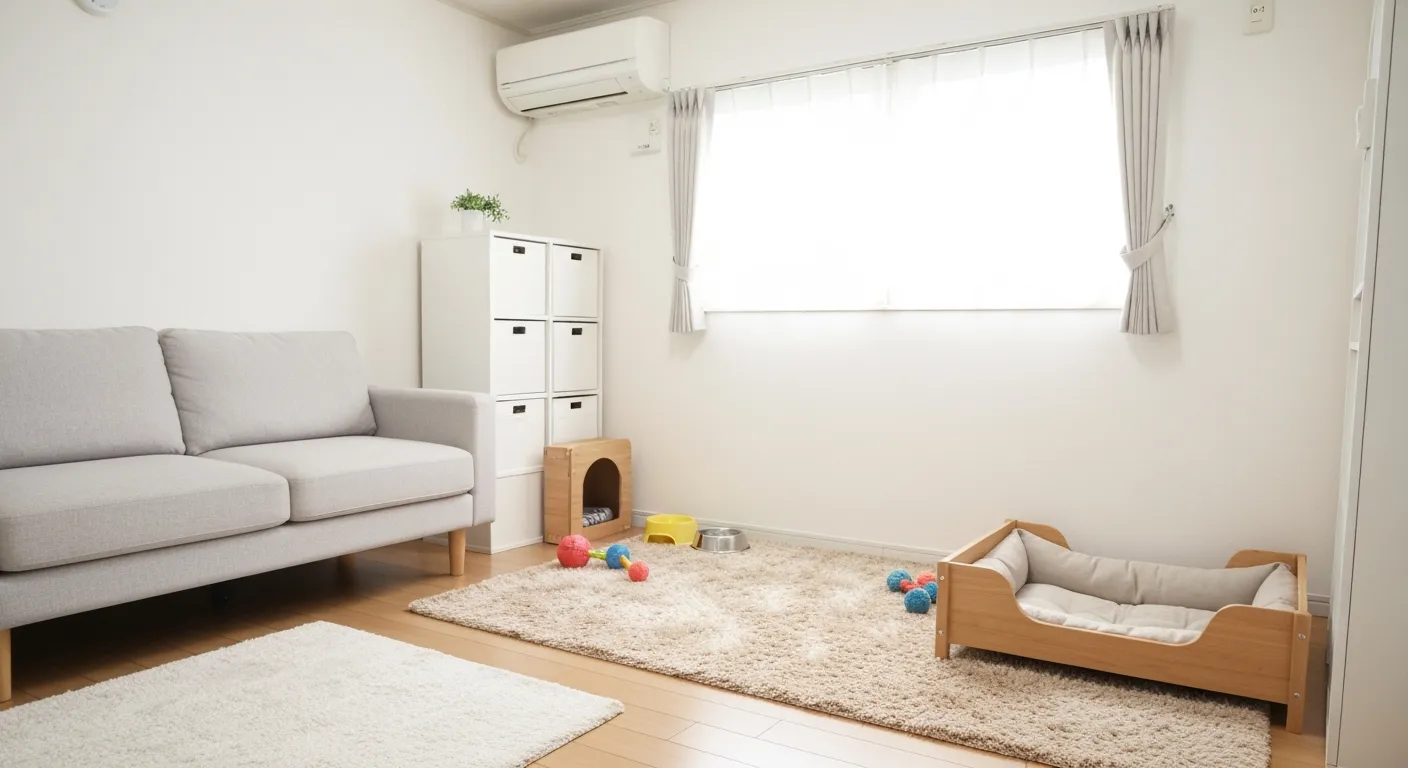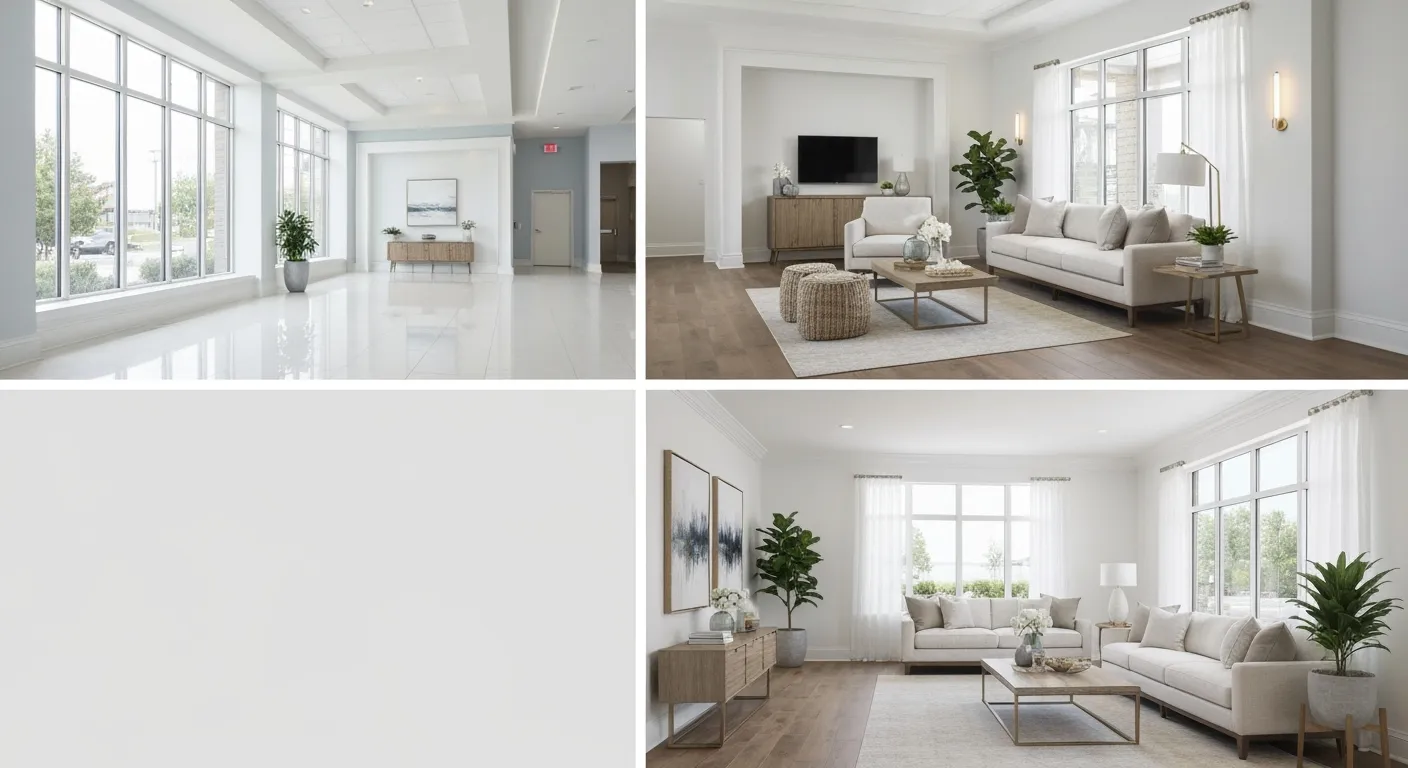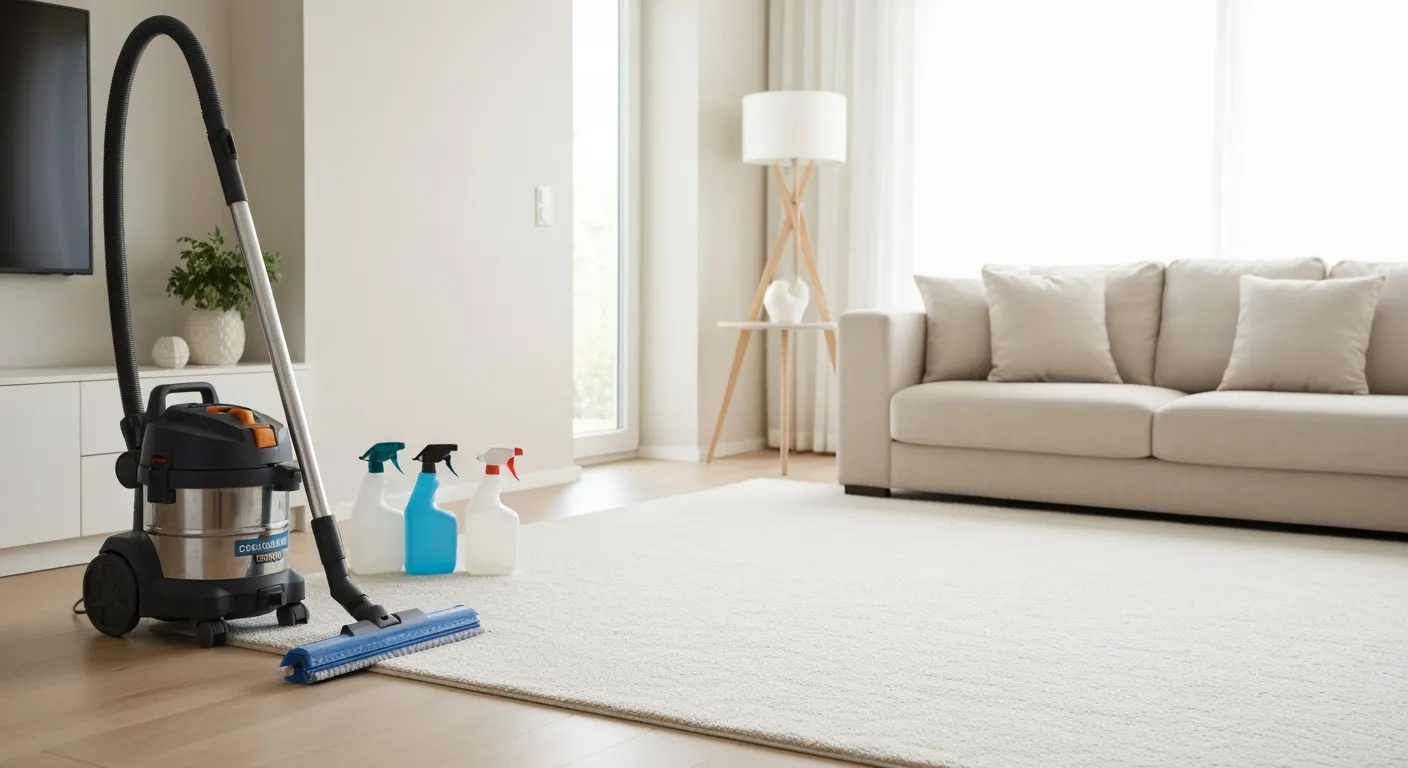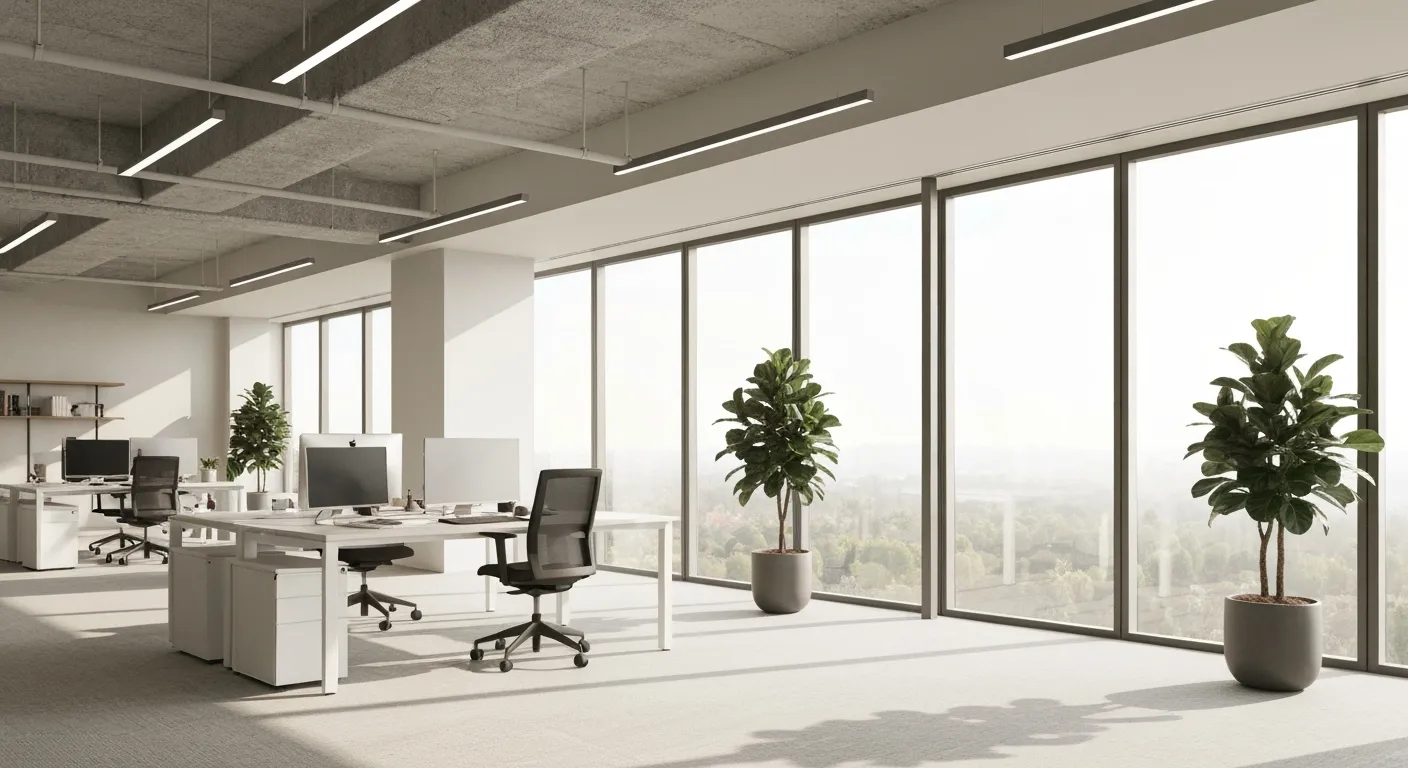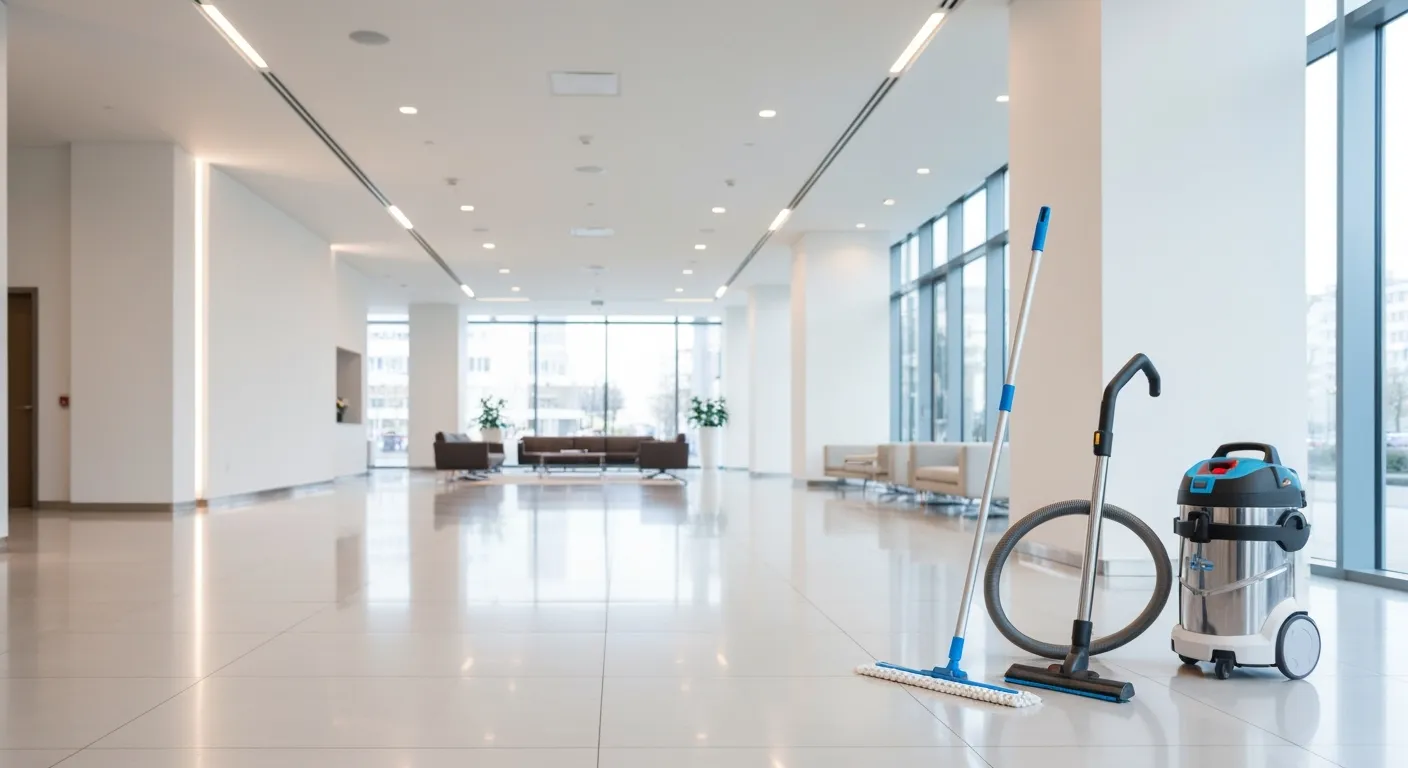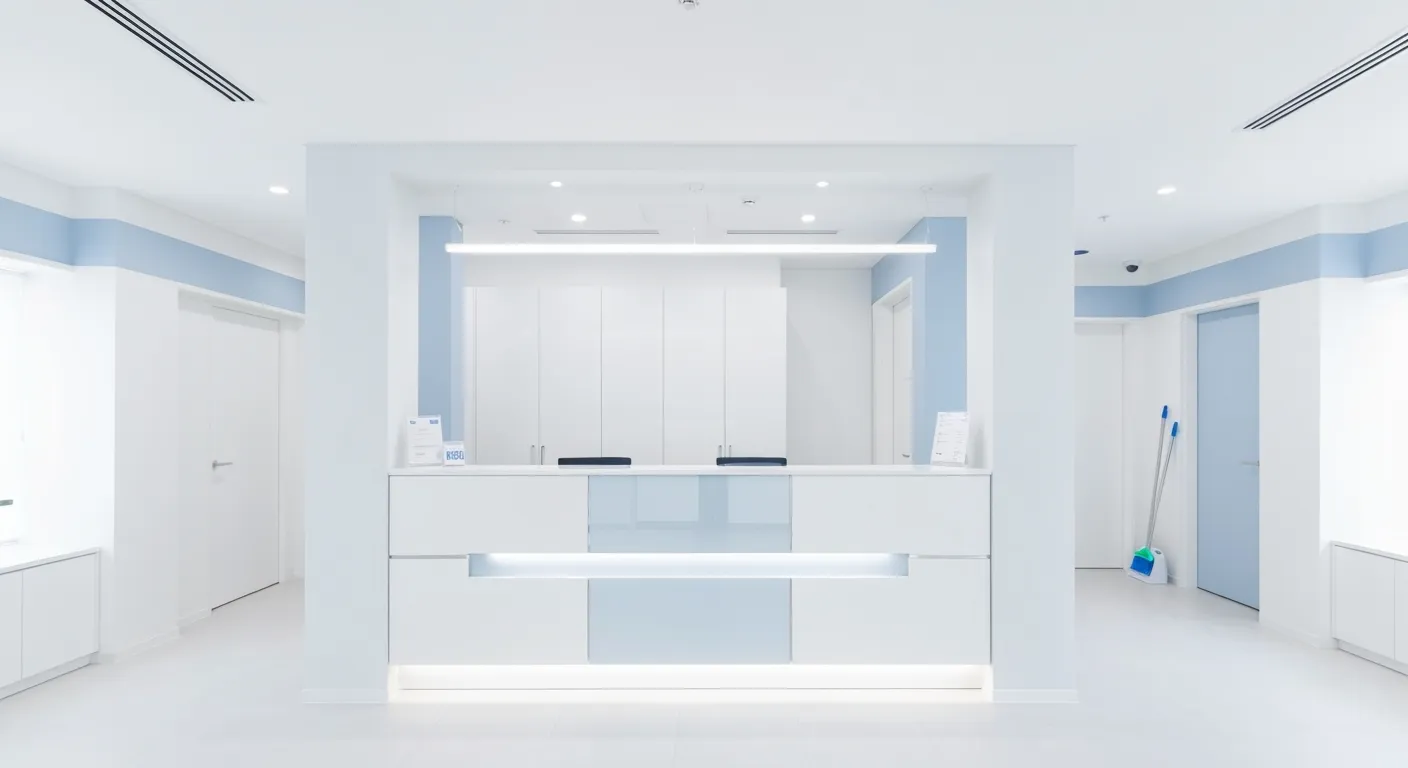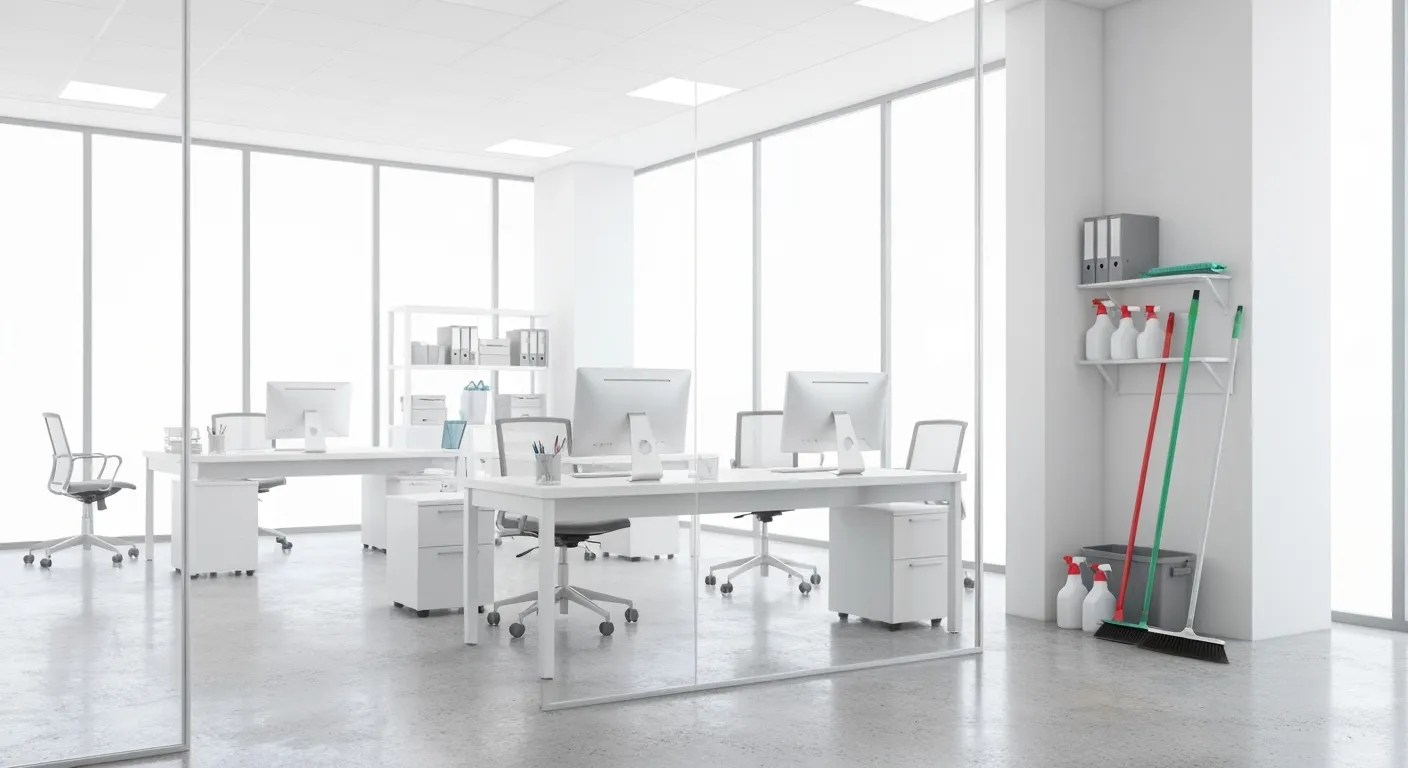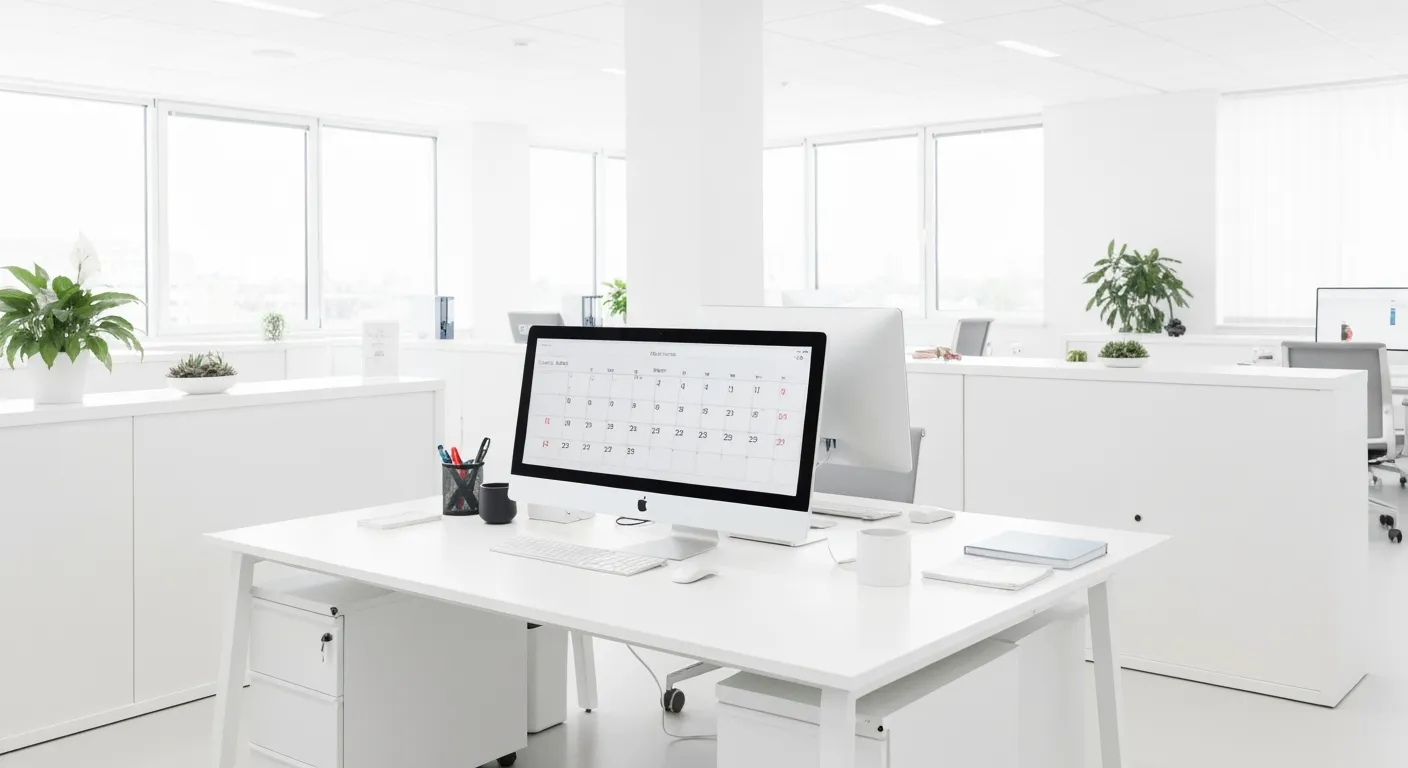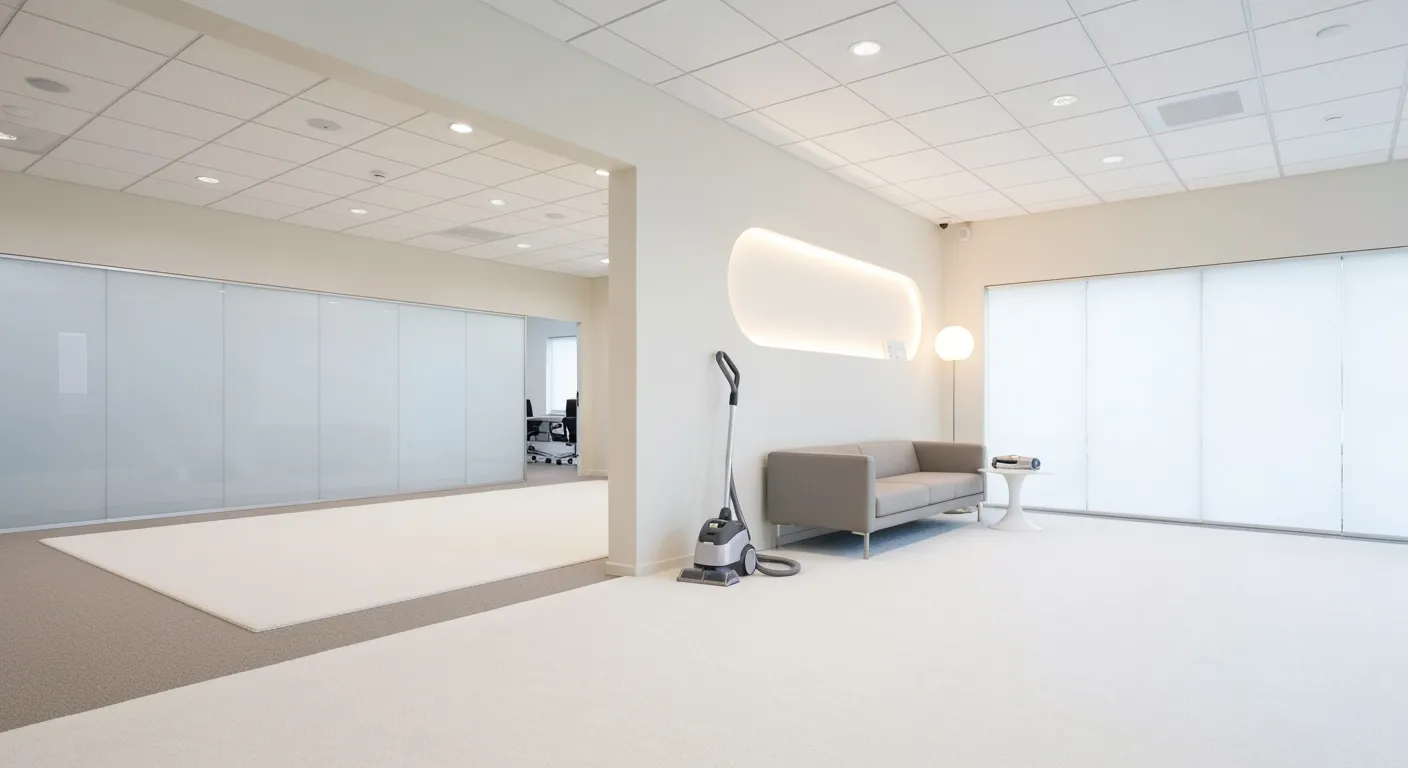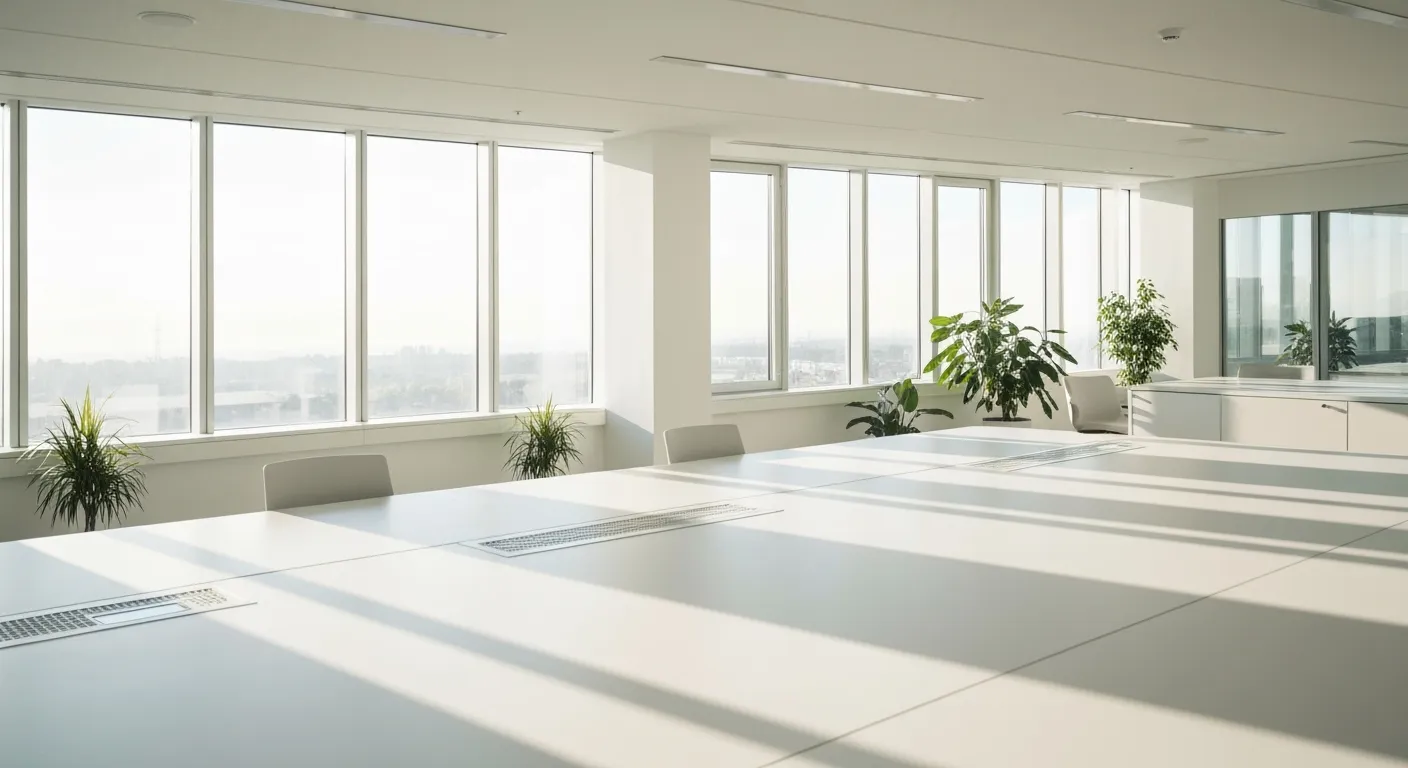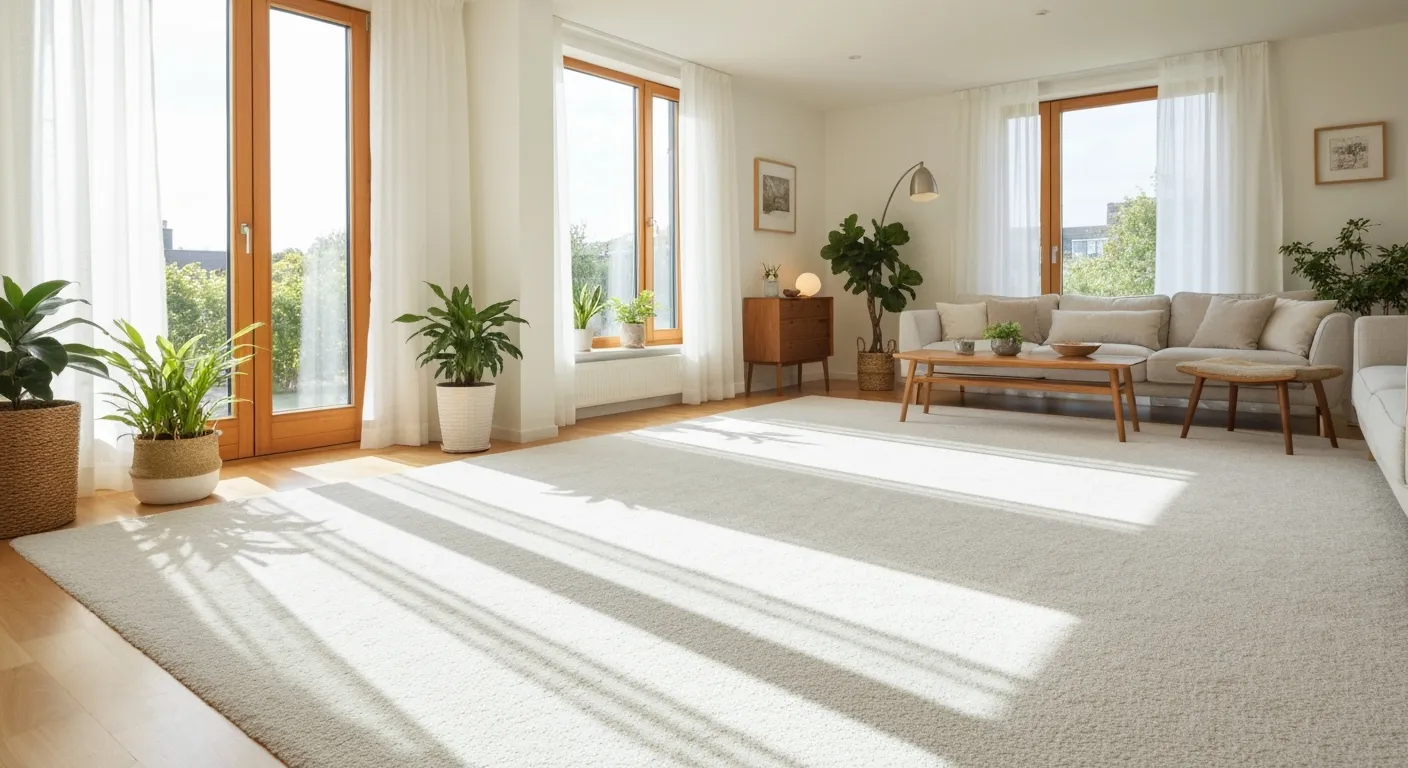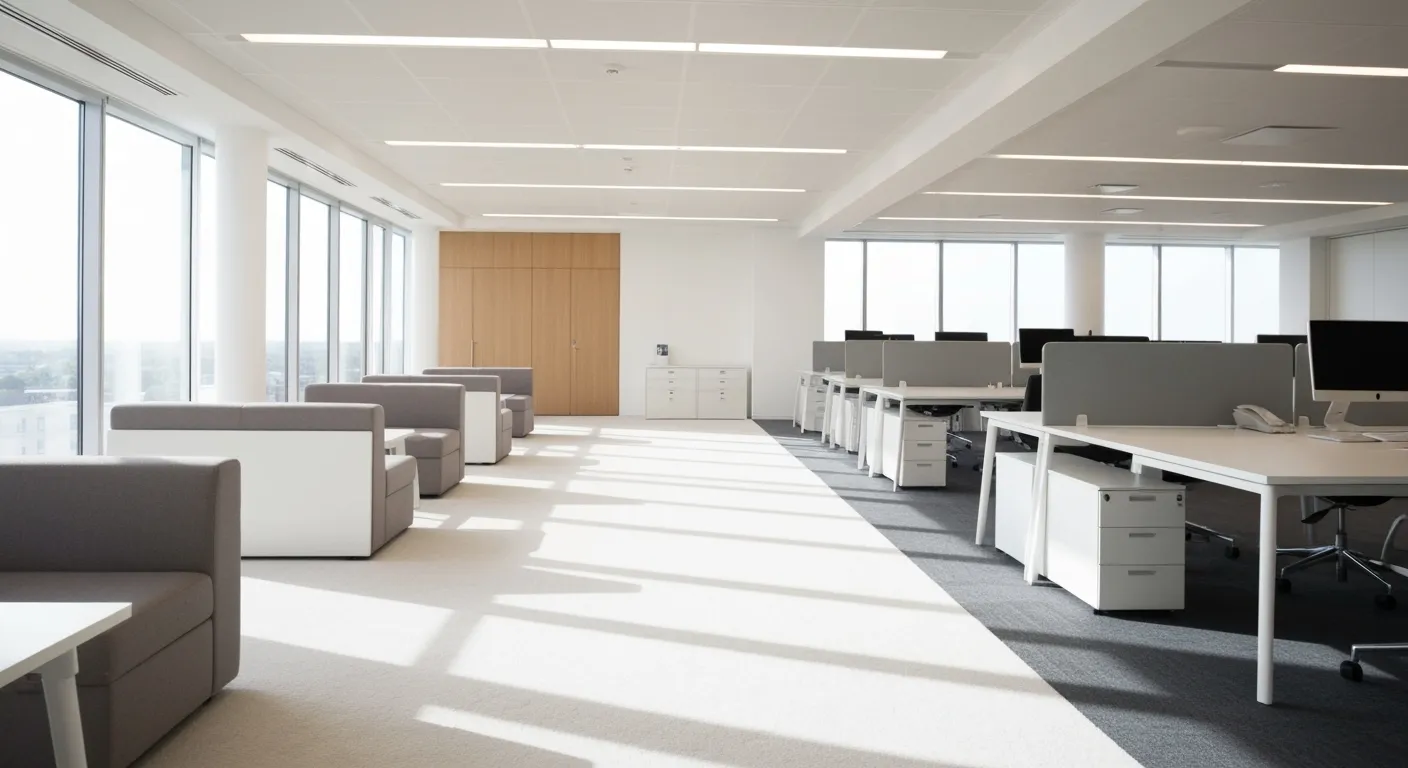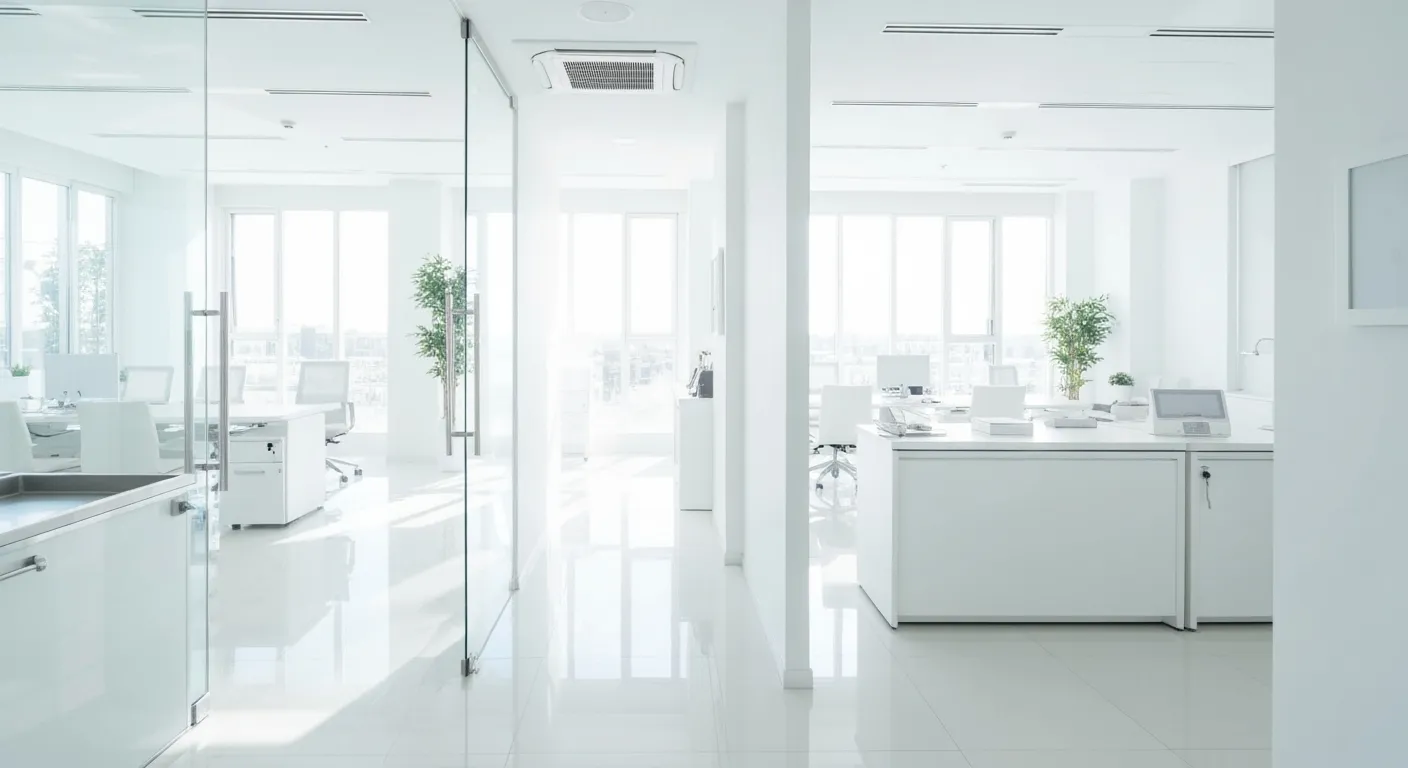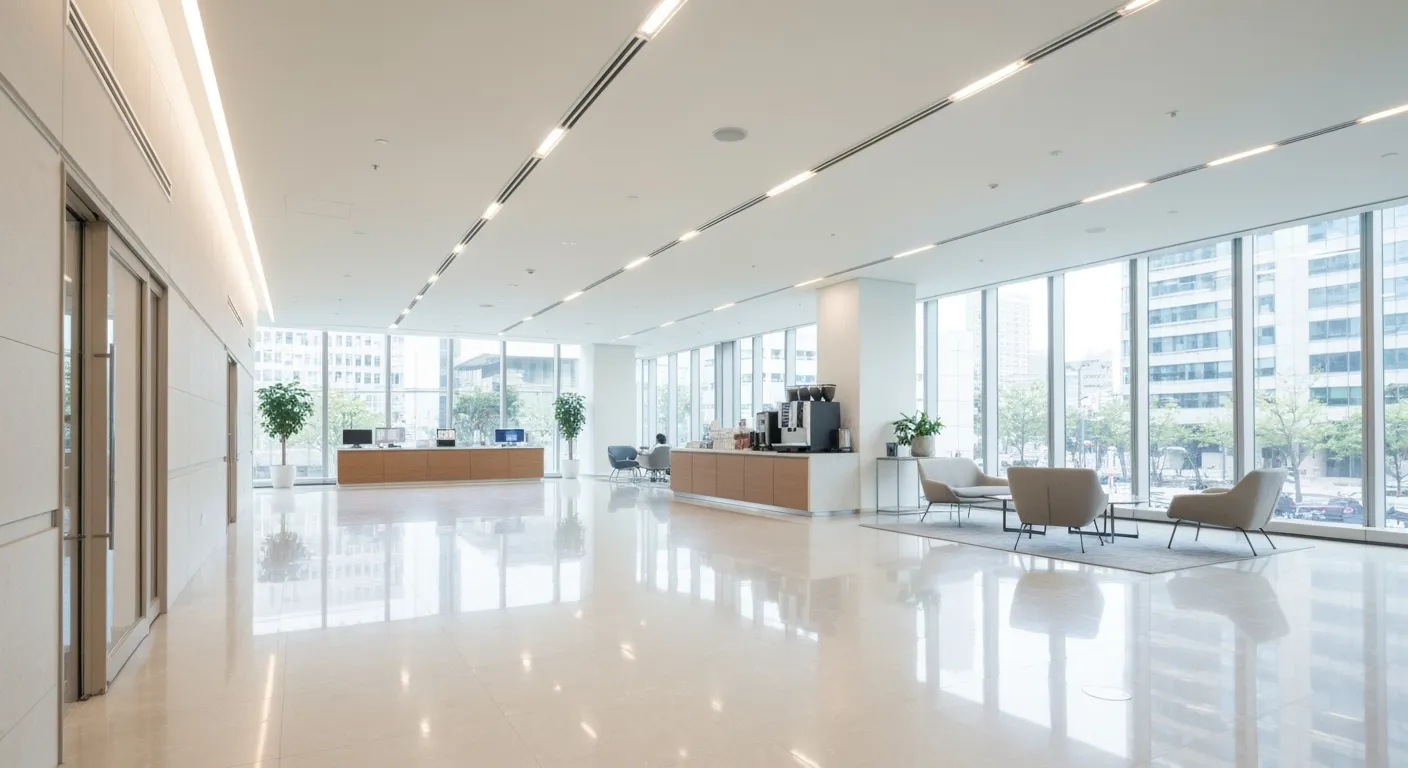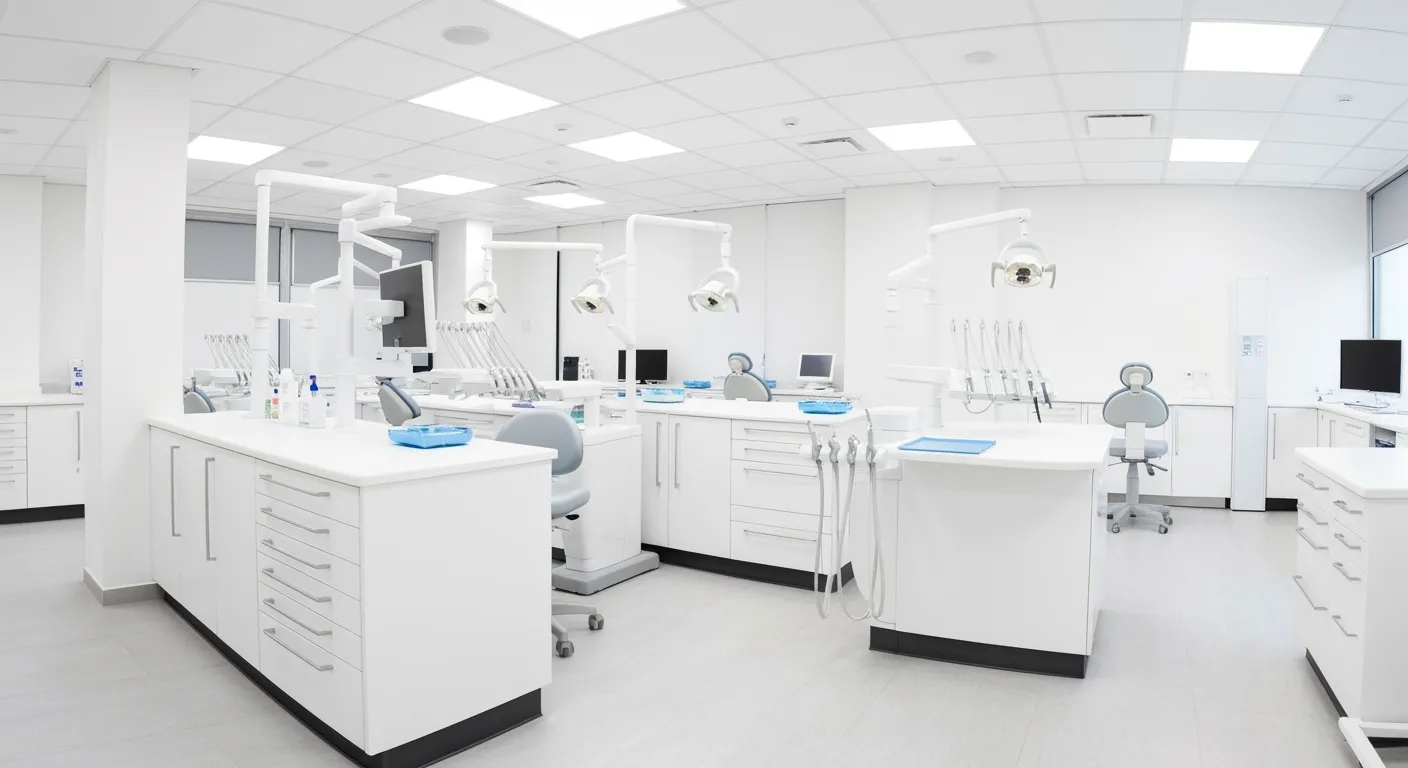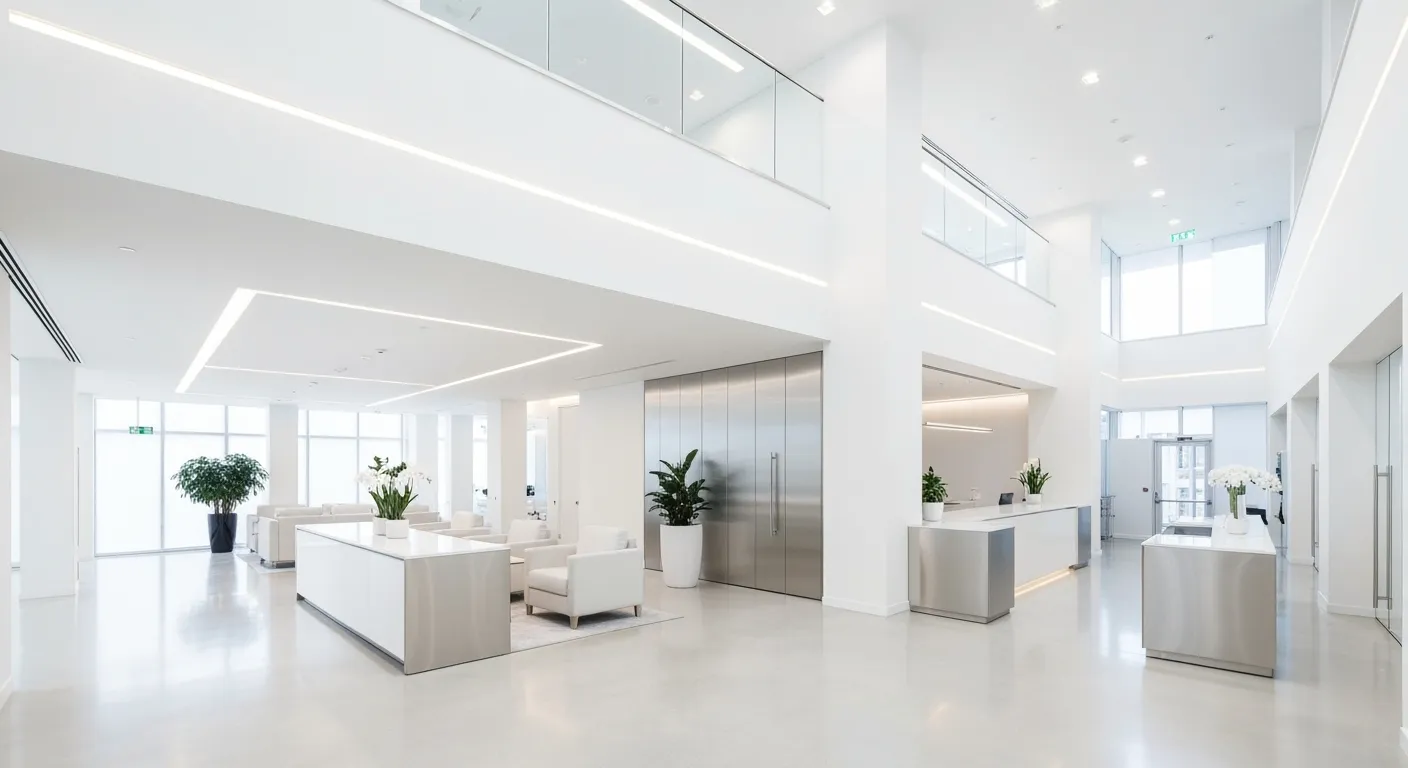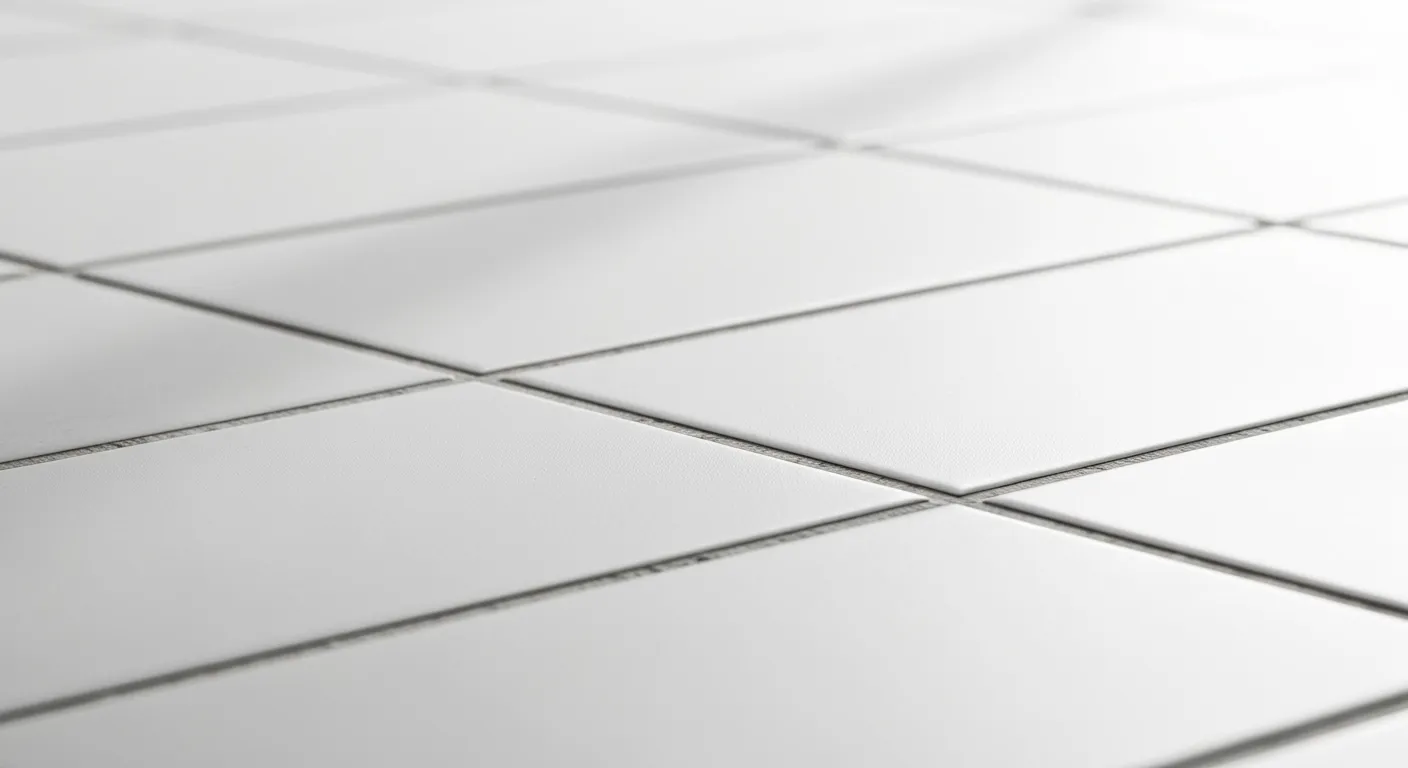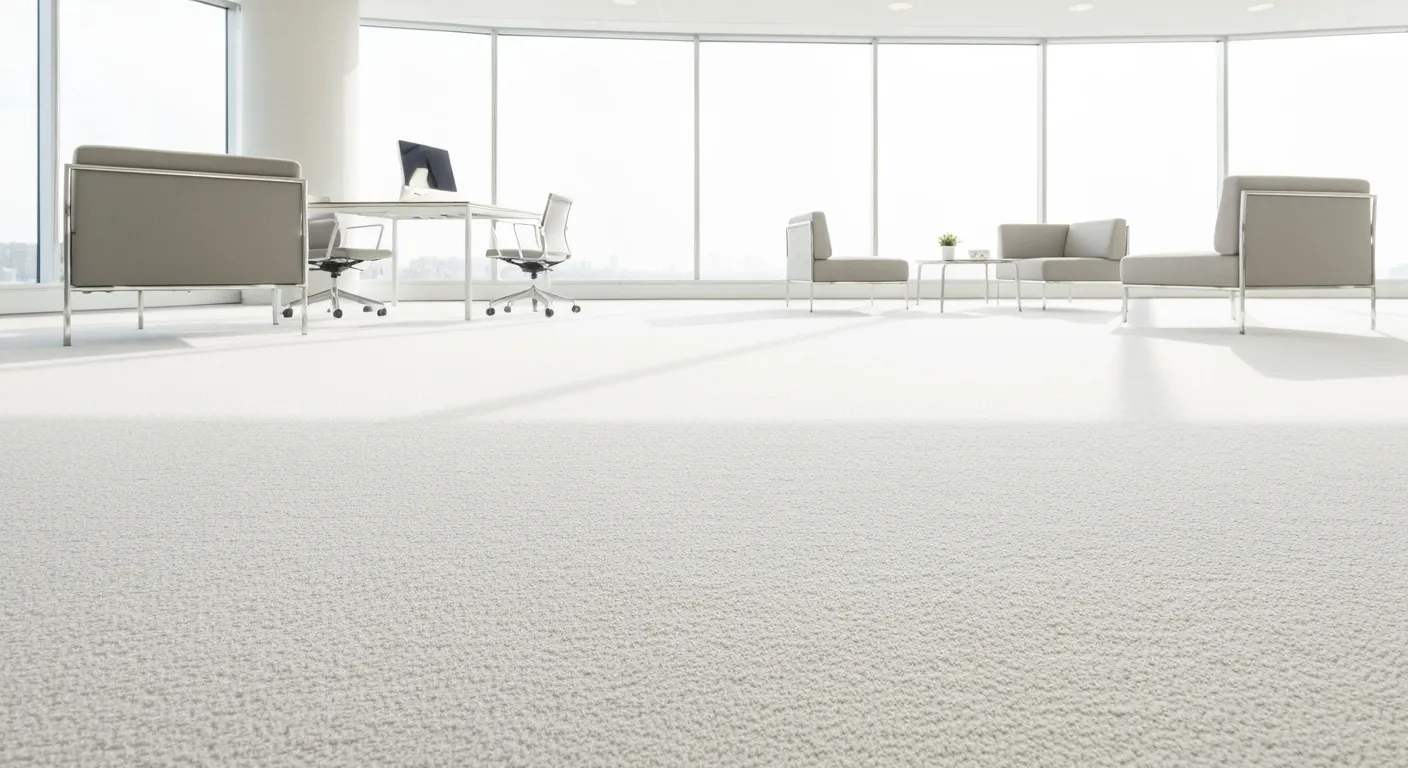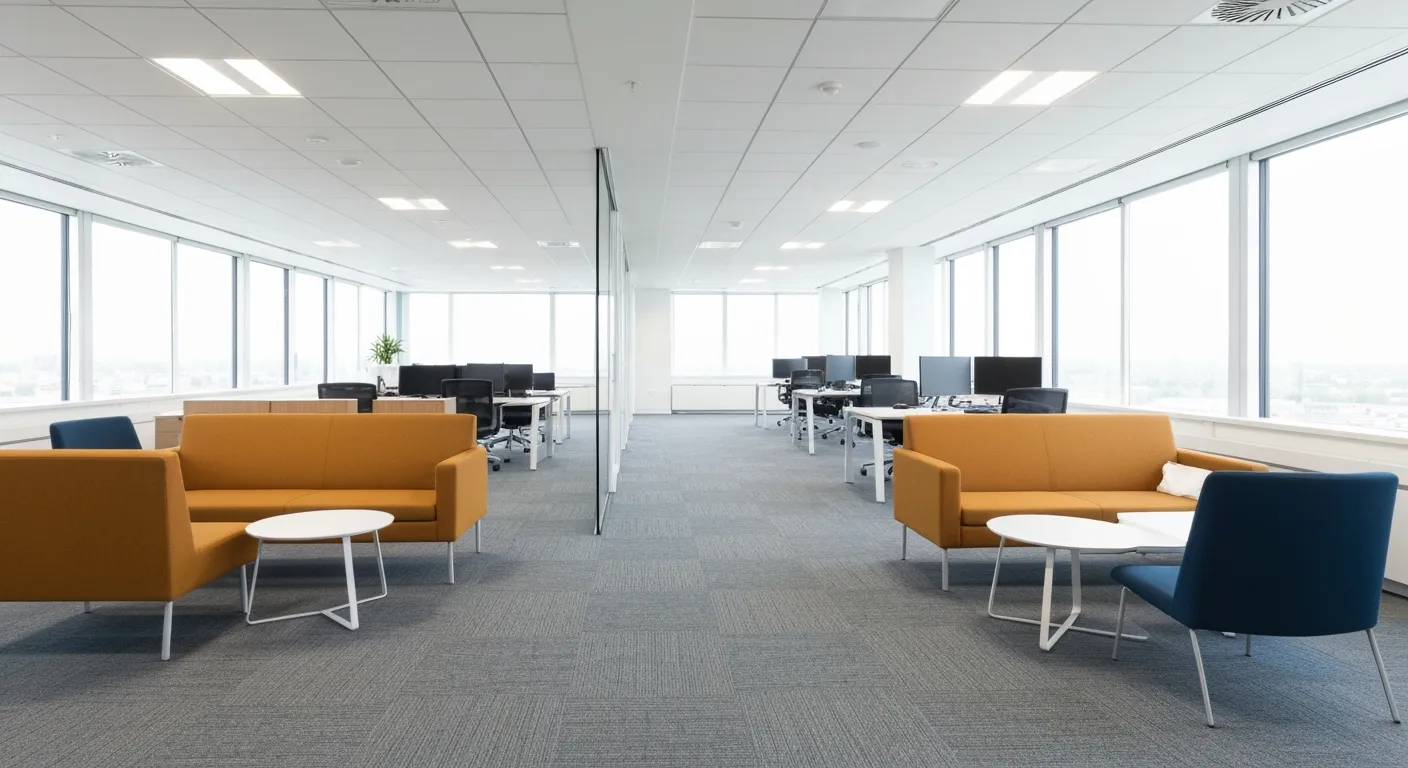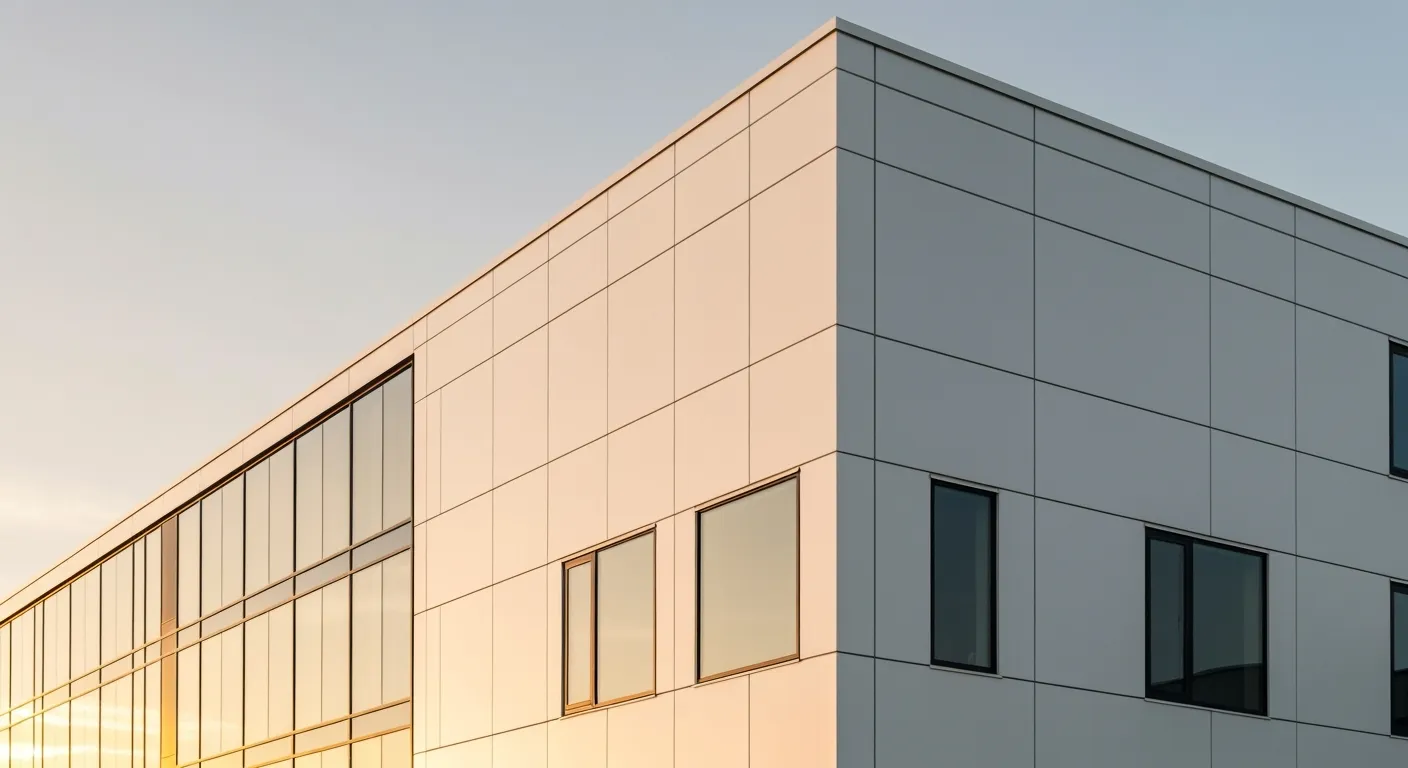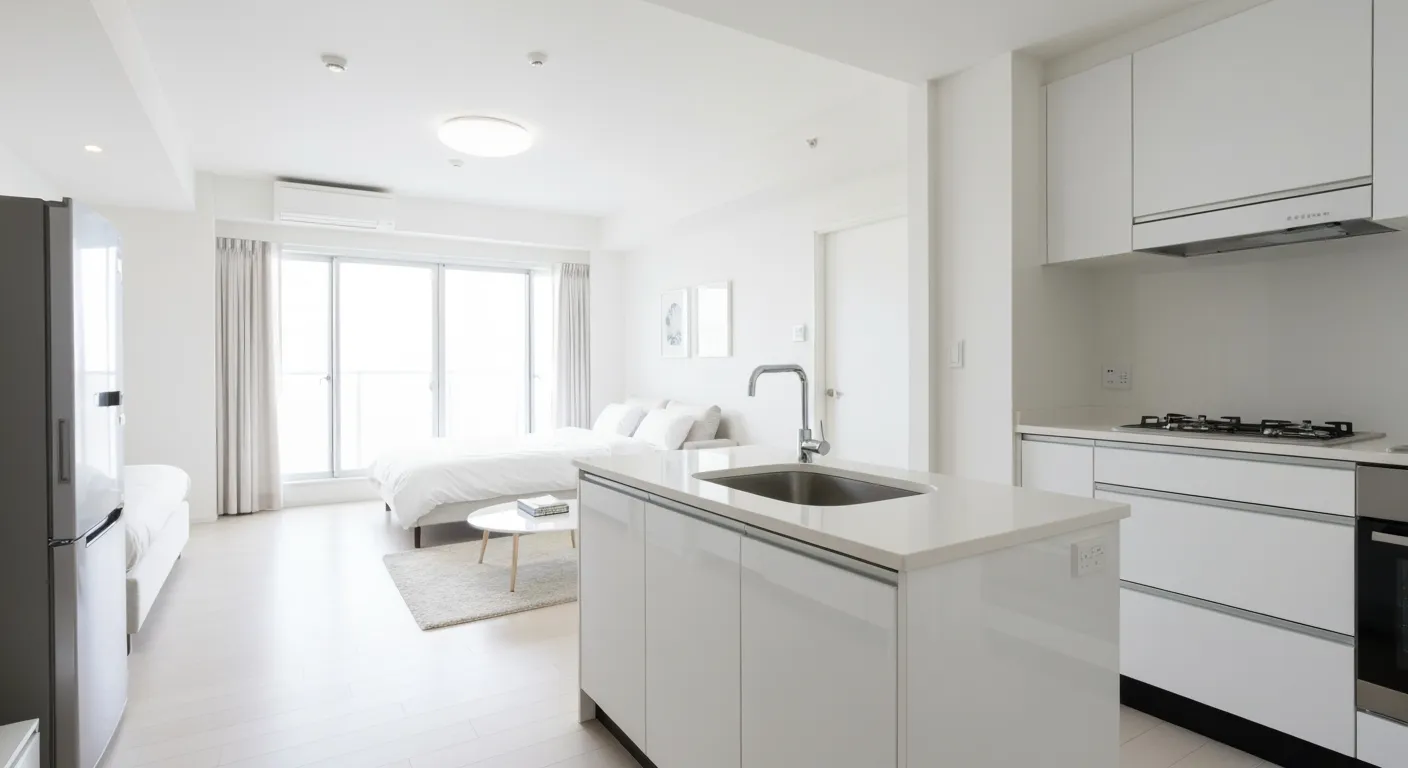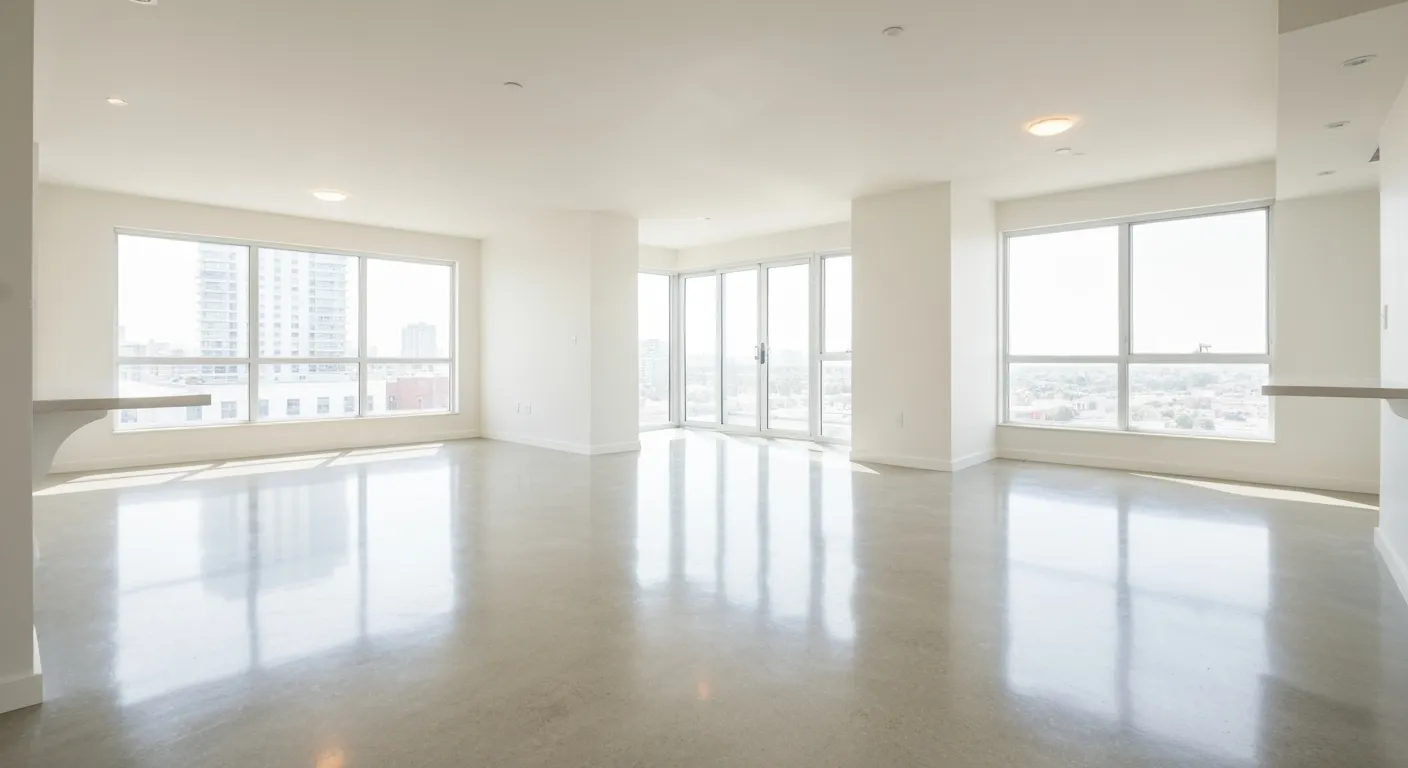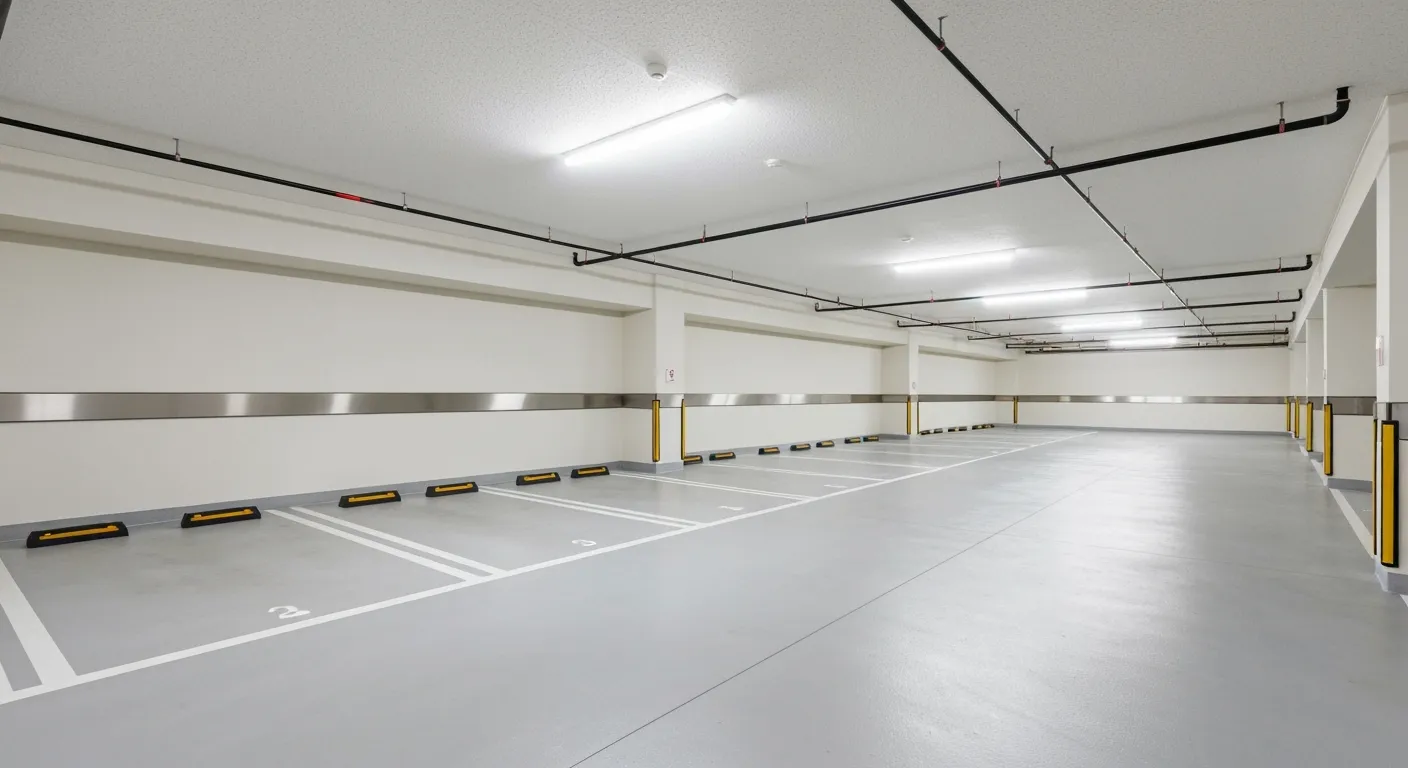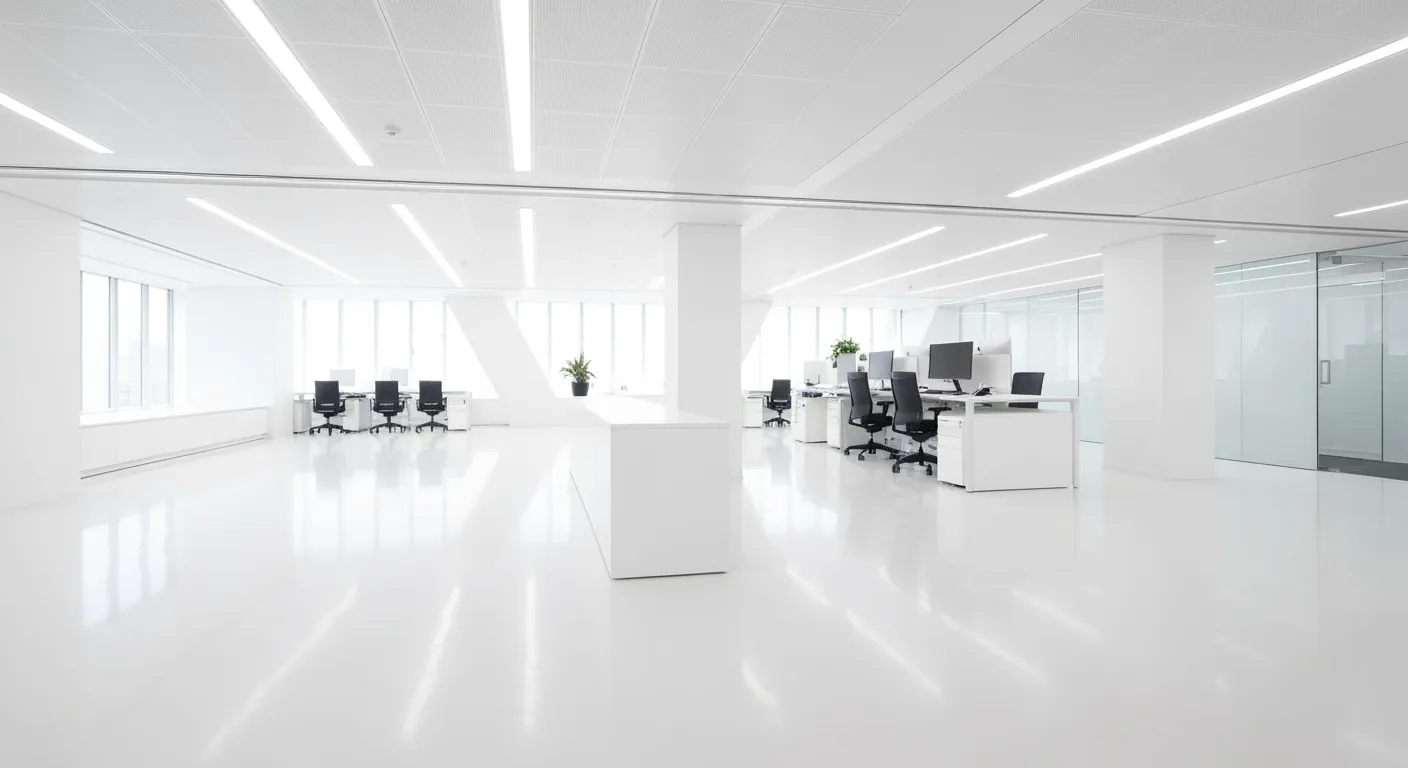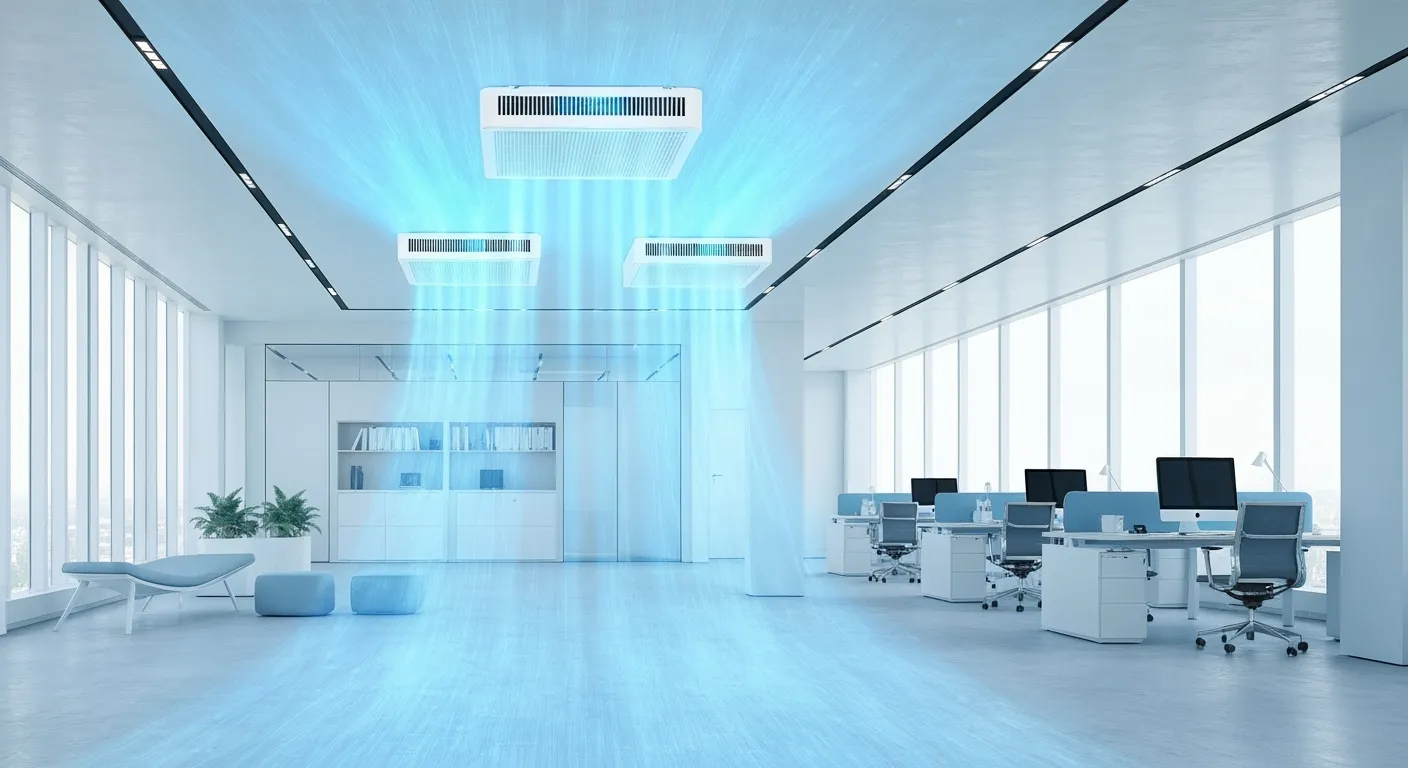Apartment Cleaning Industry Growth Statistics (2020–2025)

Unlocking Growth in Apartment Cleaning: A Five-Year Overview
The apartment cleaning industry, a vital segment within the global cleaning services market, has undergone notable growth and transformation from 2020 to 2025. Spurred by rising hygiene awareness, technological innovations, and shifting consumer preferences, this sector reflects broader industry trends toward sustainability and digital integration. This article explores the comprehensive growth statistics, trends, market projections, technological breakthroughs, and key factors influencing the apartment cleaning market during this dynamic period.
Market Size and Growth Statistics of the Apartment Cleaning Industry (2020–2025)
What is the market size and growth statistics of the apartment cleaning industry from 2020 to 2025?
The apartment cleaning sector is an integral part of the larger global cleaning services industry, which is experiencing consistent expansion. While specific data solely for apartment cleaning are limited, the overall market was valued at approximately USD 415.93 billion in 2024 and is projected to reach around USD 616.98 billion by 2030. The industry is expected to grow steadily at a compound annual growth rate (CAGR) of about 6.9% from 2025 to 2030.
In terms of regional influence, North America currently represents a significant share, accounting for over 32% of the market in 2024. This high regional demand is driven by urbanization, increased consumer disposable incomes, and heightened focus on hygiene, especially in residential settings like apartments.
Growth factors fueling this expansion include advances in cleaning technology, a rising preference for eco-friendly and sustainable products, and changing consumer habits favoring convenience and professional cleaning services. Specifically for apartments, the segment is showing robust growth, with a steady rate of about 4.9% in residential cleaning services over the forecast period.
Overall, although the apartment cleaning industry constitutes a smaller subsection within the broader cleaning market, its continuous growth aligns with market trends toward automation, green cleaning solutions, and increased urban living. As a result, the sector is well-positioned for ongoing expansion in response to demographic shifts, technological innovations, and evolving consumer expectations.
Key Trends and Developments in Apartment Cleaning (2020–2025)

What are the key trends and developments in the apartment cleaning industry during 2020 to 2025?
Between 2020 and 2025, the apartment cleaning sector experienced significant shifts driven by environmental, technological, and health concerns. One primary trend was the move toward eco-friendly and sustainable cleaning practices. Companies increasingly adopted biodegradable products, which are safer for both residents and the planet, along with green certifications that appeal to environmentally conscious consumers.
Technology also played a pivotal role during this period. The integration of robotics, AI, and IoT devices revolutionized cleaning operations. Robotic vacuum cleaners and automated scrubbers improved efficiency, while AI-powered systems optimized schedules and resource allocation. These innovations not only enhanced service quality but also reduced operational costs.
The COVID-19 pandemic heightened awareness about hygiene and cleanliness, leading to a surge in demand for residential cleaning services. Customers prioritized regular sanitation to mitigate health risks, prompting companies to adapt by offering specialized disinfectant and deep-cleaning options.
Furthermore, new niche markets emerged within the cleaning industry. There was increased focus on healthcare cleaning, mold remediation, and allergen-specific services, meeting the specific needs of sensitive populations. Overall, these developments positioned apartment cleaning to meet modern demands for health, sustainability, and technological integration.
Market Forecasts and Future Projections for Apartment Cleaning

What are the market forecasts and future projections for the apartment cleaning sector?
The apartment cleaning industry is poised to experience consistent expansion over the coming years. Driven by increasing consumer awareness about hygiene, eco-friendly practices, and technological advancements, this sector is expected to grow steadily. Globally, the overall cleaning services market is projected to grow at a compound annual growth rate (CAGR) of about 6.9% to 7.2% from 2025 to 2030-2032.
By 2030, the industry is anticipated to approach a valuation that reaches several hundred billion dollars, reflecting its significant role in the global economy. The emphasis on green cleaning solutions and automation, including AI-powered tools and robotic cleaning systems, will further fuel this growth.
Regional leaders include North America, which is expected to hold the largest revenue share, mainly due to high urbanization rates, disposable incomes, and ongoing demand for residential and commercial cleaning services. Meanwhile, emerging markets in Asia Pacific and Europe will witness rapid growth, driven by increasing construction activities and rising hygiene standards.
Consumers are increasingly seeking customized services, flexible scheduling, and eco-friendly solutions. As a result, service providers are investing in green chemicals, biodegradable products, and smart cleaning technology to meet these evolving expectations.
In summary, the future of apartment cleaning hinges on continued innovation and sustainability, ensuring that the industry adapts to both technological developments and shifting consumer preferences while maintaining robust growth projections.
Technological Advancements Transforming Apartment Cleaning (2020–2025)

What technological advancements and innovations have impacted the apartment cleaning industry from 2020 to 2025?
From 2020 to 2025, the apartment cleaning industry experienced significant technological growth that revolutionized service delivery and operational efficiency. AI-powered robotic cleaning tools, such as autonomous vacuum cleaners and floor scrubbers, became more sophisticated and capable of performing tasks without human intervention. These robots improved cleaning precision and reduced labor costs for service providers.
Internet of Things (IoT) technology also played a crucial role. IoT-connected devices allowed real-time monitoring of cleaning processes, resource consumption, and equipment status, ensuring optimal performance. This connectivity facilitated proactive maintenance and resource management, leading to better customer satisfaction.
Touchless sanitization methods gained prominence, especially in the wake of the COVID-19 pandemic. UV light disinfection units and electrostatic sprayers provided enhanced hygiene standards while minimizing contact and cross-contamination risks. These innovations met increased hygiene awareness among consumers.
Moreover, advancements in cleaning management software helped streamline operations. These platforms integrated scheduling, customer relationship management, analytics, and eco-friendly cleaning practices. They enabled cleaning companies to optimize their workflows, improve scheduling accuracy, and adopt sustainable cleaning solutions.
Overall, the integration of AI, IoT, touchless technologies, and advanced management software has dramatically improved the quality, efficiency, and safety of apartment cleaning services during this period.
Primary Demand Drivers Fueling Apartment Cleaning Industry Growth
What are the main demand drivers and factors contributing to growth in the apartment cleaning industry from 2020 to 2025?
The apartment cleaning industry experienced notable growth between 2020 and 2025, driven by several interconnected factors. The COVID-19 pandemic significantly elevated hygiene awareness among consumers, leading to a surge in demand for professional cleaning services. People prioritized cleanliness to reduce virus transmission, making regular cleaning a necessity rather than an option.
Technological innovations also played a vital role. Automation tools, AI-powered cleaning systems, and smart cleaning devices improved service quality and operational efficiency. These advancements made it easier and more reliable for consumers to access cleaning solutions, boosting industry growth.
Demographic shifts, including increasing urbanization and aging populations, expanded the customer base. Urban residents often seek convenient and reliable cleaning services due to busy lifestyles. Meanwhile, higher disposable incomes enabled consumers to allocate more funds toward health, wellness, and cleanliness, further fueling market demand.
Moreover, the rising preference for environmentally friendly products and sustainable cleaning methods contributed to growth. Consumers gravitated towards green and biodegradable cleaning solutions, encouraging companies to develop and promote eco-friendly products.
Overall, a combination of heightened hygiene consciousness, technological progress, demographic changes, increased purchasing power, and sustainability trends underpinned the expansion of the apartment cleaning industry during this period.
Comprehensive Industry Classifications of Cleaning Services
What are the overall cleaning services industry classifications?
The cleaning services industry is primarily classified under the North American Industry Classification System (NAICS) code 561720. This classification covers a broad spectrum of interior cleaning services such as building custodial work, housekeeping, restroom sanitation, and transportation equipment cleaning. These services are vital in maintaining hygiene standards across commercial, residential, and transportation sectors.
Additionally, other relevant classifications include NAICS code 561790, which focuses on exterior cleaning activities, and NAICS 238990, covering specialized trades like sandblasting. Industry group 5617 encompasses exterminating services, landscaping, and carpet cleaning, illustrating the diverse range of cleaning activities.
Furthermore, NAICS category 7349, labeled 'Building Cleaning and Maintenance Services, Not Elsewhere Defined,' reflects an expansive classification that includes a variety of cleaning and maintenance tasks beyond standard services. This broad categorization ensures that all specialized cleaning needs, from eco-friendly disinfectant application to high-tech robotic cleaning, are encompassed within the industry framework.
Overall, these classifications help structure the industry, guiding businesses and regulators in defining scope, standards, and growth potential, as the sector continues to evolve with technological advancements and increasing demand for sustainable cleaning solutions.
Regional and Demographic Insights Driving Market Expansion
North America’s market dominance and growth
North America leads the global cleaning services industry, holding over 37% of the market share in 2024. The United States alone boasts a cleaning industry valued at over USD 90 billion in 2022, with an increasing number of businesses and employment opportunities. Expenditures on janitorial and cleaning services are driven by high hygiene standards, urban development, and technological innovation, making the region a central hub for market growth.
Asia Pacific’s rapid CAGR
The Asia Pacific region is projected to grow at the fastest rate during the forecast period, driven by urbanization, population growth, and rising disposable incomes. With a substantial share of global revenue, this region is expanding its cleaning service infrastructure, including commercial and residential segments. Rapid development of real estate projects and increasing emphasis on hygiene further accelerate growth.
Europe’s growing sanitation focus
Europe is increasingly prioritizing sanitation and health standards, prompting a surge in cleaning service demand across residential, commercial, and healthcare sectors. Initiatives aimed at sustainability and eco-friendly practices are influencing market strategies, fostering innovation and eco-conscious product adoption.
Urbanization and disposable income effects
In major urban centers worldwide, rising disposable incomes are allowing consumers and businesses to invest more in professional cleaning services. Urban lifestyles increase the demand for efficient, high-tech, and eco-friendly solutions, shaping consumer preferences and market offerings.
Regional consumer preferences
Preferences vary regionally, with North American markets favoring advanced, high-tech cleaning solutions and green products, while Asian consumers focus on affordability and rapid service. European buyers tend toward sustainable and environmentally friendly services, influencing global industry trends.
Sustainability and Green Cleaning: Reshaping the Apartment Cleaning Landscape

Market Size and Growth of Green Cleaning
The global household green cleaning products market is expected to reach approximately $320.95 billion by 2024, reflecting the rising consumer focus on environmentally friendly options. Concurrently, the green cleaning segment is projected to account for about 30% of the total cleaning industry revenue by 2025, indicating significant growth driven by consumer preferences.
Eco-friendly Product Adoption
With increasing awareness of health and environmental issues, there has been a notable shift towards eco-friendly cleaning products. Consumers are increasingly opting for biodegradable, non-toxic, and enzyme-based cleaners, which are safer for both households and the environment. This trend is supported by innovations in product formulations that prioritize sustainability.
Biodegradable and Non-toxic Innovations
Recent advancements include the development of biodegradable and non-toxic cleaning solutions, which reduce chemical pollution. Enzyme-based cleaners and electrolyzed water technology are gaining popularity as safe yet effective alternatives to traditional chemical cleaners. These innovations help minimize negative health impacts and foster environmentally responsible cleaning practices.
Consumer Demand for Sustainability
Demand for green cleaning solutions is driven by heightened hygiene awareness and a desire for healthier living environments. The COVID-19 pandemic further accelerated this shift, highlighting the importance of effective yet eco-friendly sanitization methods. As a result, consumers now expect sustainable options across various cleaning products and services.
Environmental Impact and Regulatory Trends
The adoption of eco-friendly cleaning products aligns with evolving environmental regulations that aim to reduce chemical pollutants and plastic waste. Countries and regions are implementing stricter standards, encouraging companies to innovate and market greener solutions. This regulatory landscape supports the industry's transformation towards sustainability.
| Aspect | Details | Implications |
|---|---|---|
| Market Size (2024) | USD 320.95 billion for green cleaning products | Growing consumer and industry investments |
| Industry Share (2025) | 30% of total cleaning industry revenue | Indicative of mainstream adoption |
| Innovations | Enzyme-based and electrolyzed water solutions | Safer, sustainable, and effective options |
| Consumer Trends | Preference for biodegradable, non-toxic, eco-friendly products | Increased demand for sustainable options |
| Regulatory Engagements | Stricter environmental standards | Incentivizing greener industry practices |
As green cleaning solutions continue to expand, their influence is transforming not only residential cleaning practices but also the broader industry landscape, ensuring a cleaner and more sustainable future.
Impact of COVID-19 on Apartment Cleaning Industry Development

Pandemic-driven hygiene protocols
The COVID-19 pandemic significantly elevated the importance of hygiene in the apartment cleaning industry. Residential cleaning services enhanced their protocols, incorporating more rigorous sanitation measures to meet heightened consumer expectations for cleanliness. This shift not only improved health safety standards but also increased customer trust and demand for professional cleaning.
Supply chain disruptions and recovery
The pandemic initially caused disruptions in the supply chains for cleaning products, including disinfectants and eco-friendly cleaning solutions. However, the industry has been recovering steadily, with manufacturers ramping up production and diversifying sources to meet the growing demand. This recovery has ensured that cleaning businesses can sustain their services without notable shortages.
Rise in sanitization and disinfectant demand
Market growth data reveals a surge in the use of sanitization products, with the global disinfectant market expected to reach over USD 15.3 billion by 2032. Consumers and businesses increasingly prefer disinfectants, especially eco-friendly and UV-based solutions, to maintain health standards. This trend has contributed to expanding service offerings and product innovation within the industry.
Sustained consumer focus on cleanliness standards
Post-pandemic, there is a lasting consumer focus on maintaining high cleanliness standards at home. This ongoing demand has driven growth in residential cleaning services, which are expected to grow at a steady CAGR of around 6.2% through 2027. The emphasis on hygiene and health has also accelerated adoption of green and biodegradable cleaning solutions, aligning with increased environmental awareness.
This combination of safety protocols, supply chain adjustments, product innovation, and persistent consumer demand has fundamentally reshaped the apartment cleaning industry, fostering a more health-conscious and environmentally sustainable market landscape.
Employment Trends Supporting Apartment Cleaning Industry Growth
What are the employment growth rates for janitors and cleaners?
The cleaning industry is experiencing steady employment growth, with an expected increase of about 3% for janitors and building cleaners from 2023 to 2033. This moderate growth reflects ongoing demand driven by rising cleanliness standards and expansion of cleaning services across various sectors.
Is there demand for skilled cleaning professionals?
Yes, the demand for skilled cleaning professionals continues to rise, especially as industries adopt advanced cleaning technologies such as eco-friendly disinfectants, robotics, and AI-powered equipment. Skilled cleaners are increasingly vital in maintaining high hygiene standards, particularly in healthcare, hospitality, and commercial environments.
Are there labor shortages or adjustments happening in the industry?
Despite growth, the industry faces some labor shortages due to the nature of cleaning jobs, which often require physical labor and sometimes work during off-hours. To address this, companies are adjusting by offering better wages, benefits, and training programs to attract and retain workers.
What are the wage trends and workforce expansion patterns?
Wage trends show a gradual increase aligned with the industry’s growth, with many companies enhancing wages to attract more employees. Overall, workforce expansion is supported by new business formation and existing firms scaling operations, ensuring sufficient labor supply to meet rising demand.
This ongoing growth and the focus on skilled labor are key to sustaining the expansion of apartment cleaning services and cleaning industry as a whole.
Competitive Landscape and Industry Innovation Drivers
How competitive is the cleaning industry and who are the main players?
The cleaning services industry is highly competitive with a mix of large international corporations and regional businesses. Major companies such as ABM Industries, Sodexo Group, ISS Group, and Aramark Corporation dominate significant market shares. In the U.S. alone, nearly 1.2 million cleaning businesses are registered, illustrating the fragmented nature of the sector.
These firms often compete on service quality, technological innovation, and eco-friendly offerings. For example, successful dry cleaners and janitorial companies report annual revenues around $759,000, and industry growth is driven by increasing demand across commercial, residential, and specialized sectors.
How are high-tech solutions and eco-conscious services reshaping the industry?
Innovation is a cornerstone of current industry growth. Companies are investing in AI-powered robotic cleaning solutions, launched in 2022, which improve efficiency and reduce labor costs. The adoption of automation, alongside eco-friendly cleaning products, is prevalent.
Eco-conscious service offerings include biodegradable cleaning solutions, enzyme-based cleaners, and UV-based disinfectants. The green cleaning market alone is projected to surpass $320 billion by 2024, with about 30% of the total cleaning industry revenue expected to be generated through sustainable solutions by 2025.
What marketing strategies are industry players using?
Social media marketing has become a vital strategy for attracting residential and commercial clients. Companies leverage platforms to showcase eco-friendly innovations, sustainability programs, and high-tech cleaning methods. Marketing efforts focus on educating consumers about health benefits, sustainability, and convenience.
What new niches are emerging, like healthcare or specialized cleaning?
Specialized cleaning services are expanding rapidly. Healthcare and hospitality sectors demand rigorous sanitation solutions, especially post-pandemic, with an emphasis on disinfectants and sterilization techniques. Additionally, there is growth in niche segments like window cleaning and carpet & upholstery care, driven by technological advancements and increased real estate development.
| Segment | Growth Drivers | Notable Trends |
|---|---|---|
| Commercial | Urbanization, construction projects | AI-powered cleaning robots |
| Residential | Hygiene awareness, eco-friendly products | Microfiber innovations |
| Healthcare & Hospitality | Demand for sterilization | UV and enzyme cleaners |
| Specialty services | Market fragmentation | Green cleaning solutions |
As the industry evolves, competitive advantages hinge on technological innovation, sustainability focus, and strategic marketing, positioning companies to meet the rising demand in various sectors.
Outlook and Strategic Imperatives for Apartment Cleaning Industry Growth
The apartment cleaning industry from 2020 to 2025 reflects robust growth propelled by a confluence of hygiene awareness, technological innovation, and sustainability. Driven by increasing urbanization and consumer demand for safer, greener living environments, this sector is expanding within a substantial global cleaning services market. Adoption of AI, robotics, and eco-friendly practices enhances service quality and operational efficiency, positioning the industry for continued evolution. Stakeholders should prioritize investment in smart technologies, green products, and customized services to leverage emerging trends. With promising forecasts ahead, embracing innovation and sustainability will be critical to sustaining momentum and delivering value in the apartment cleaning landscape.
References
- 2025 Cleaning Industry Trends to Know for a Thriving Business
- 18+ Top Cleaning Industry Statistics to Know (2025 Edition)
- Cleaning Services Market Size, Share | Industry Report, 2030
- 30+ Key Cleaning Industry Statistics 2025
- Cleaning Market Size, Growth | Global Report [2025-2033]
- Cleaning Services Market Size, Share, Growth | Trends [2032]
- US Laundry Facilities and Dry-Cleaning Services Market
- 51 Cleaning Industry Statistics for 2023 - Cleango
- Household Cleaning Products Market Size and Forecast 2025 to 2034


